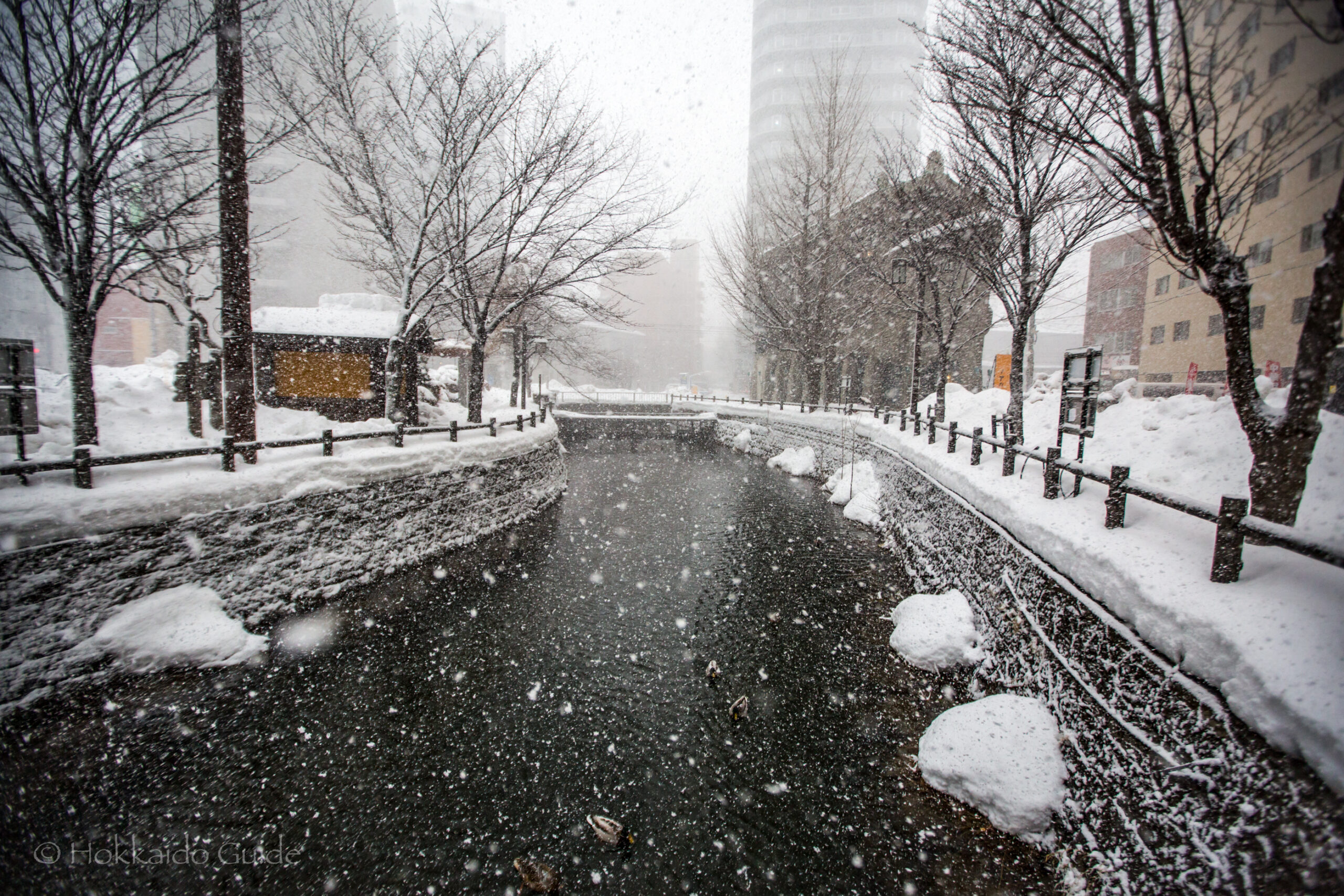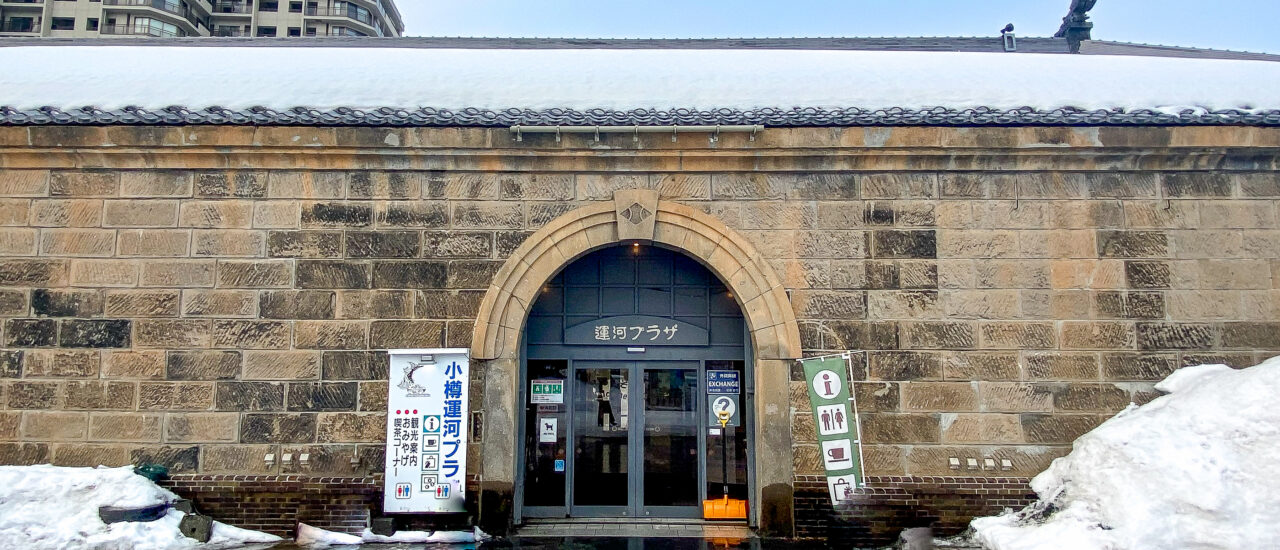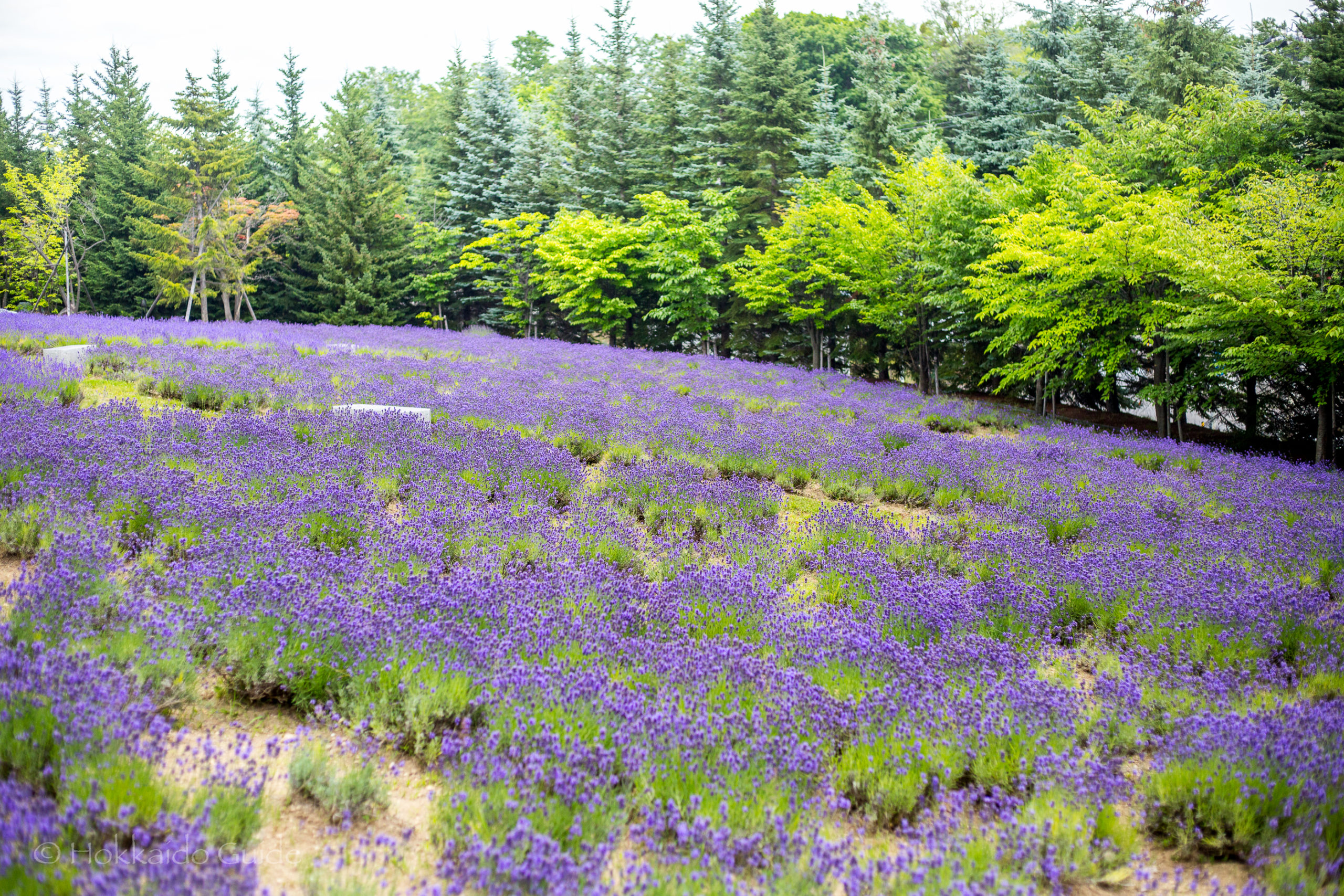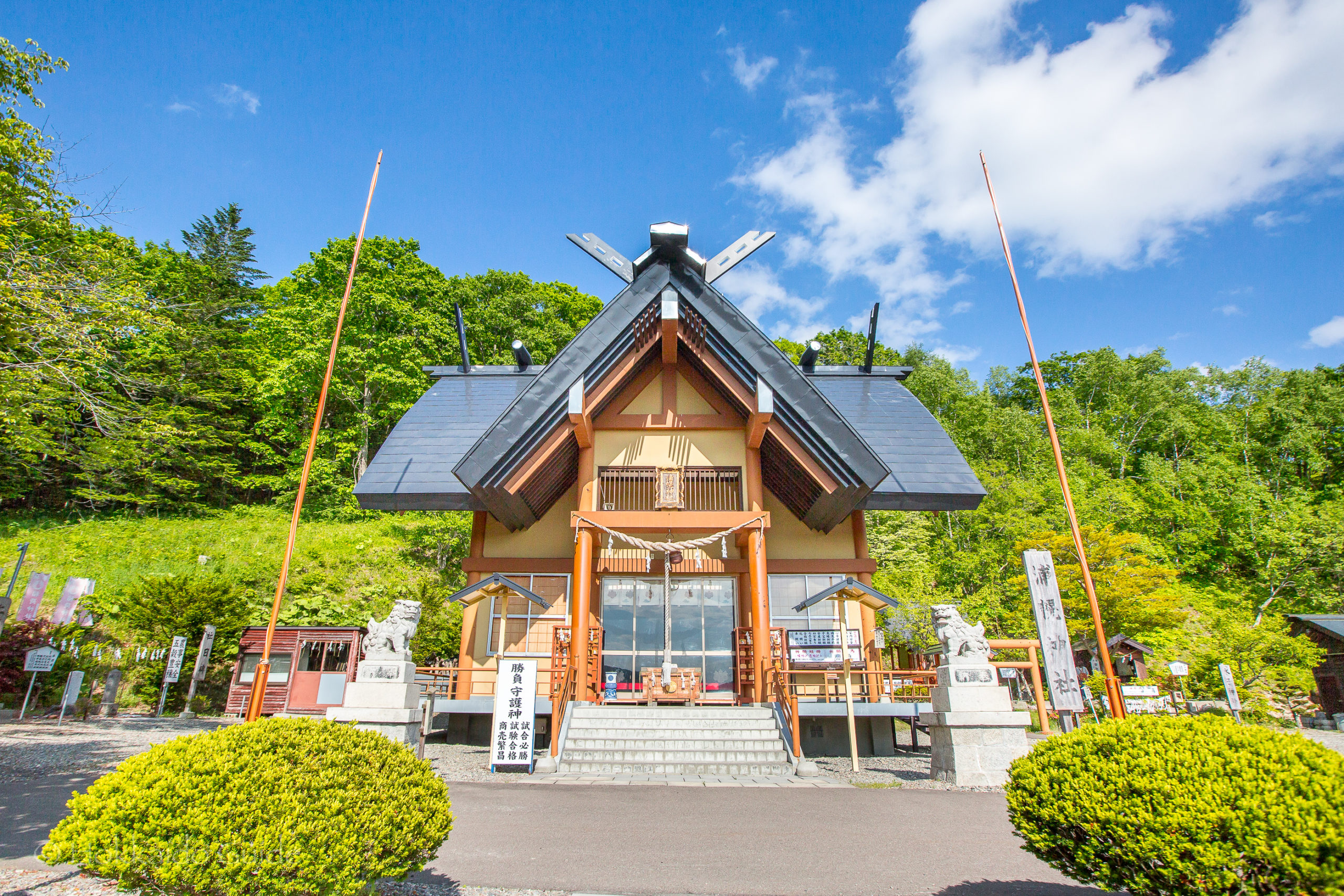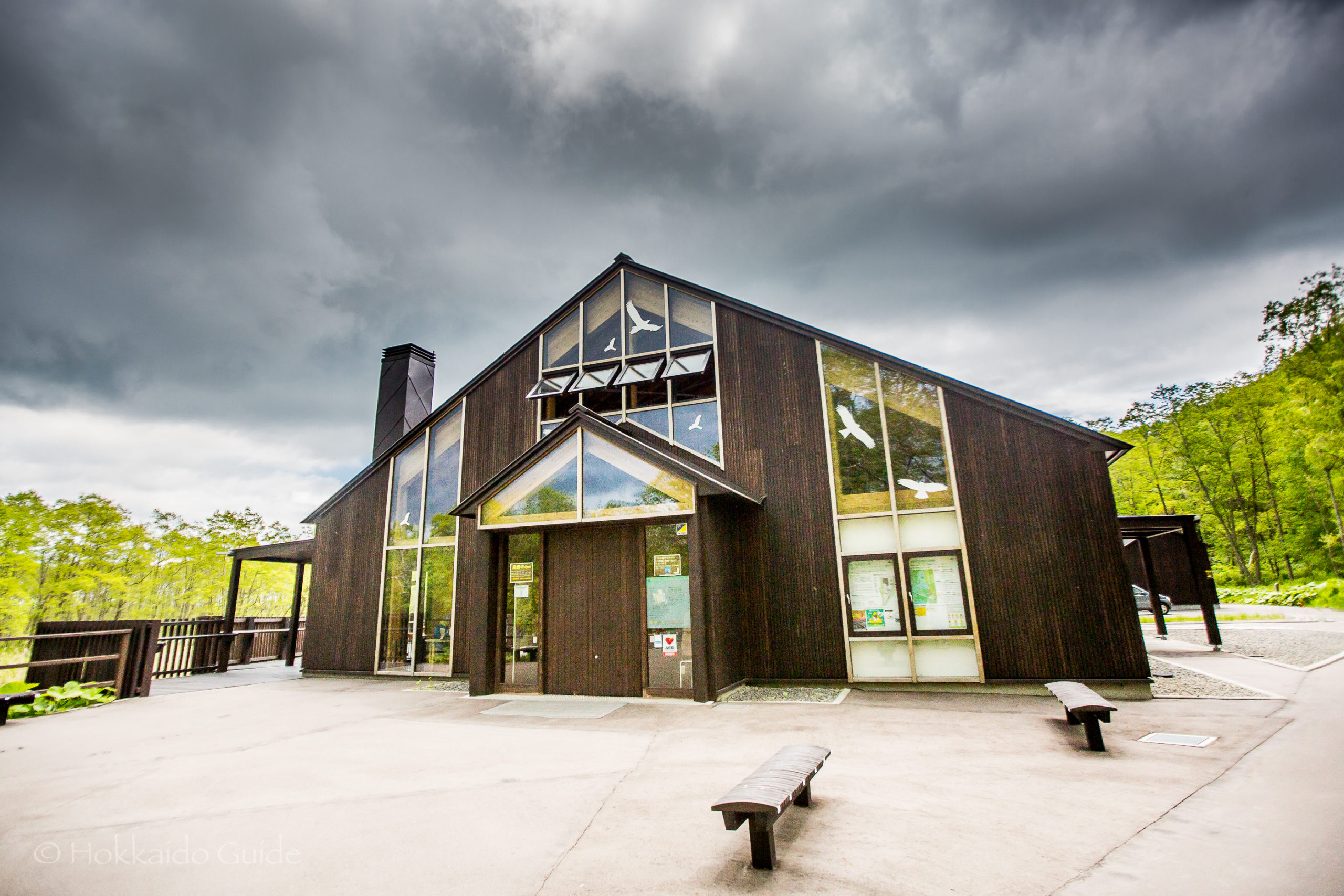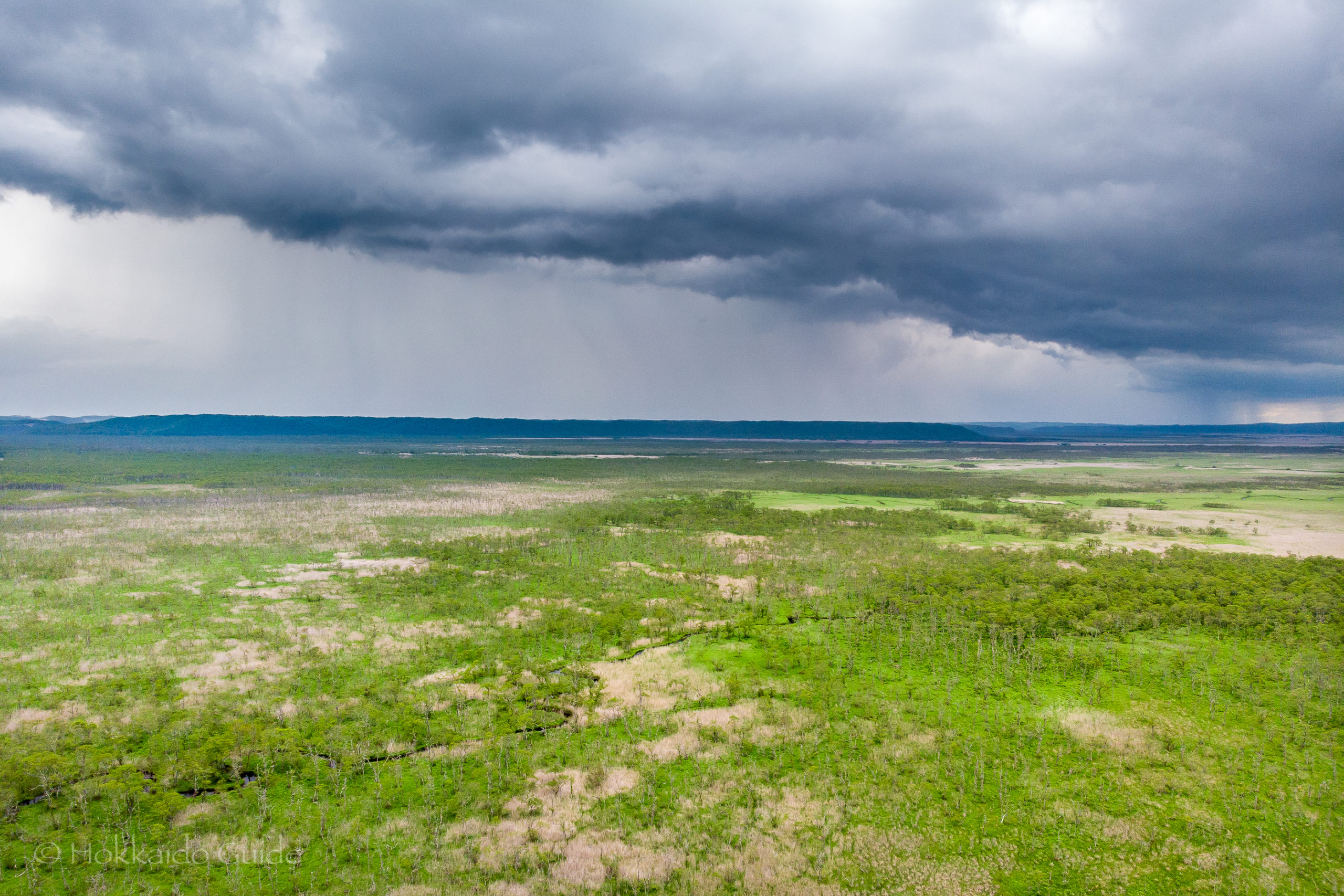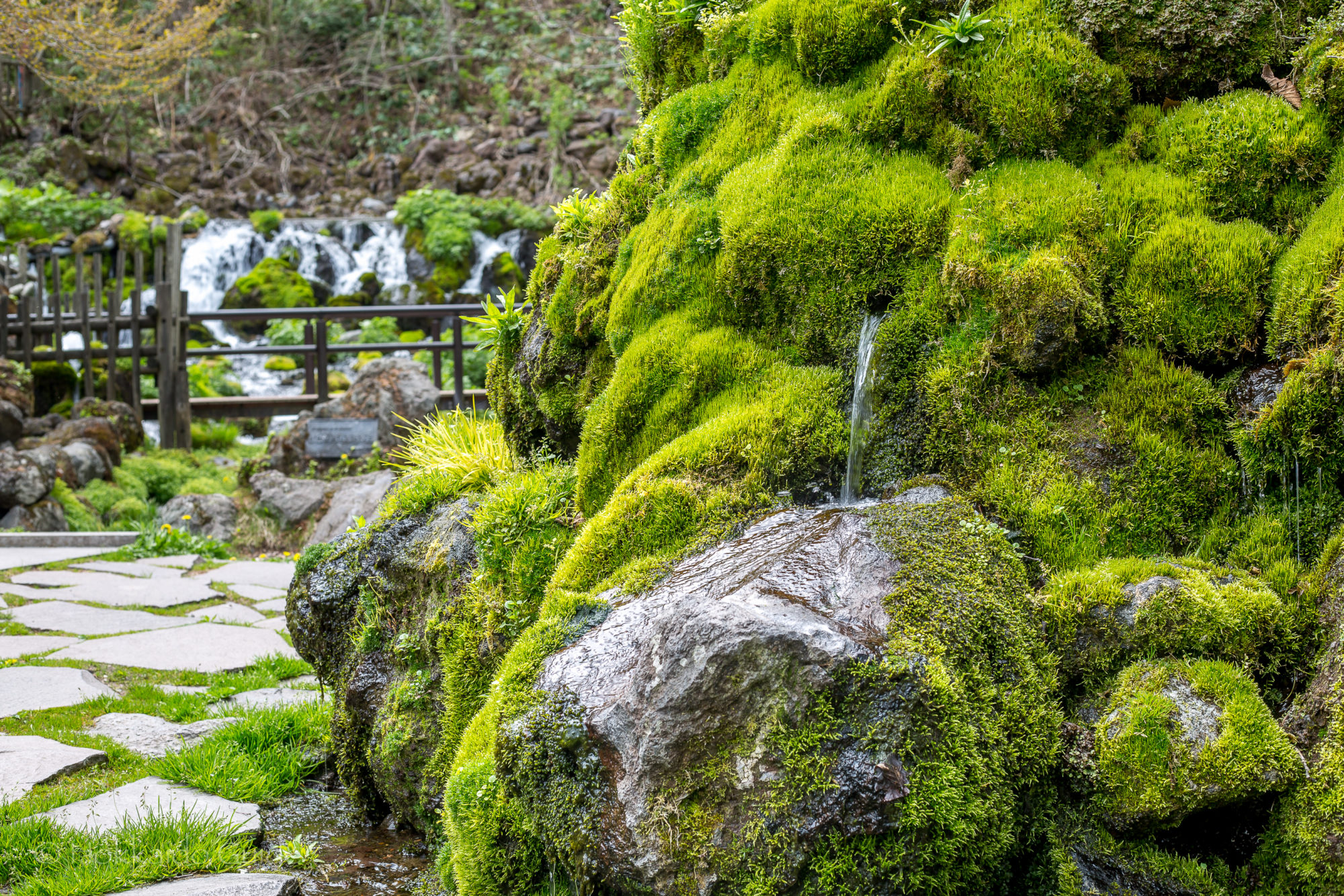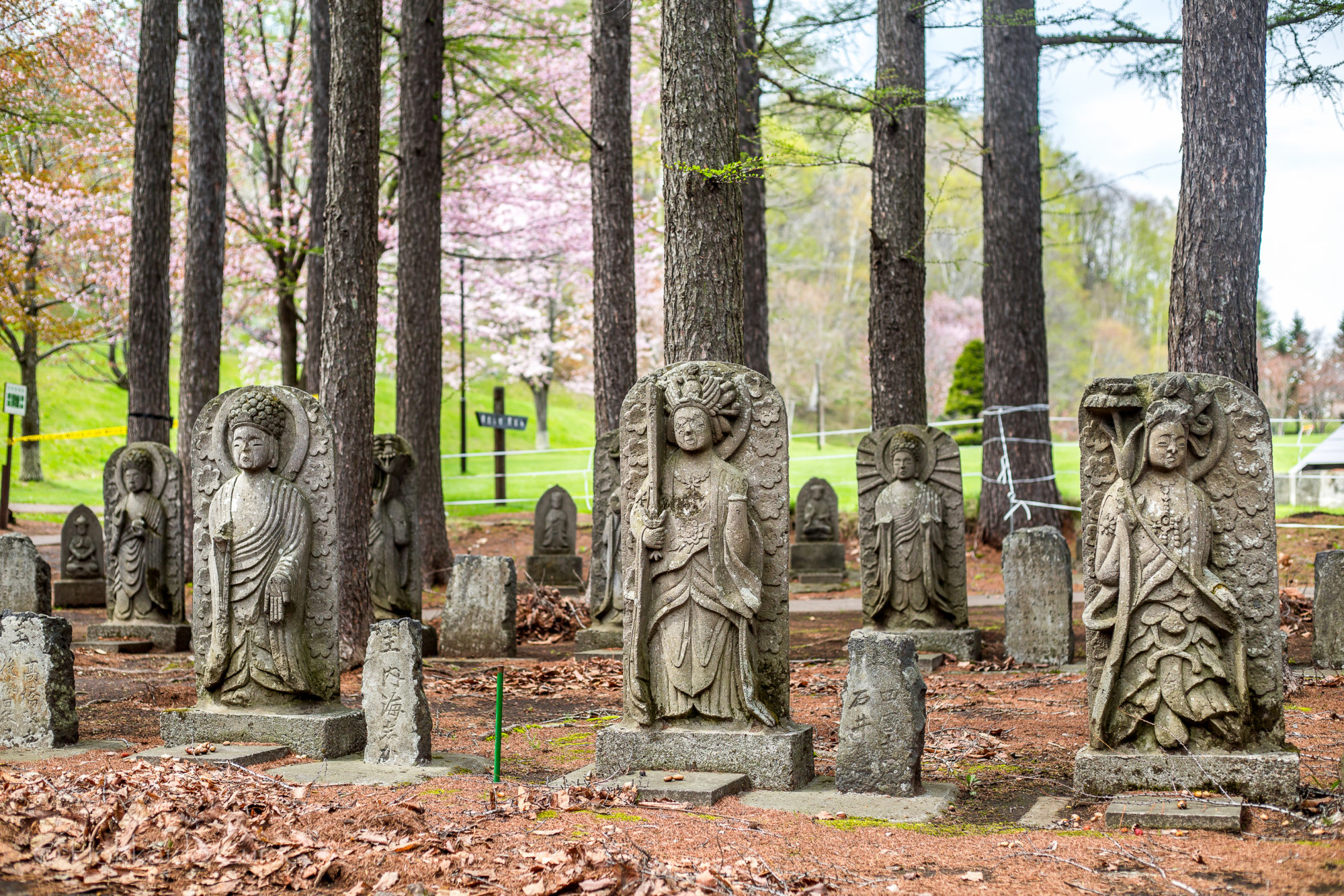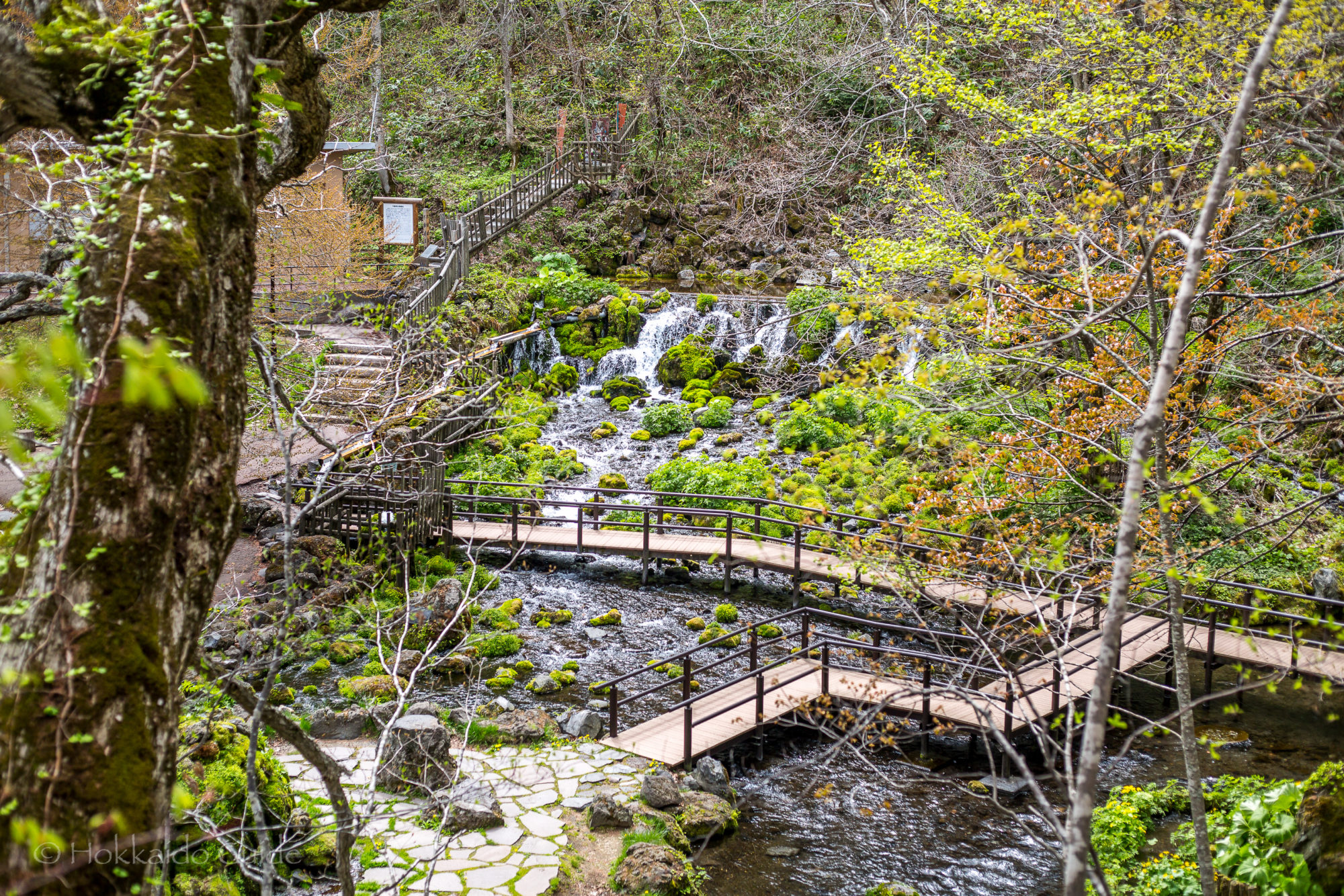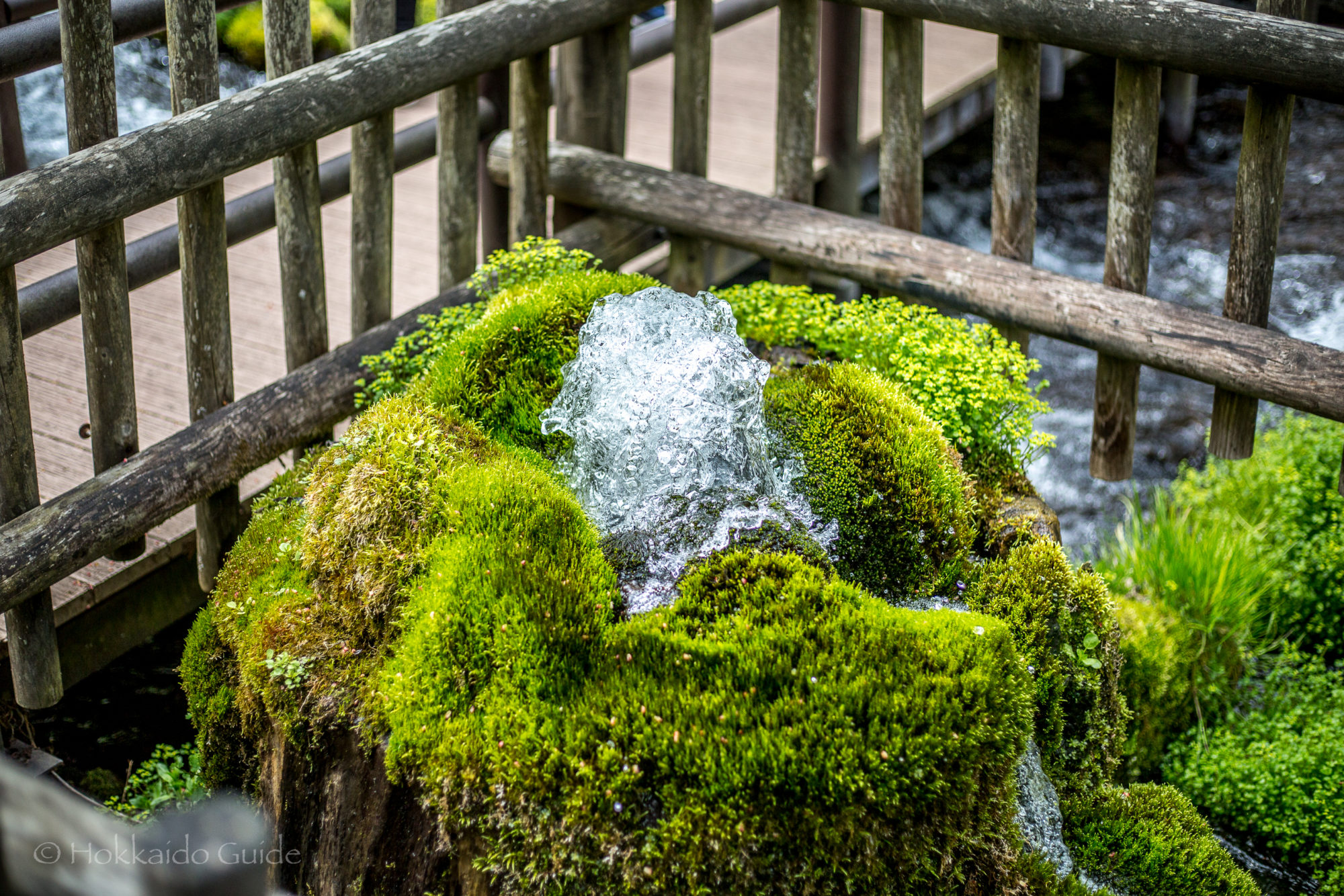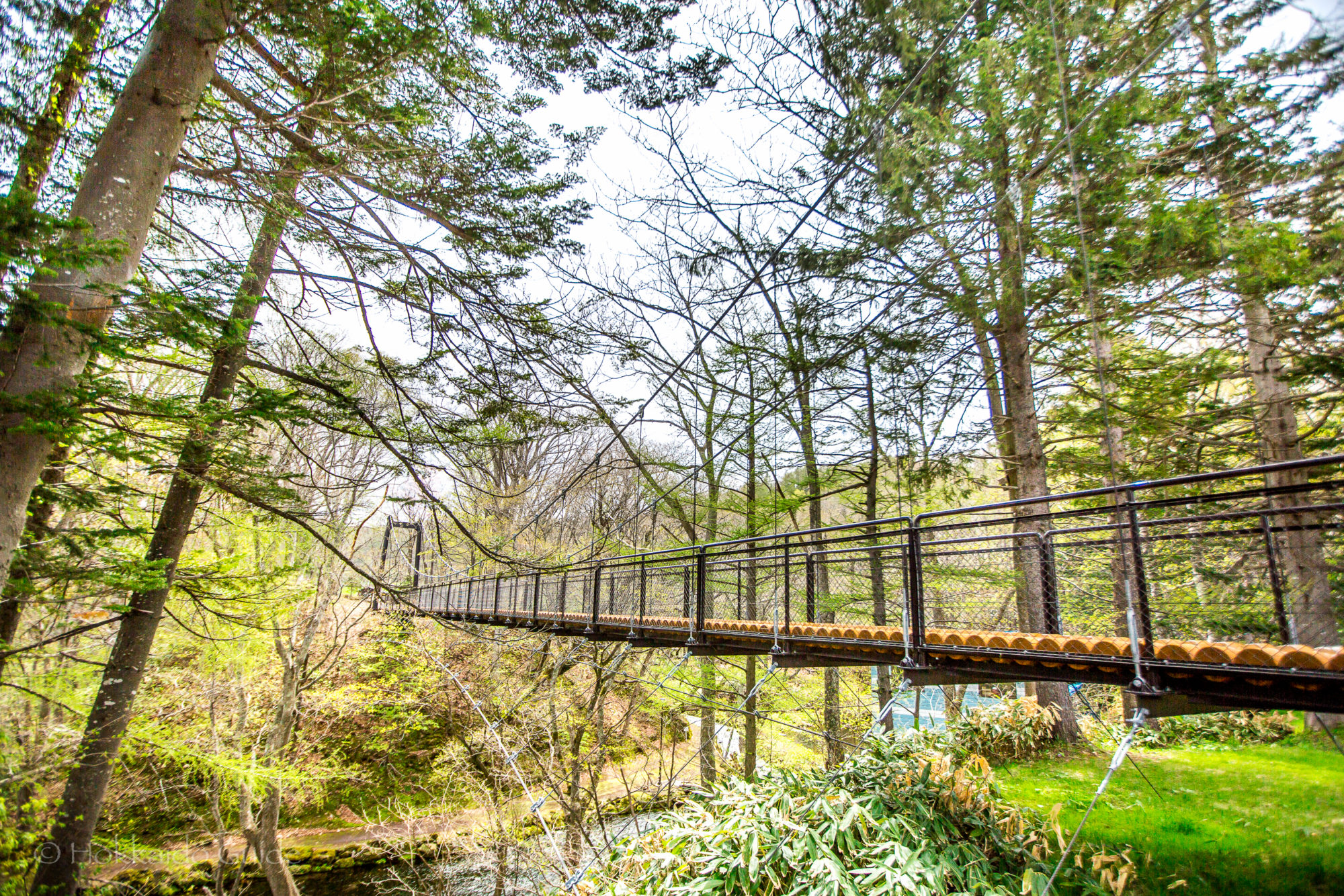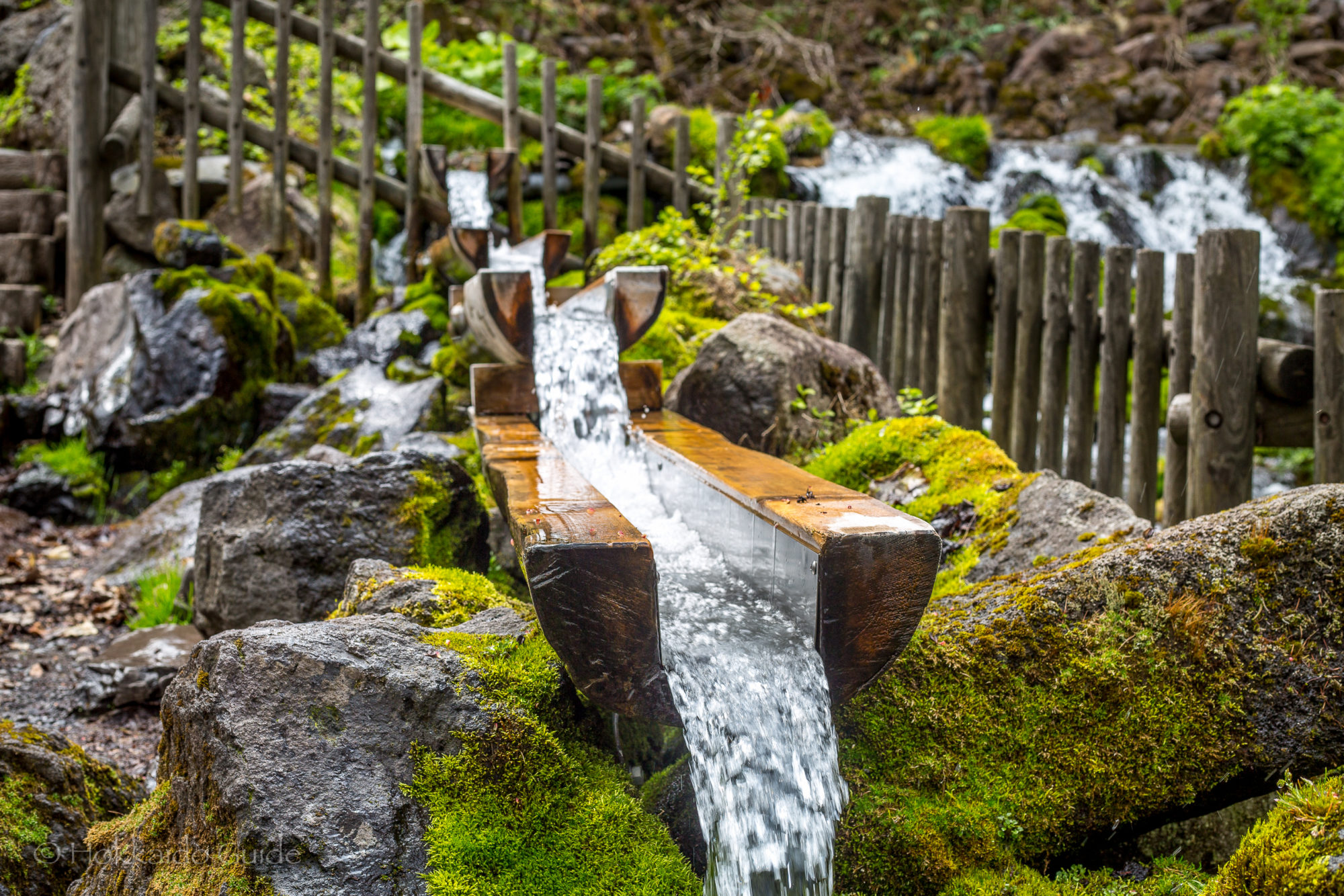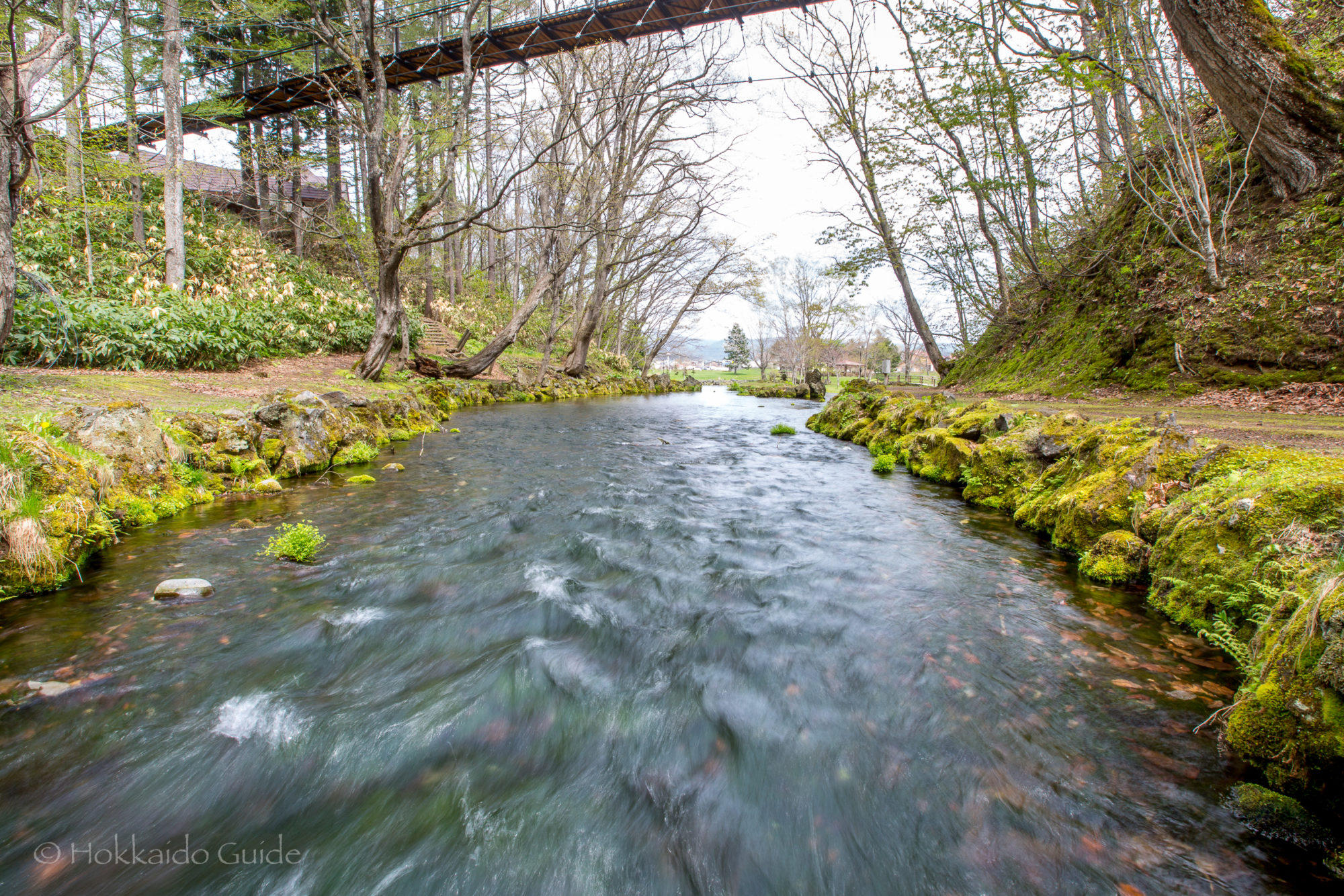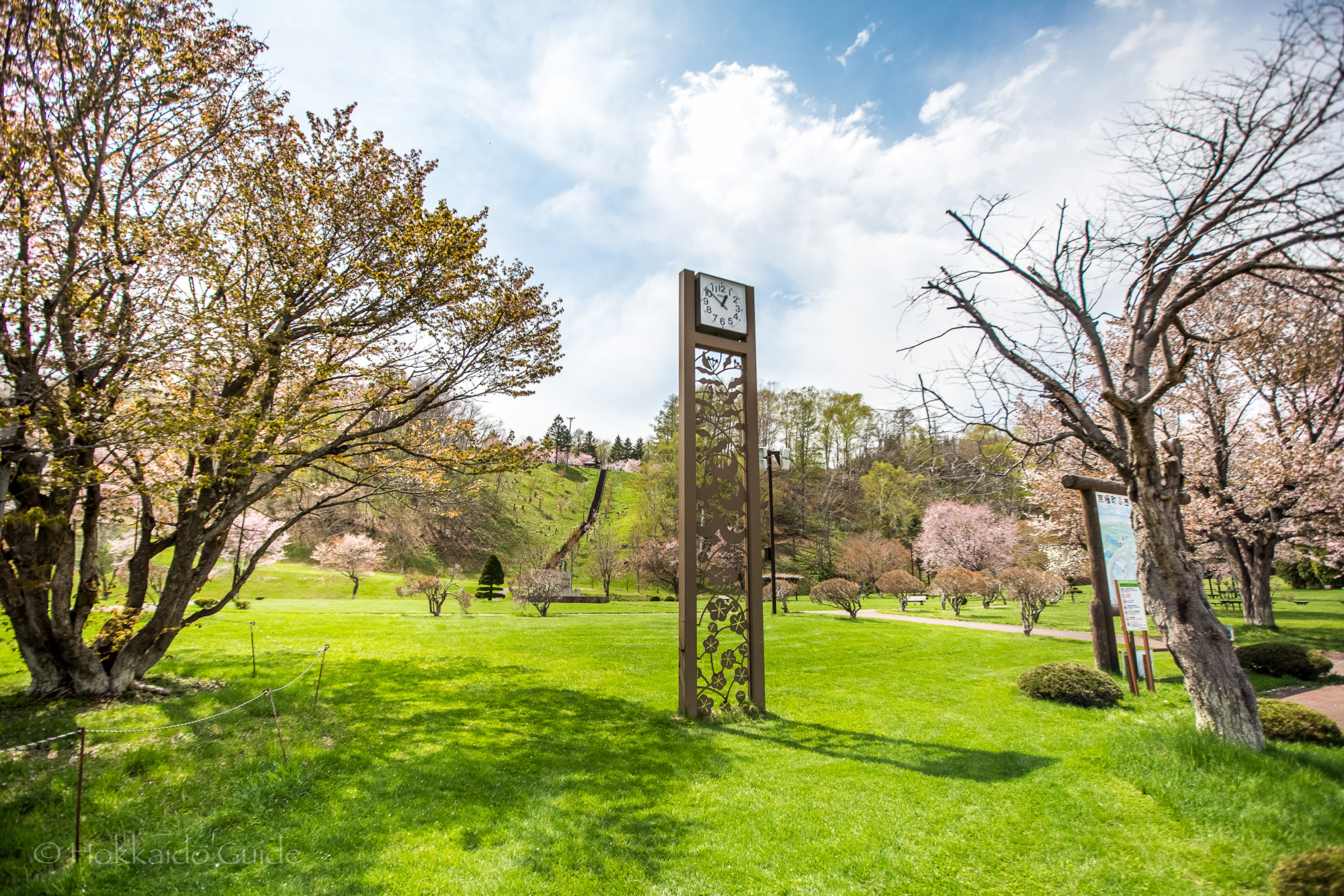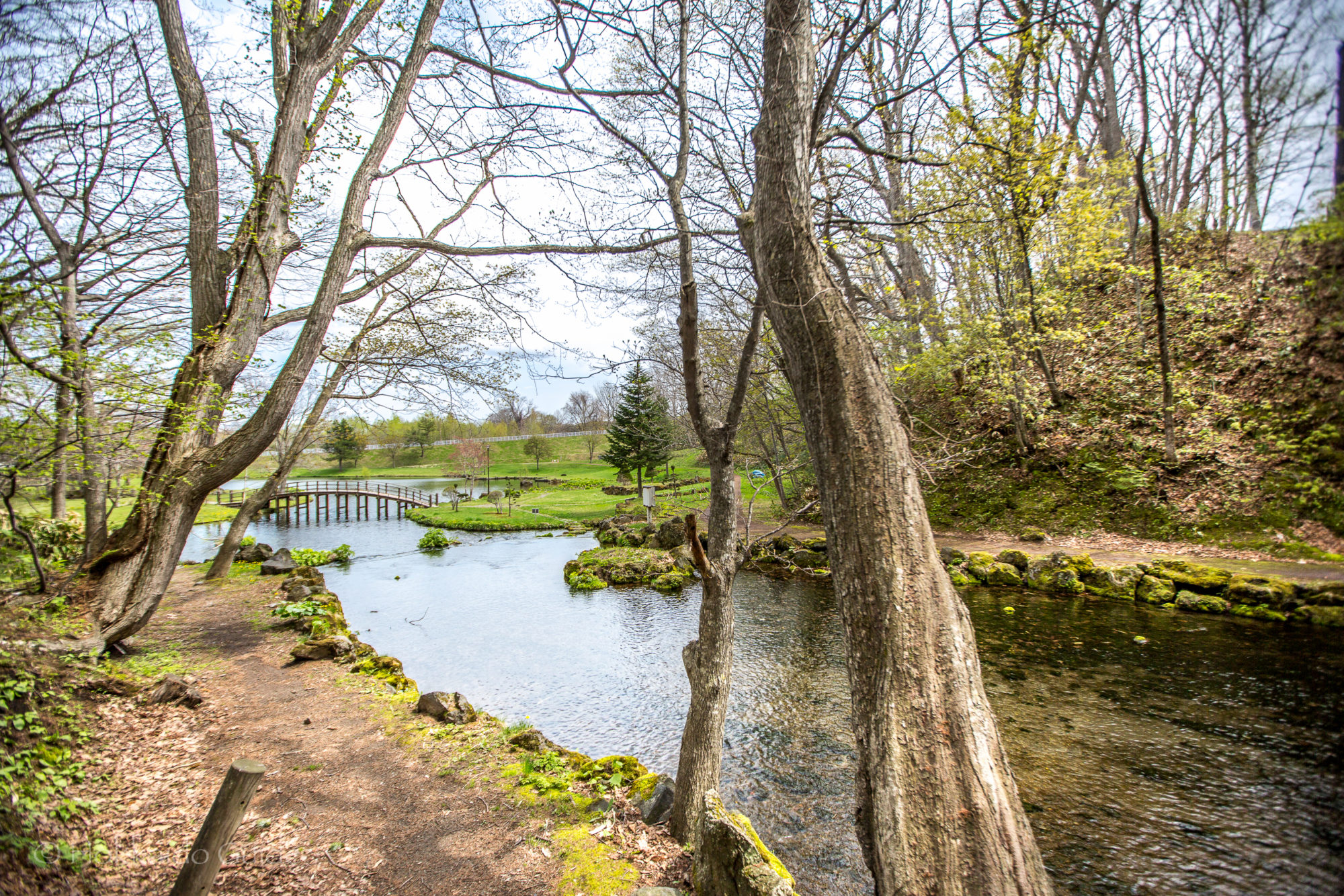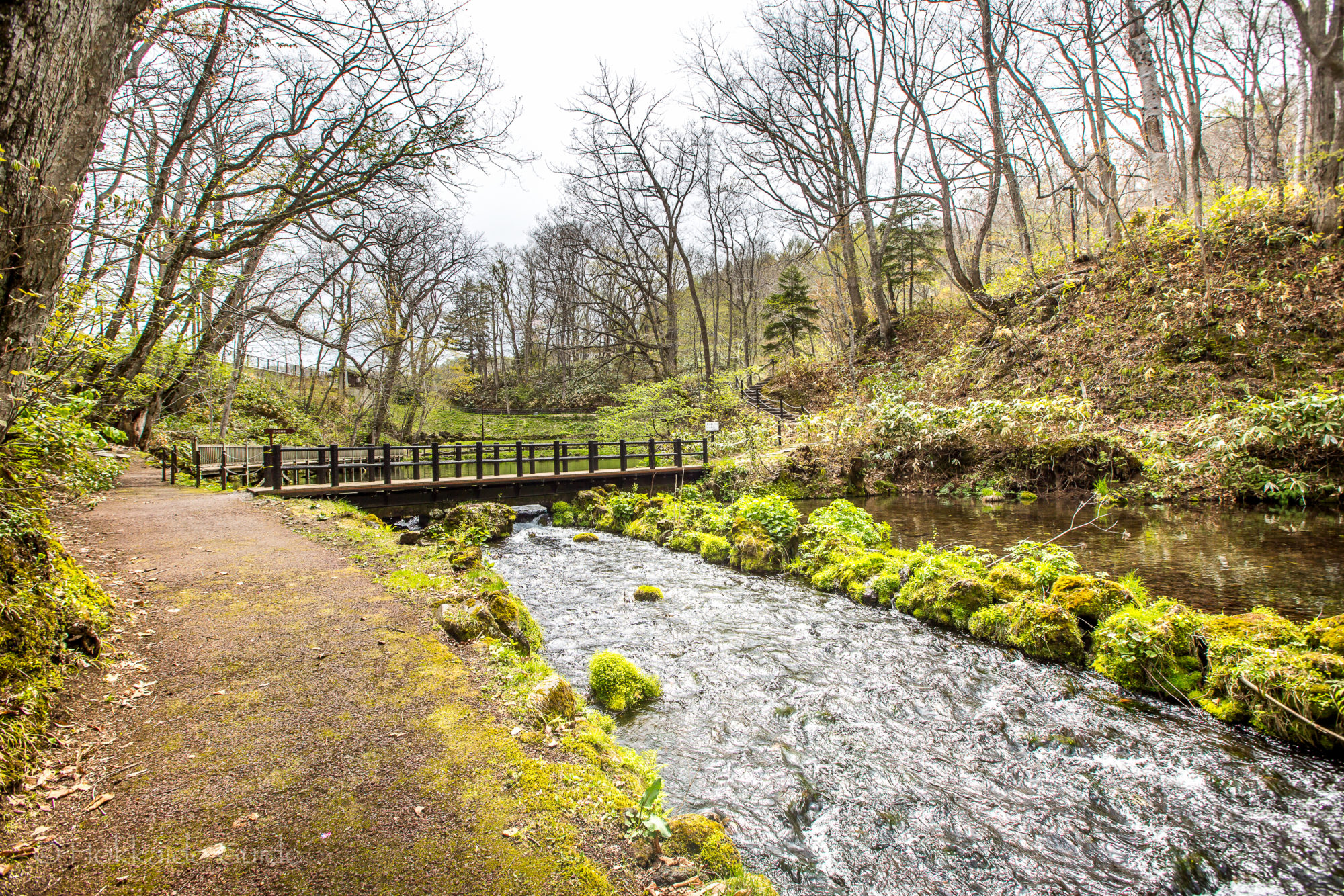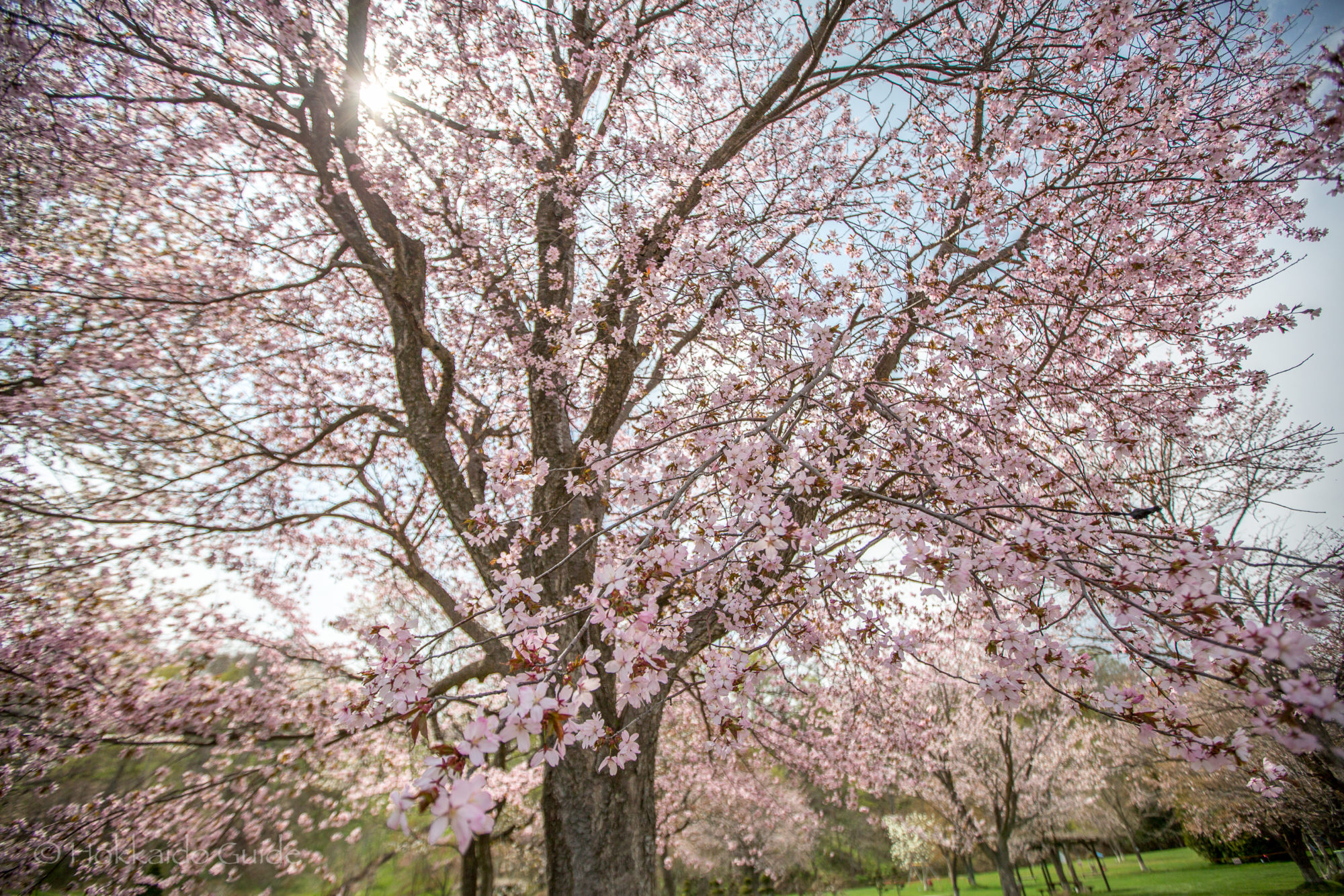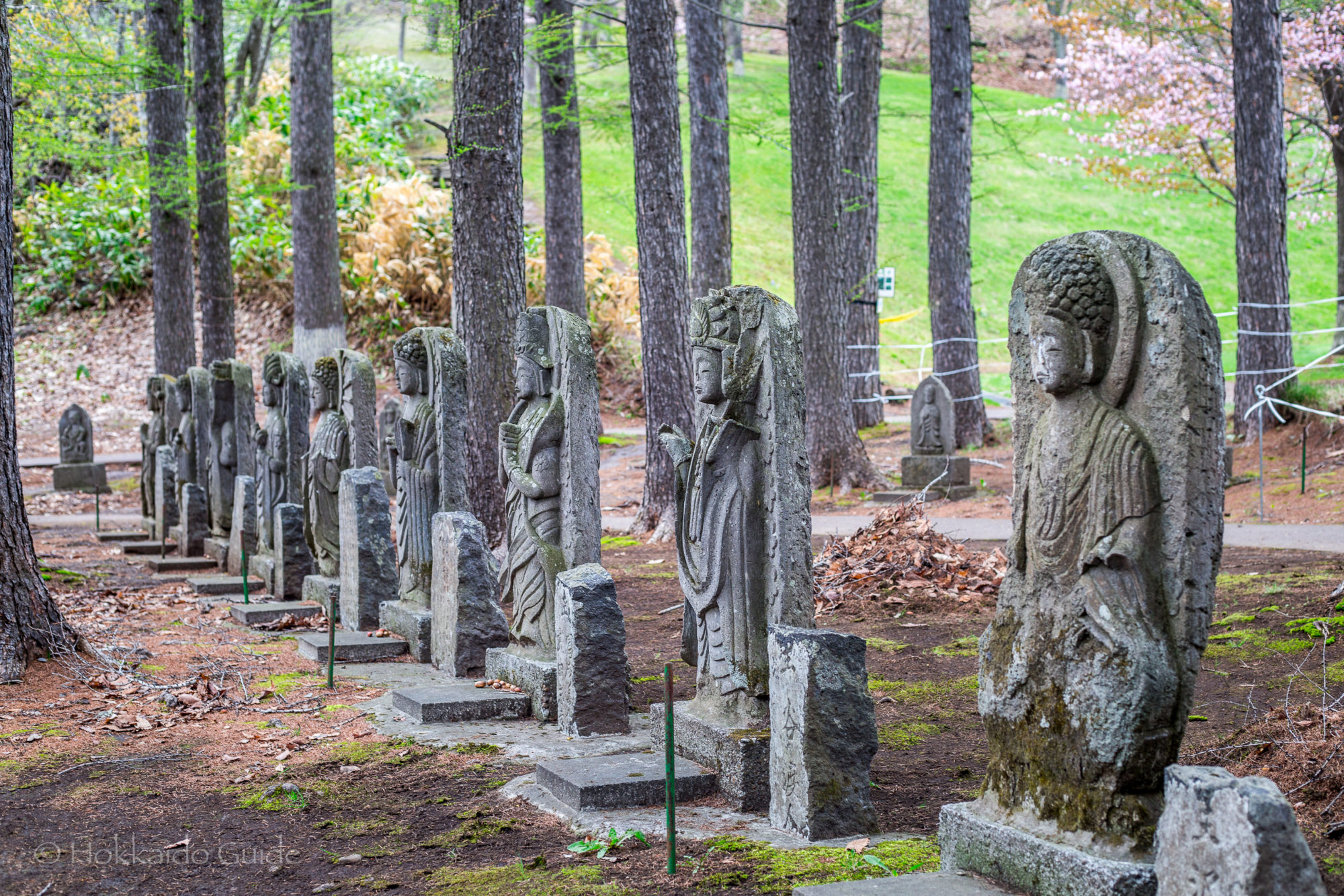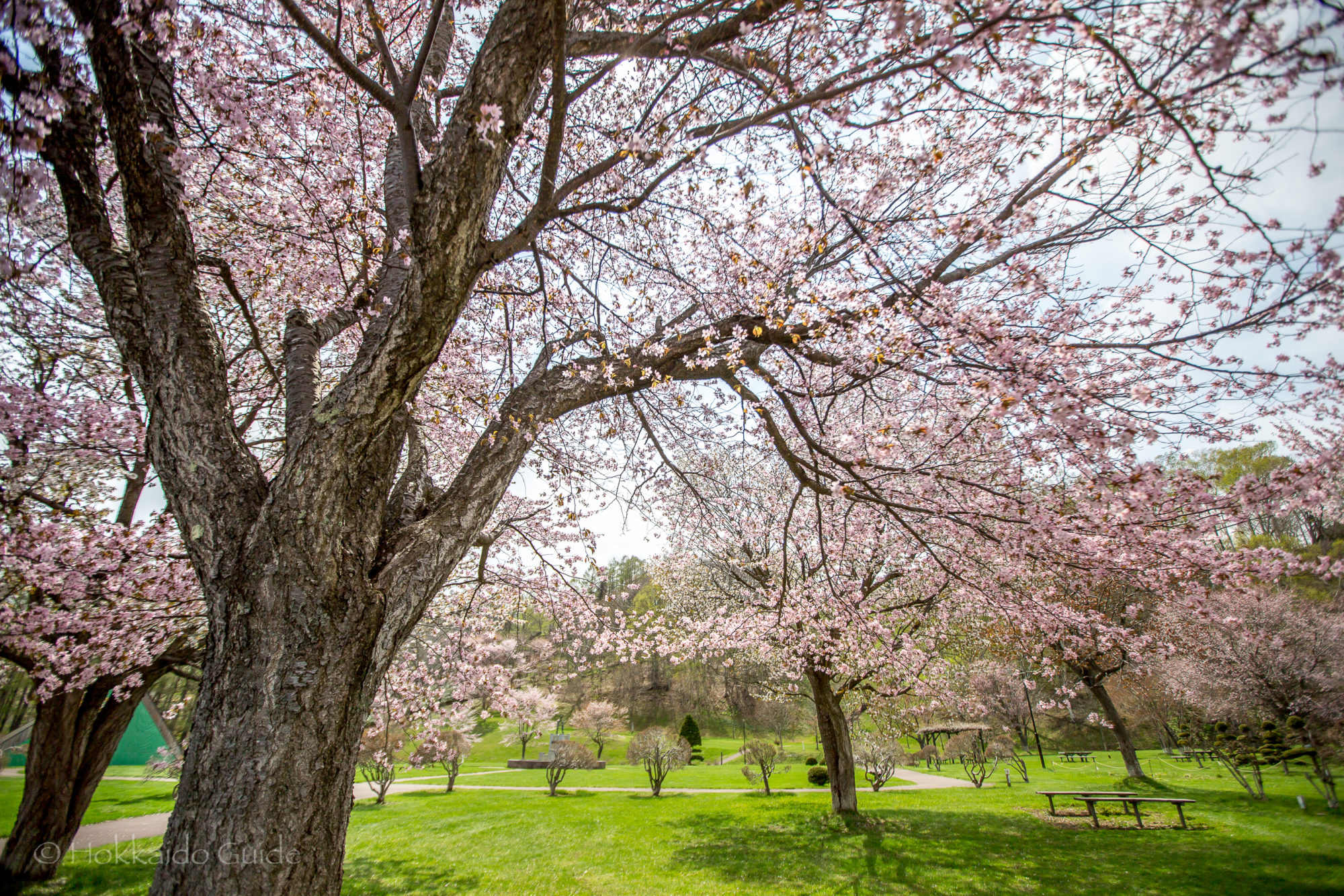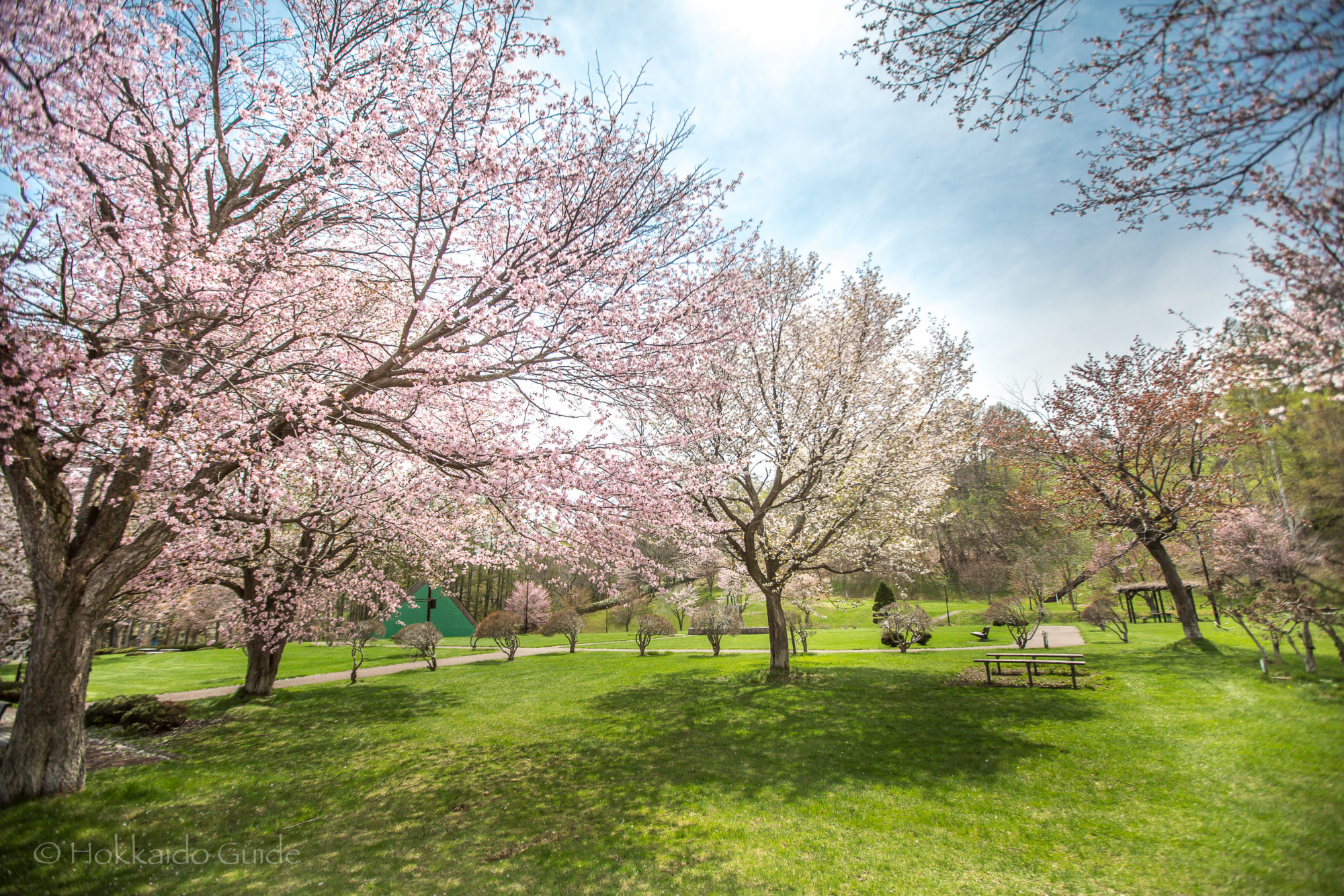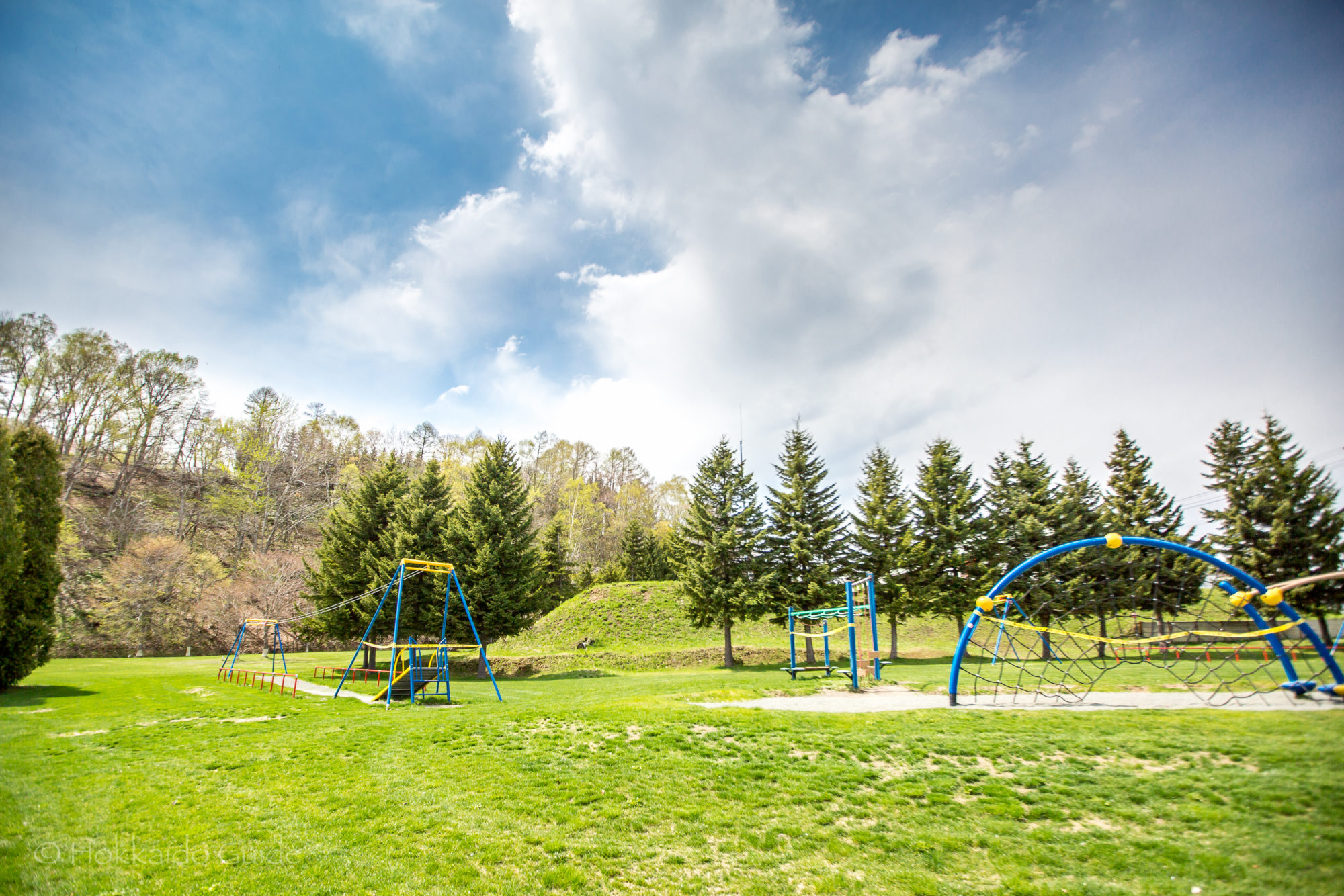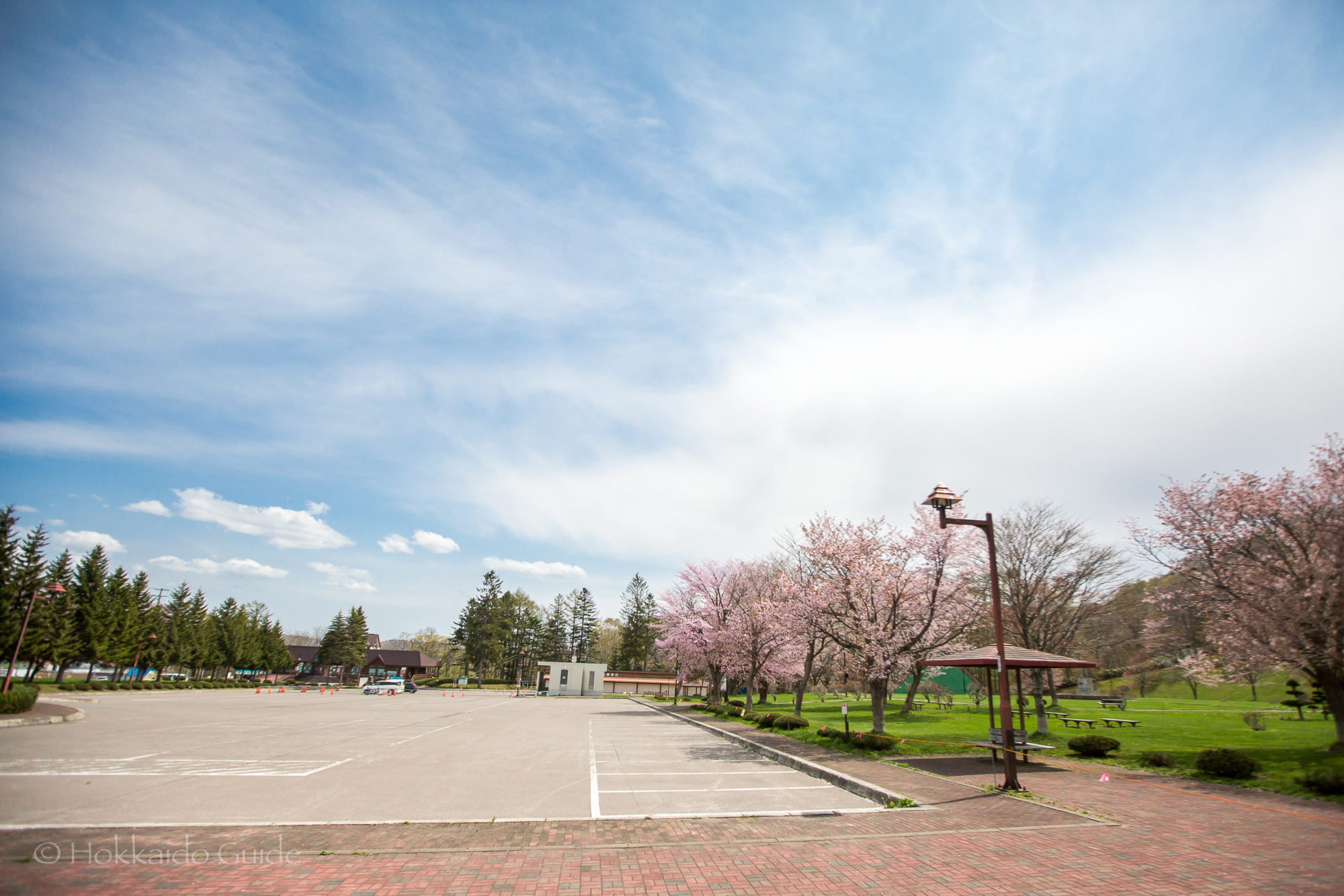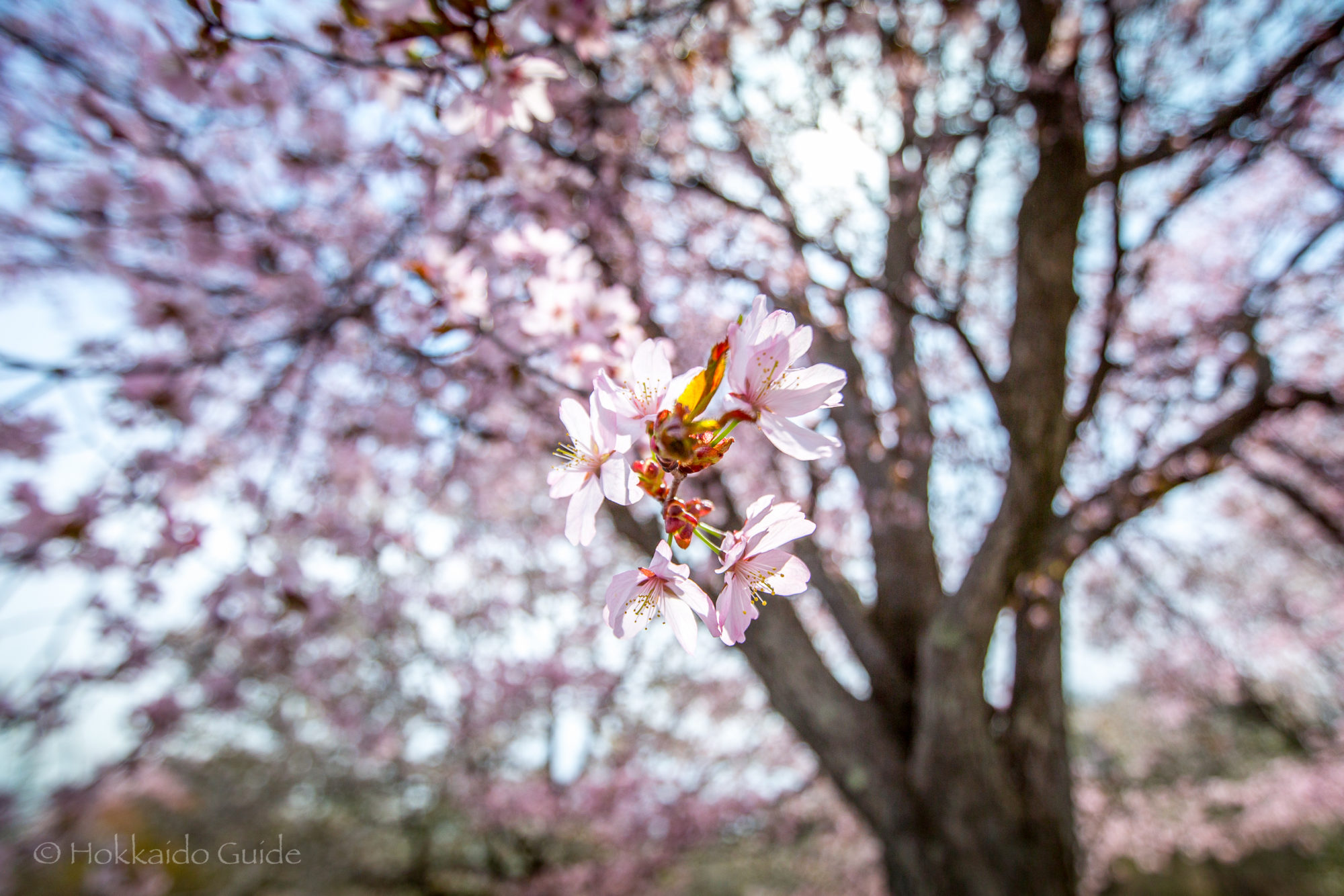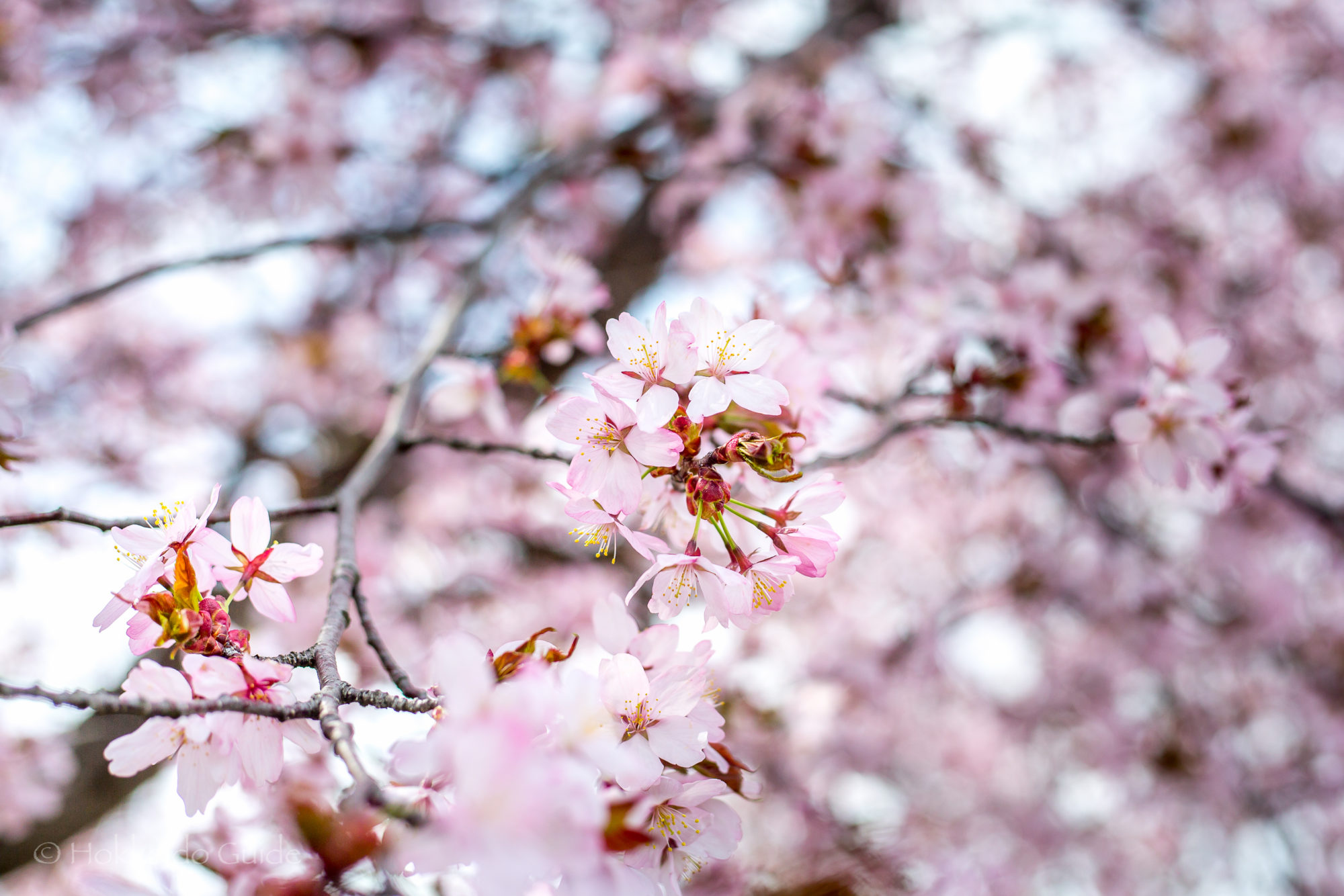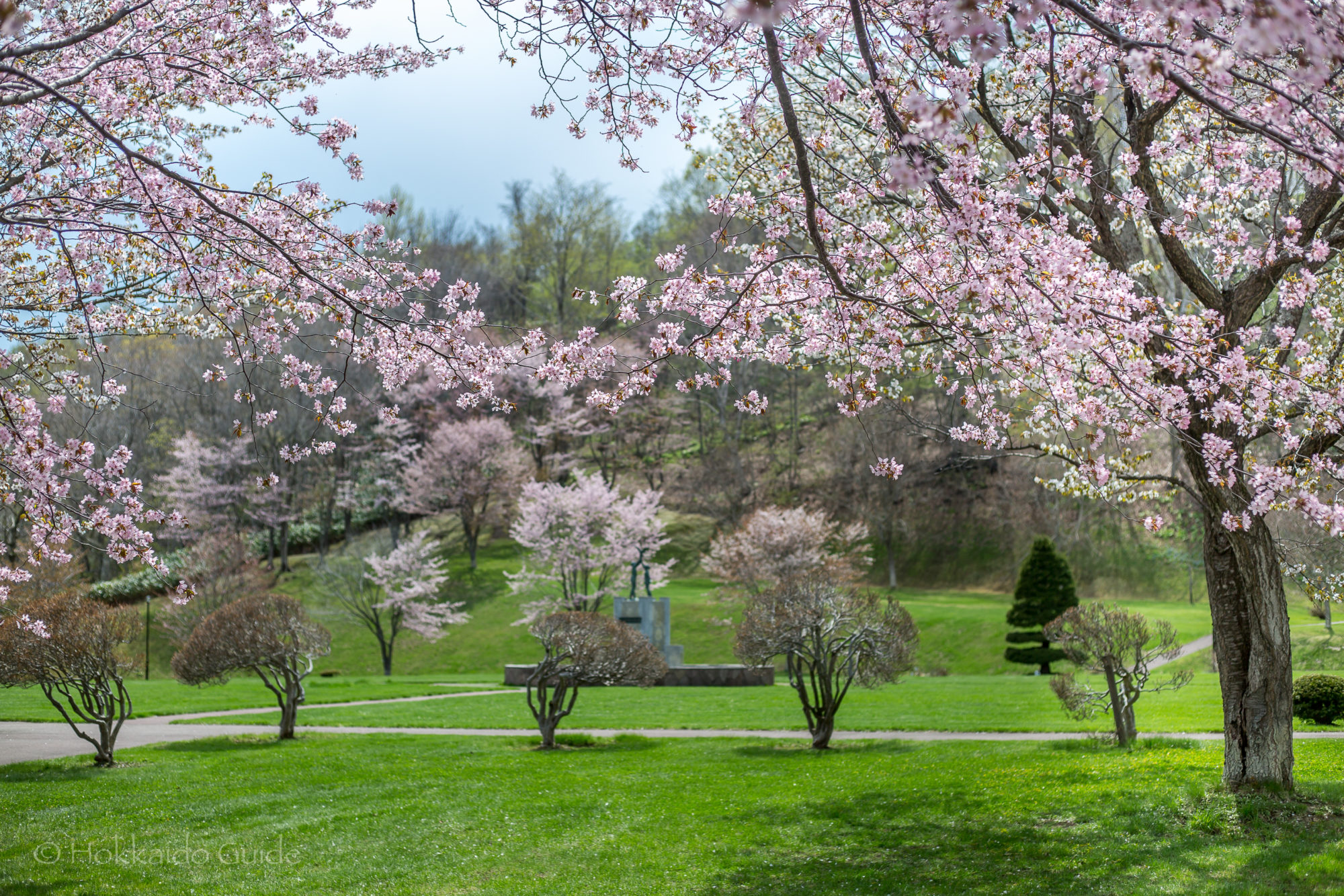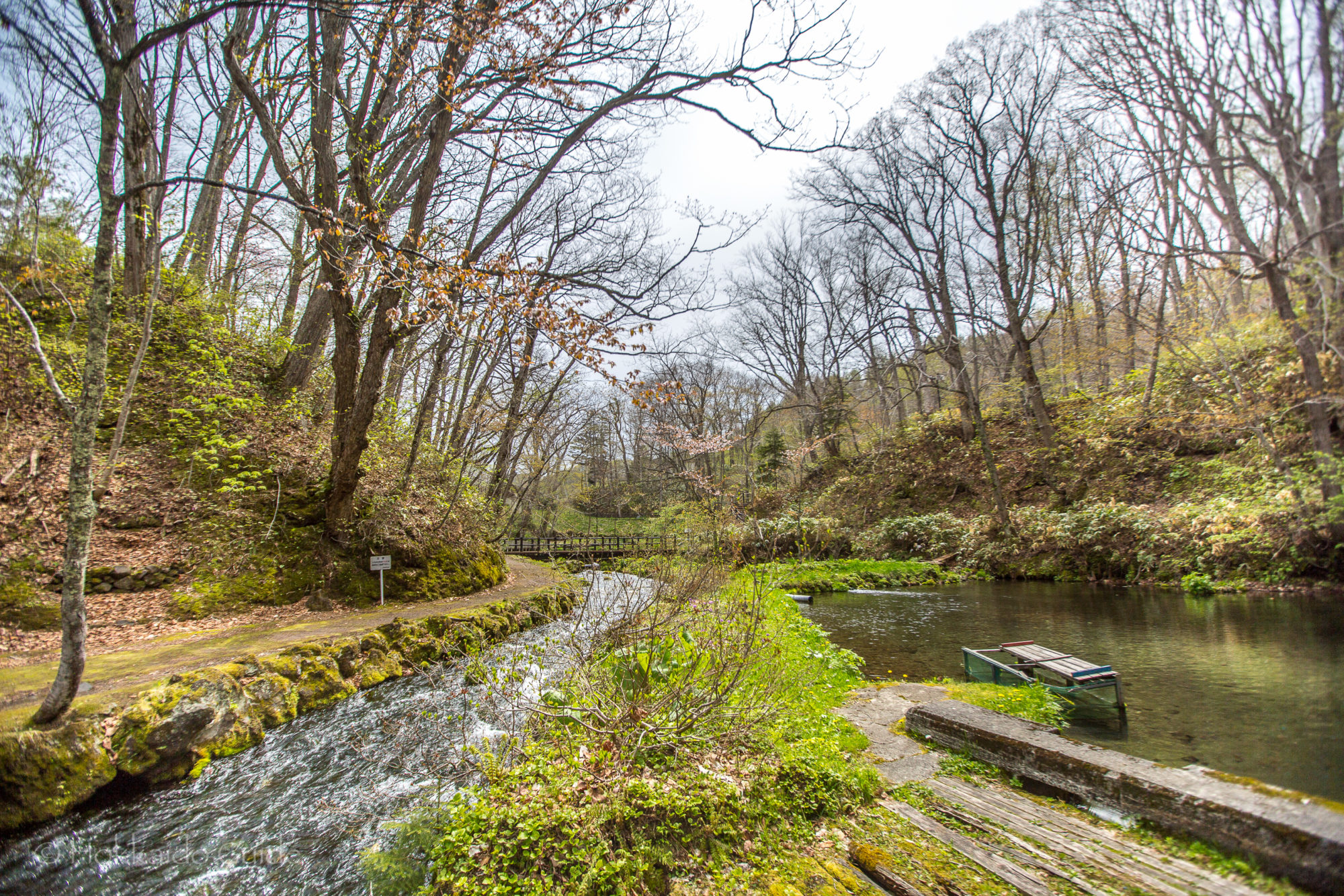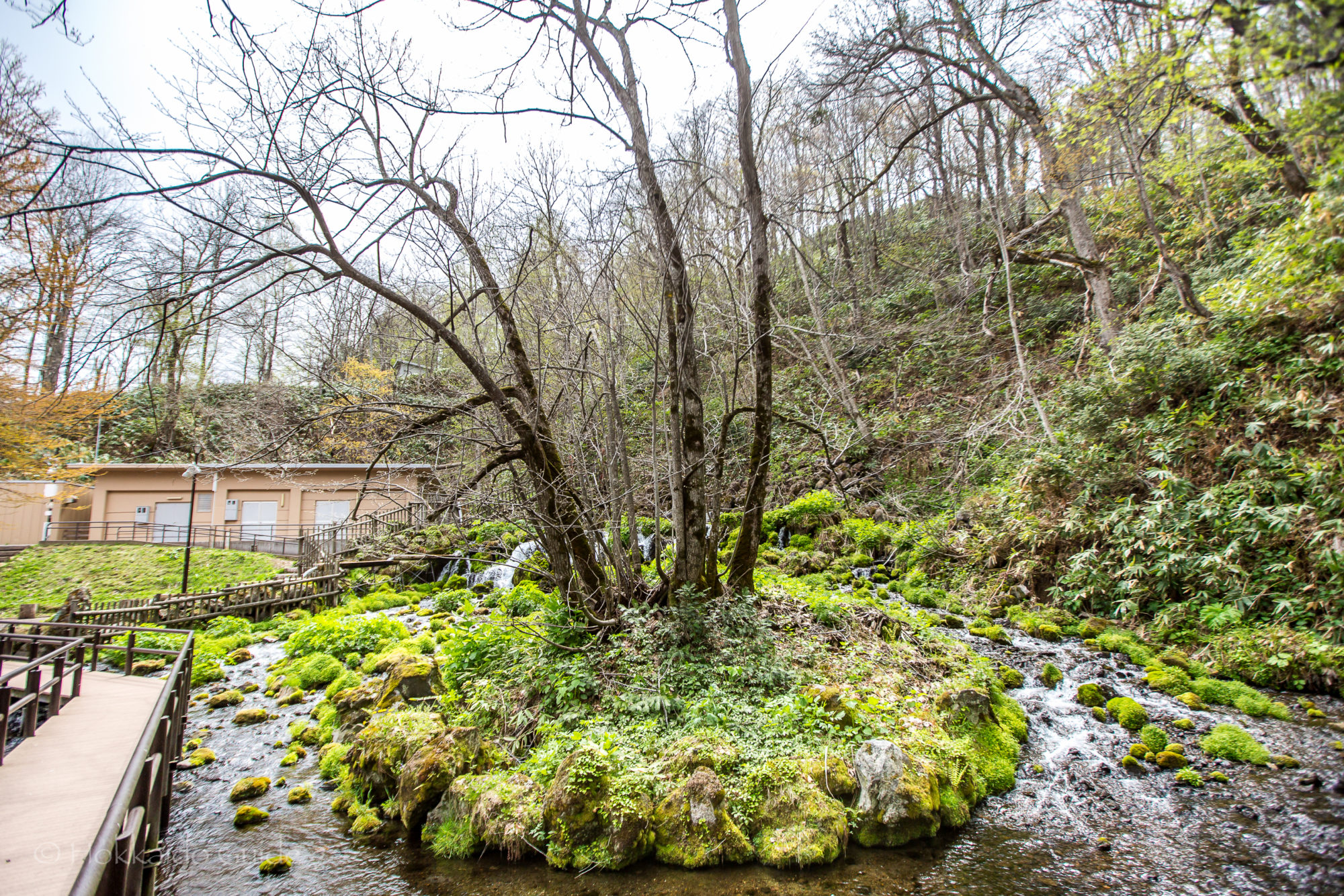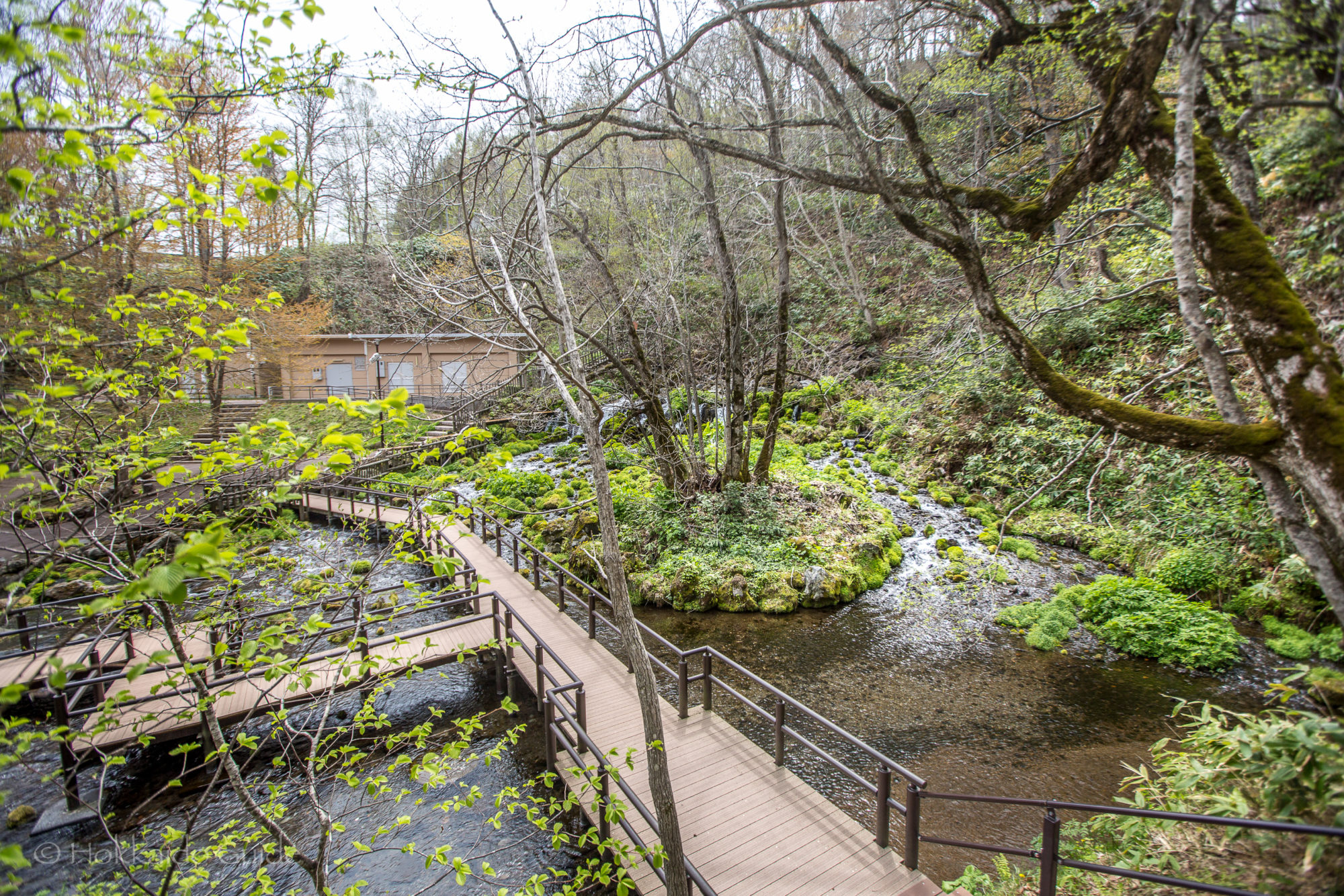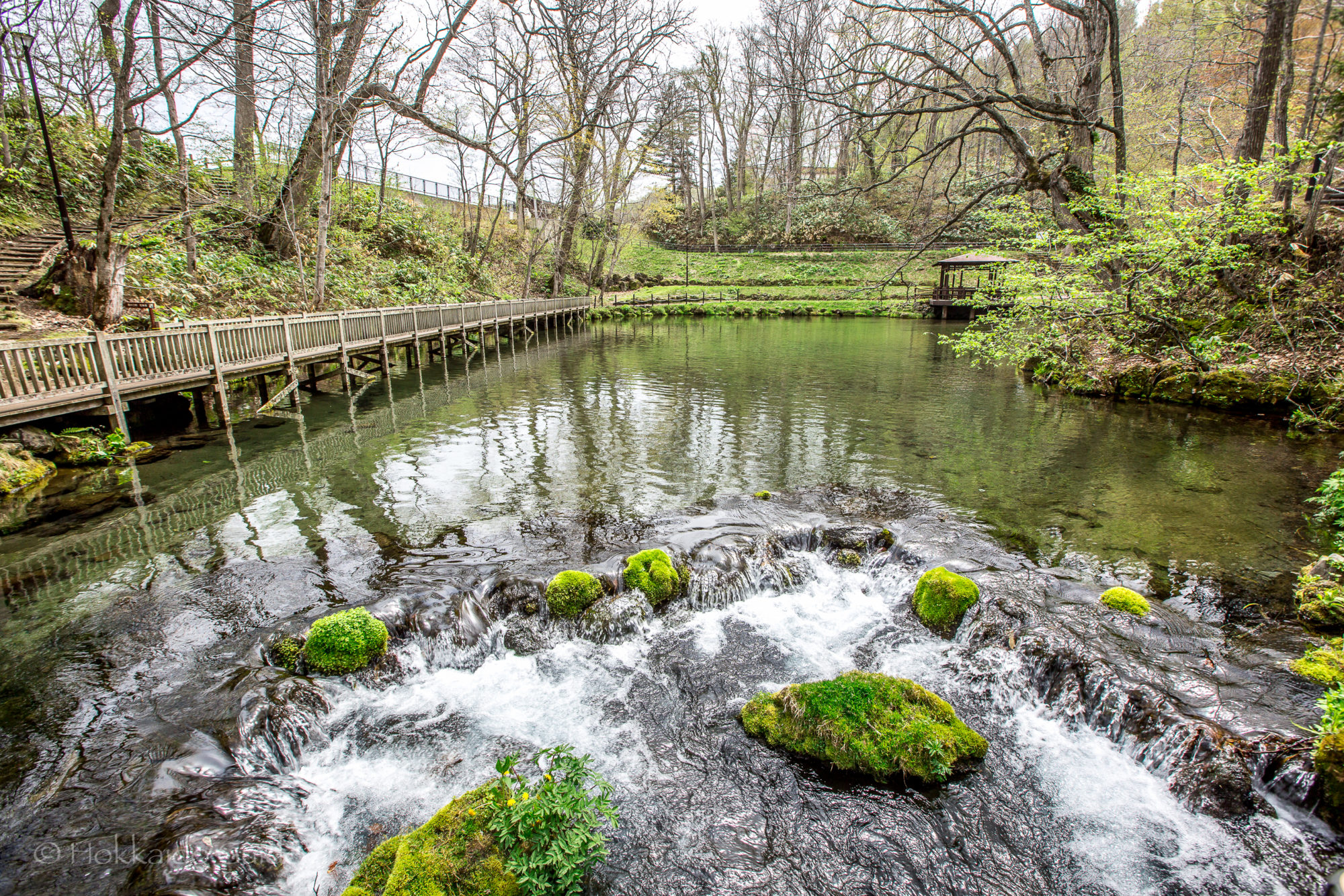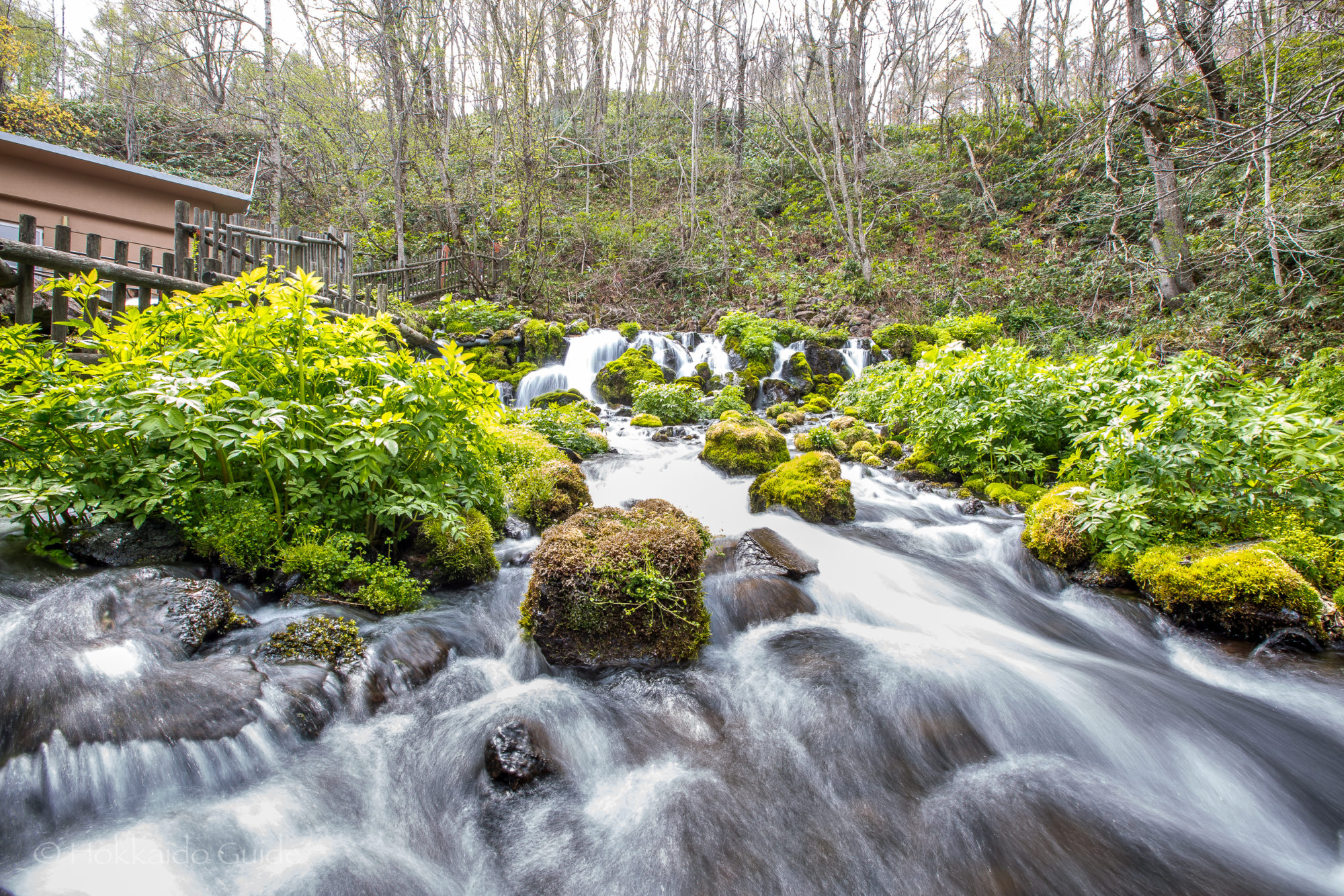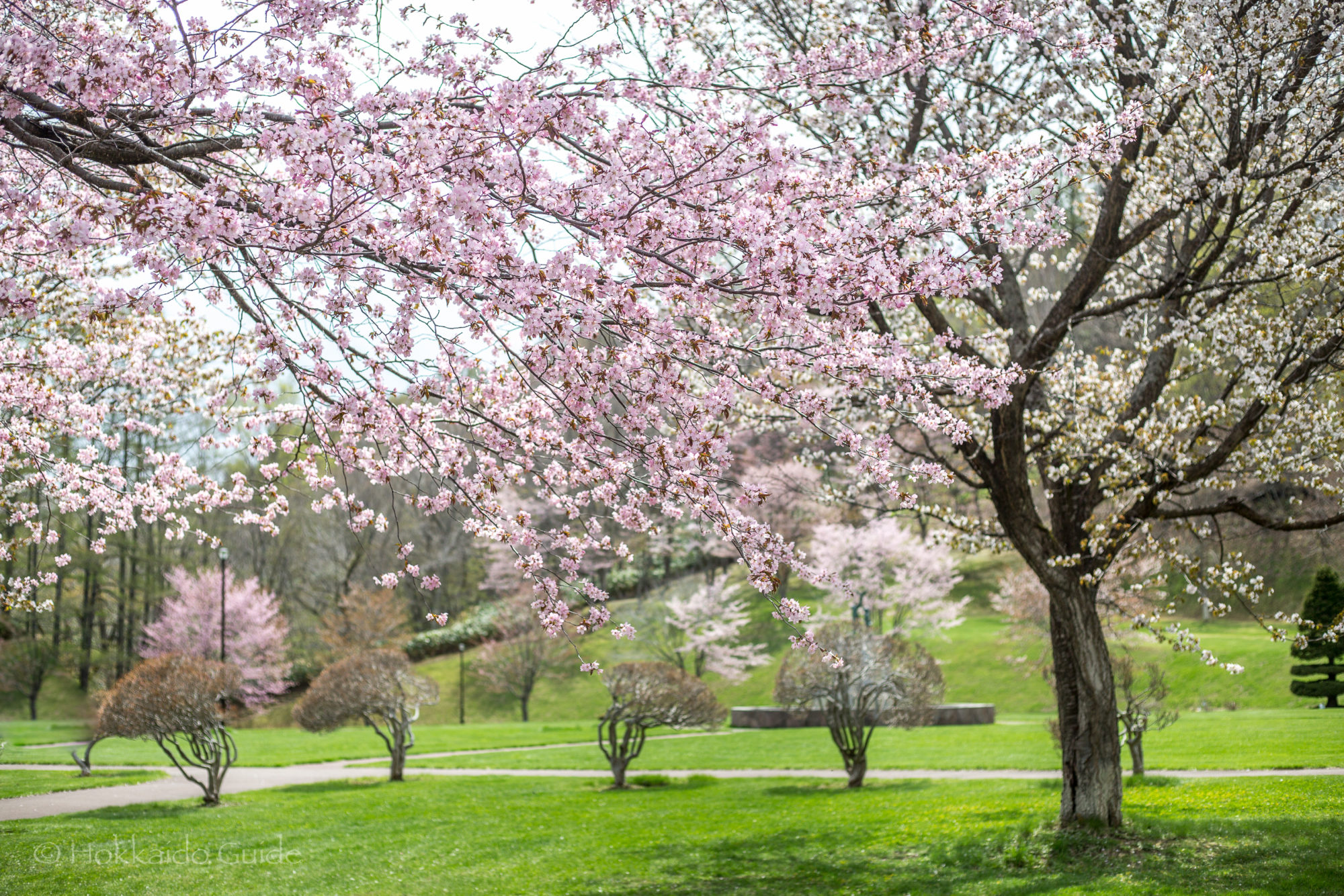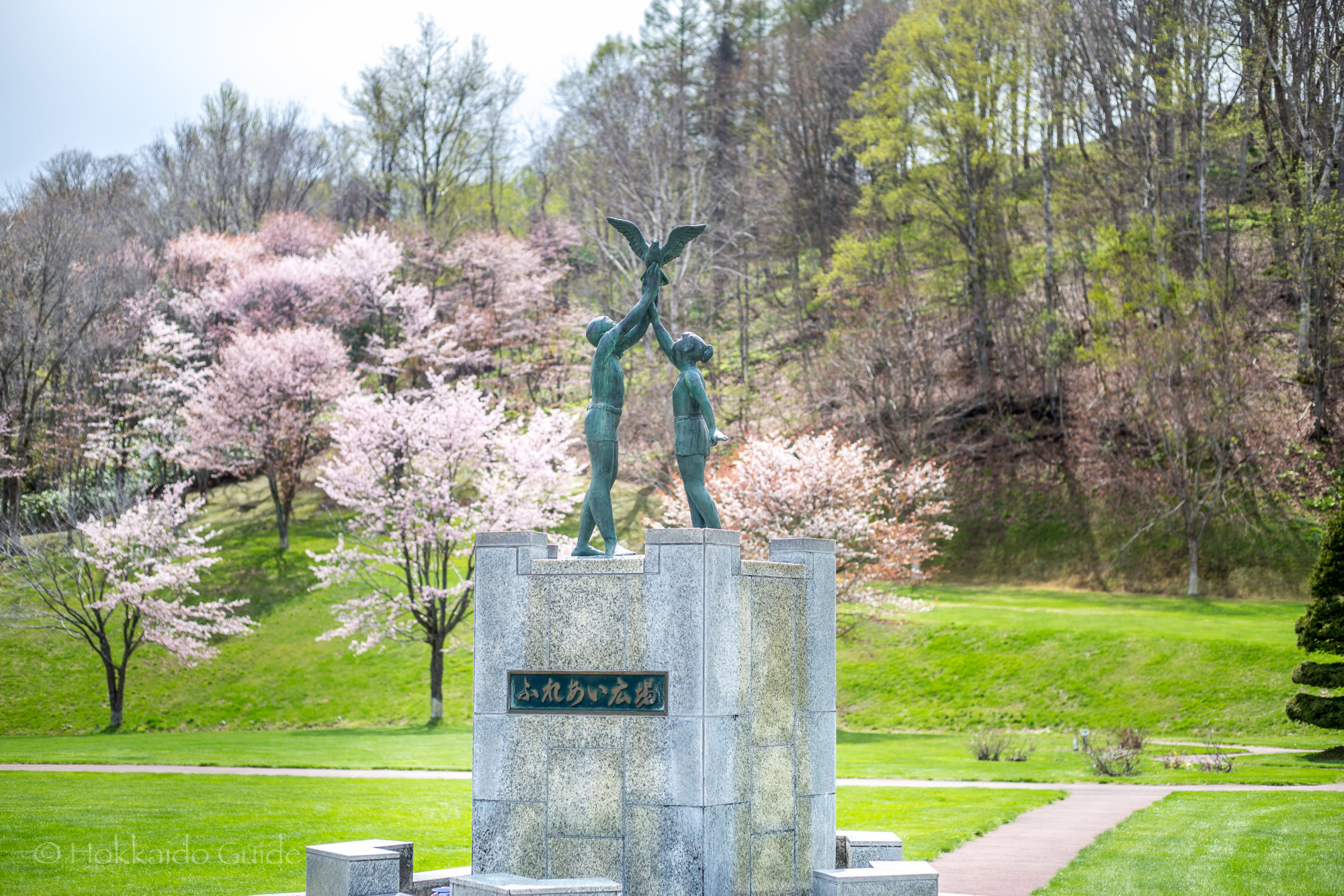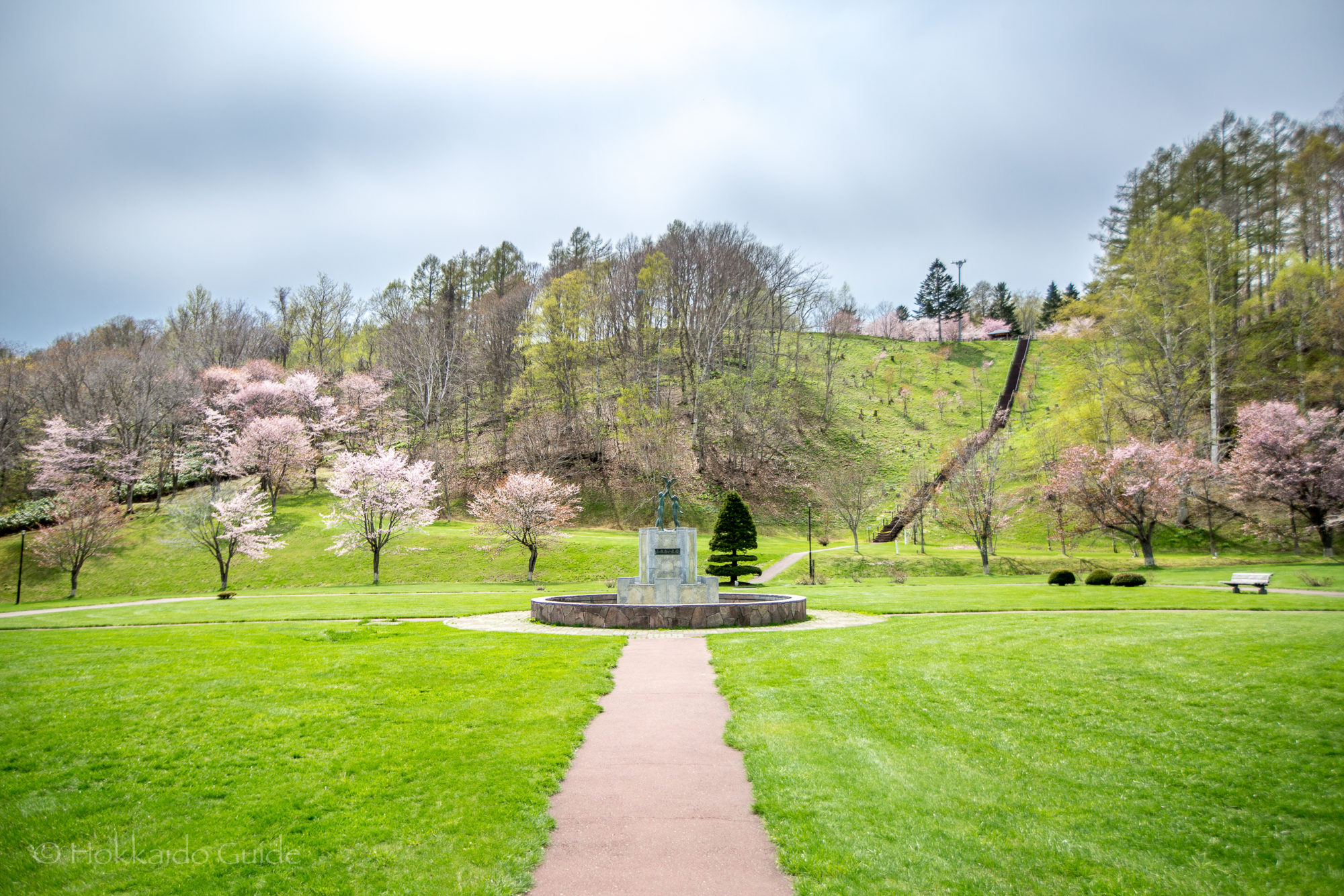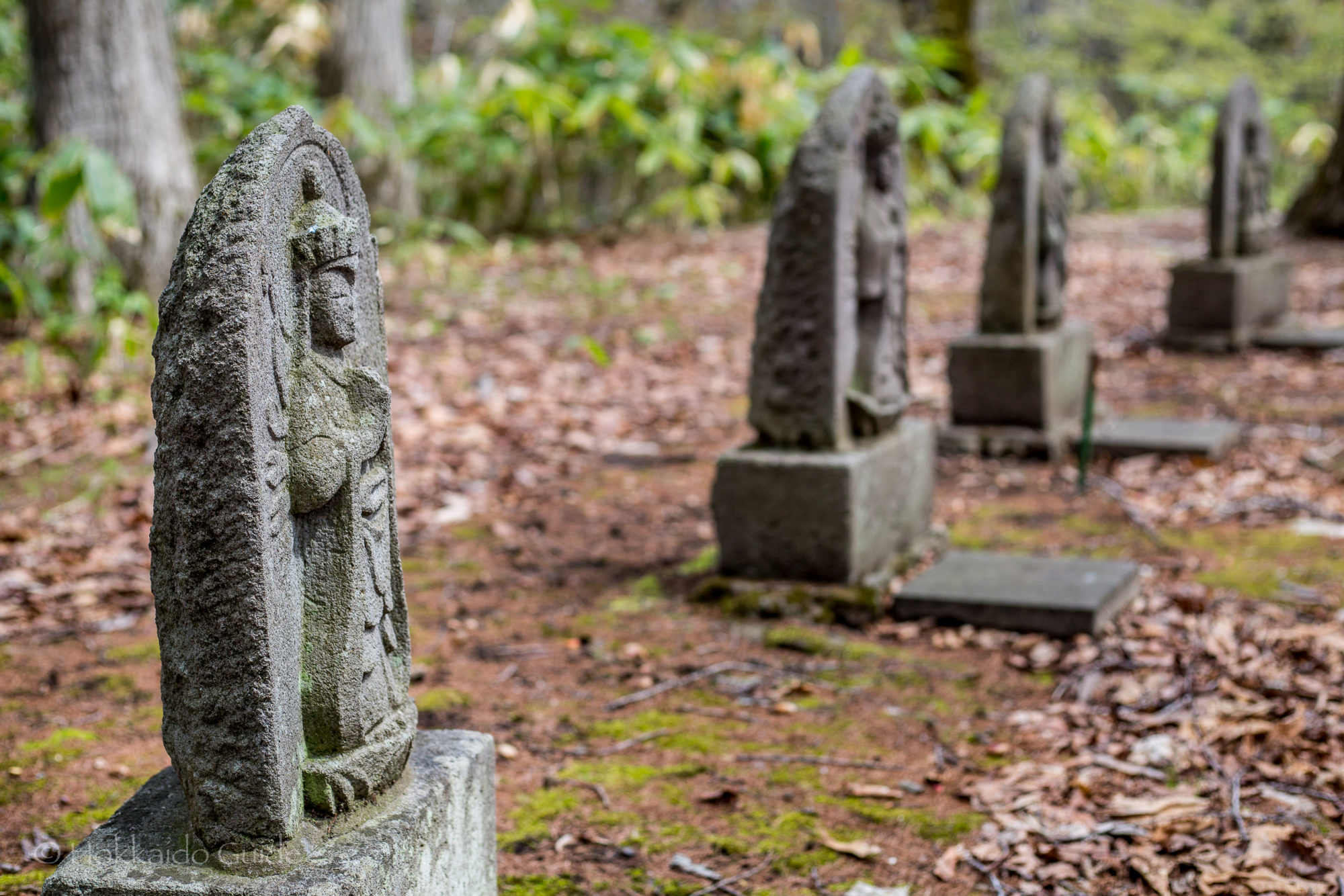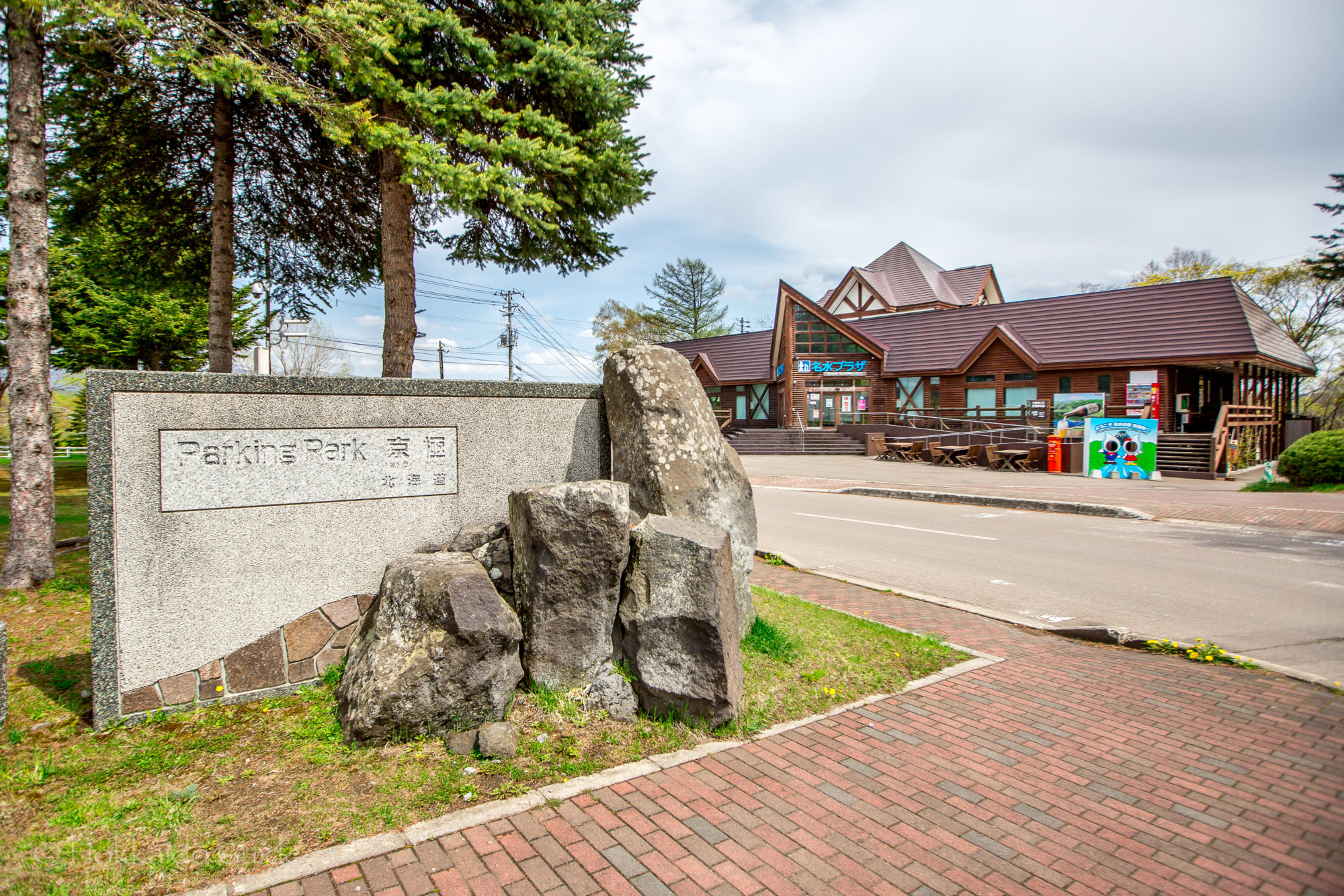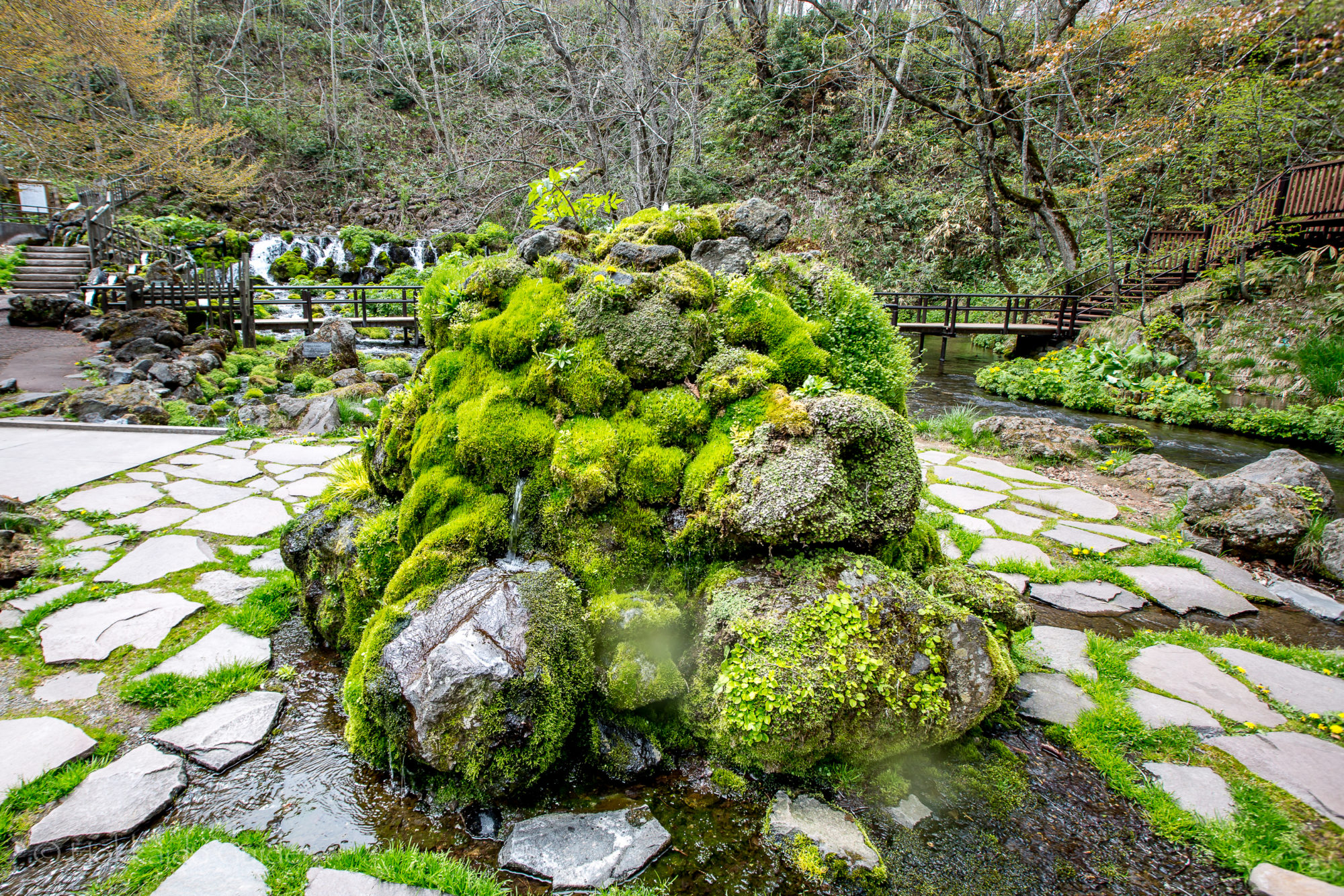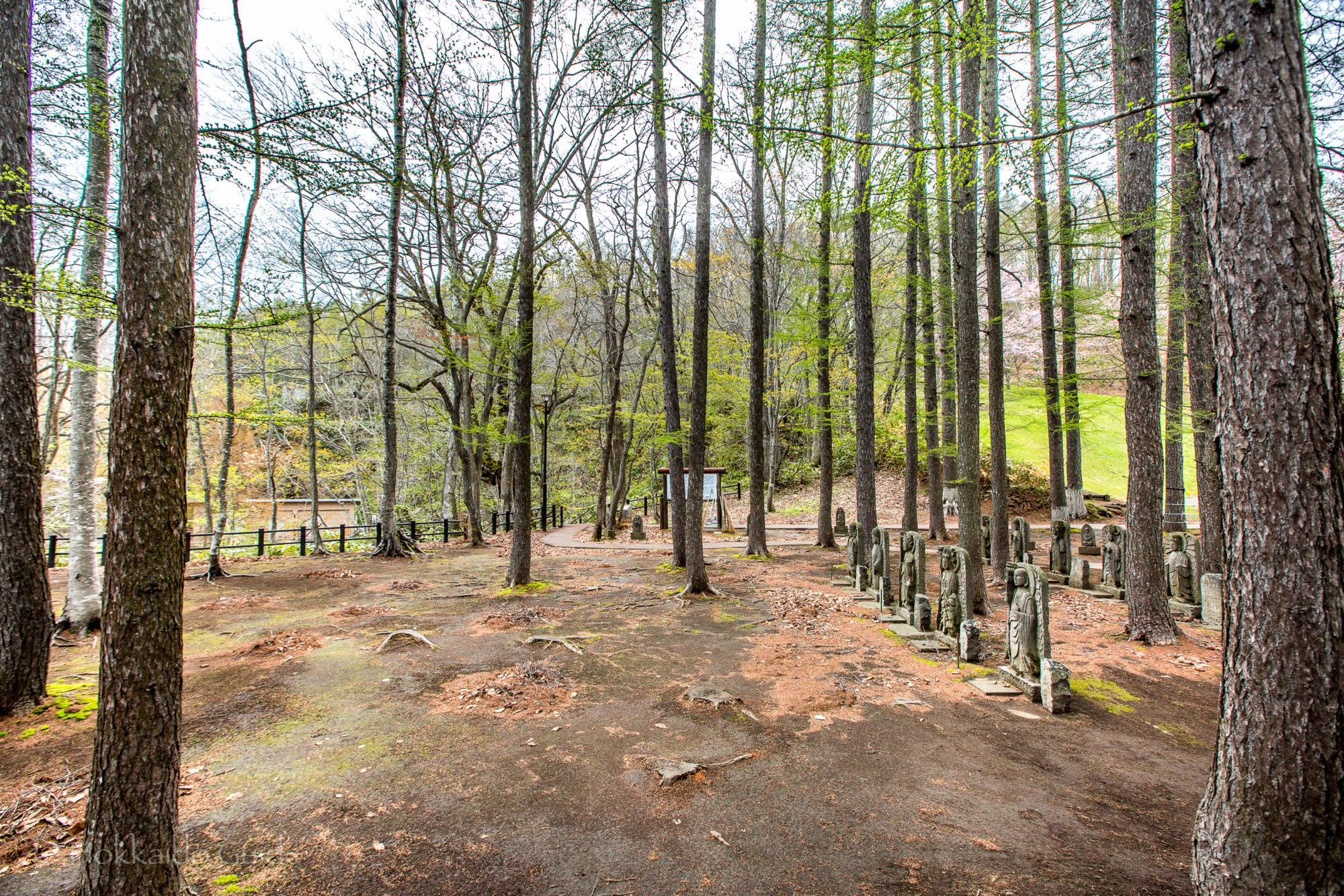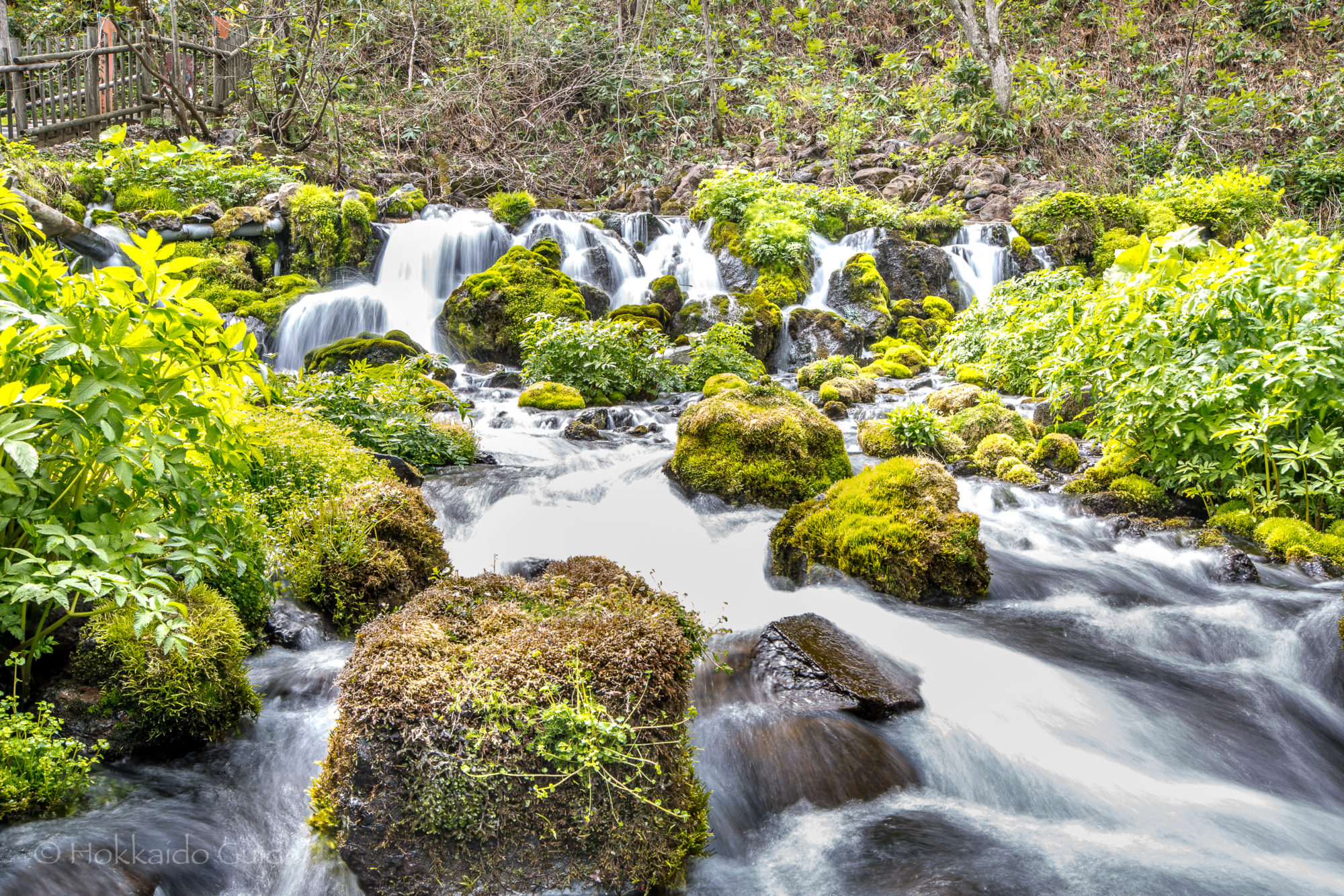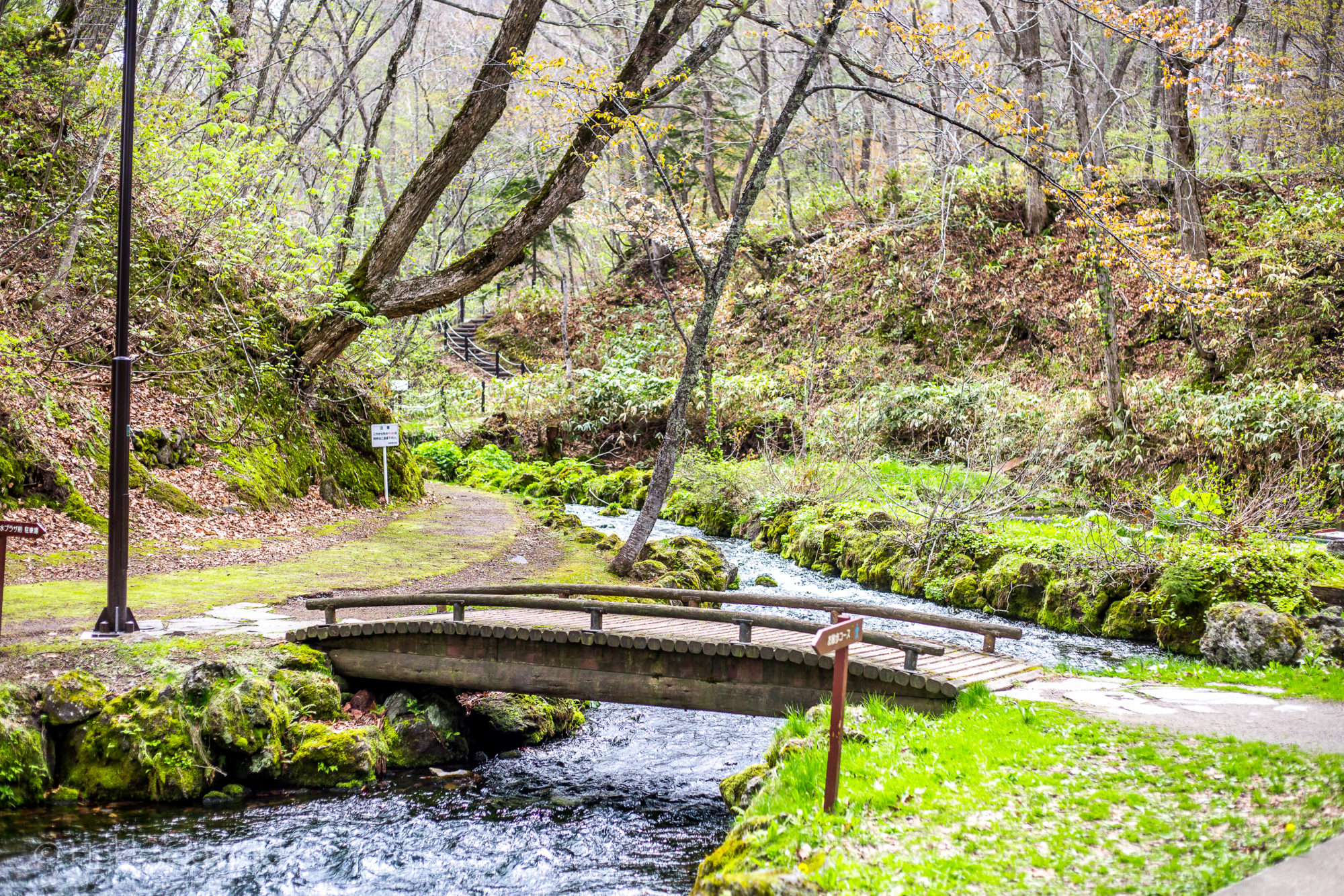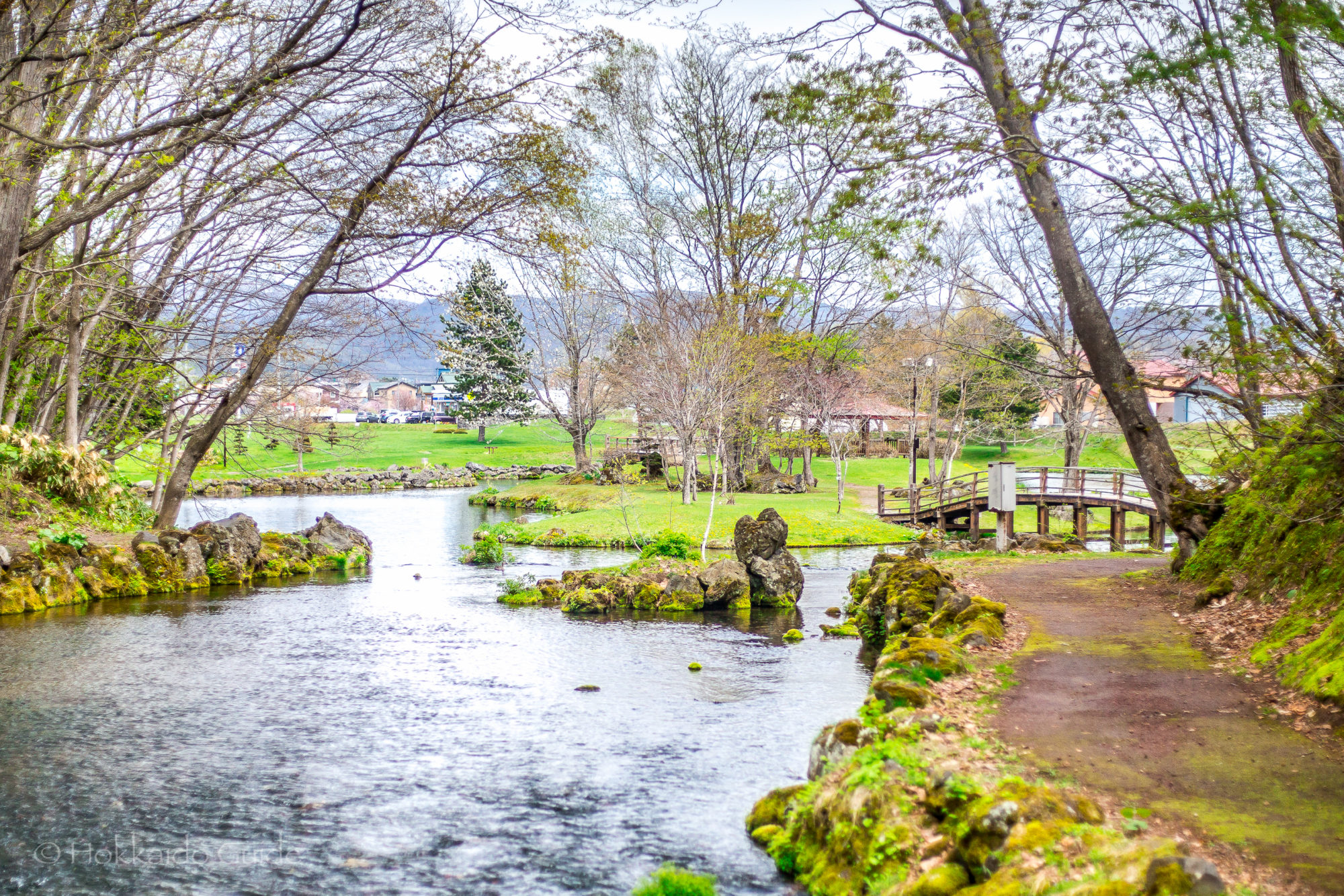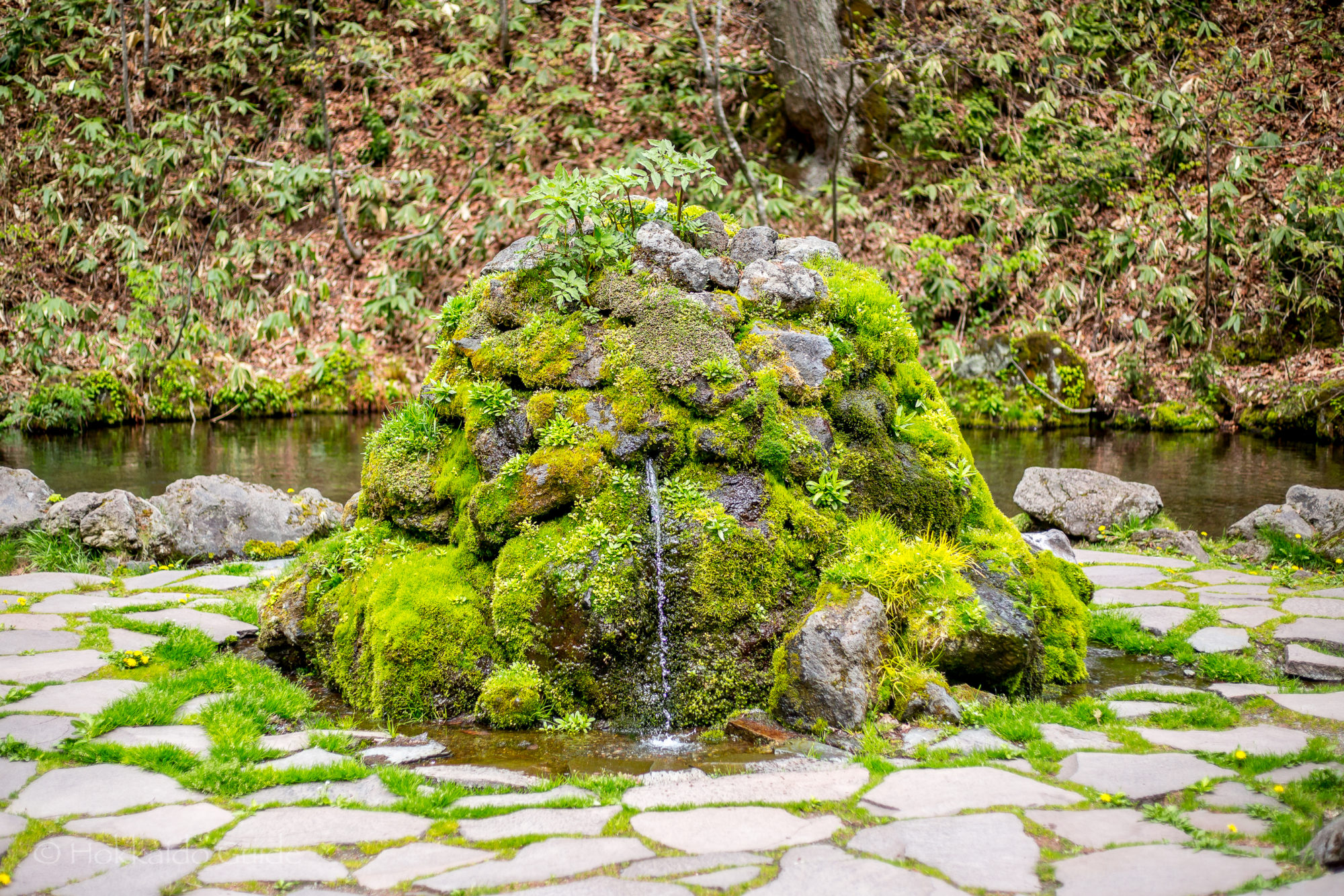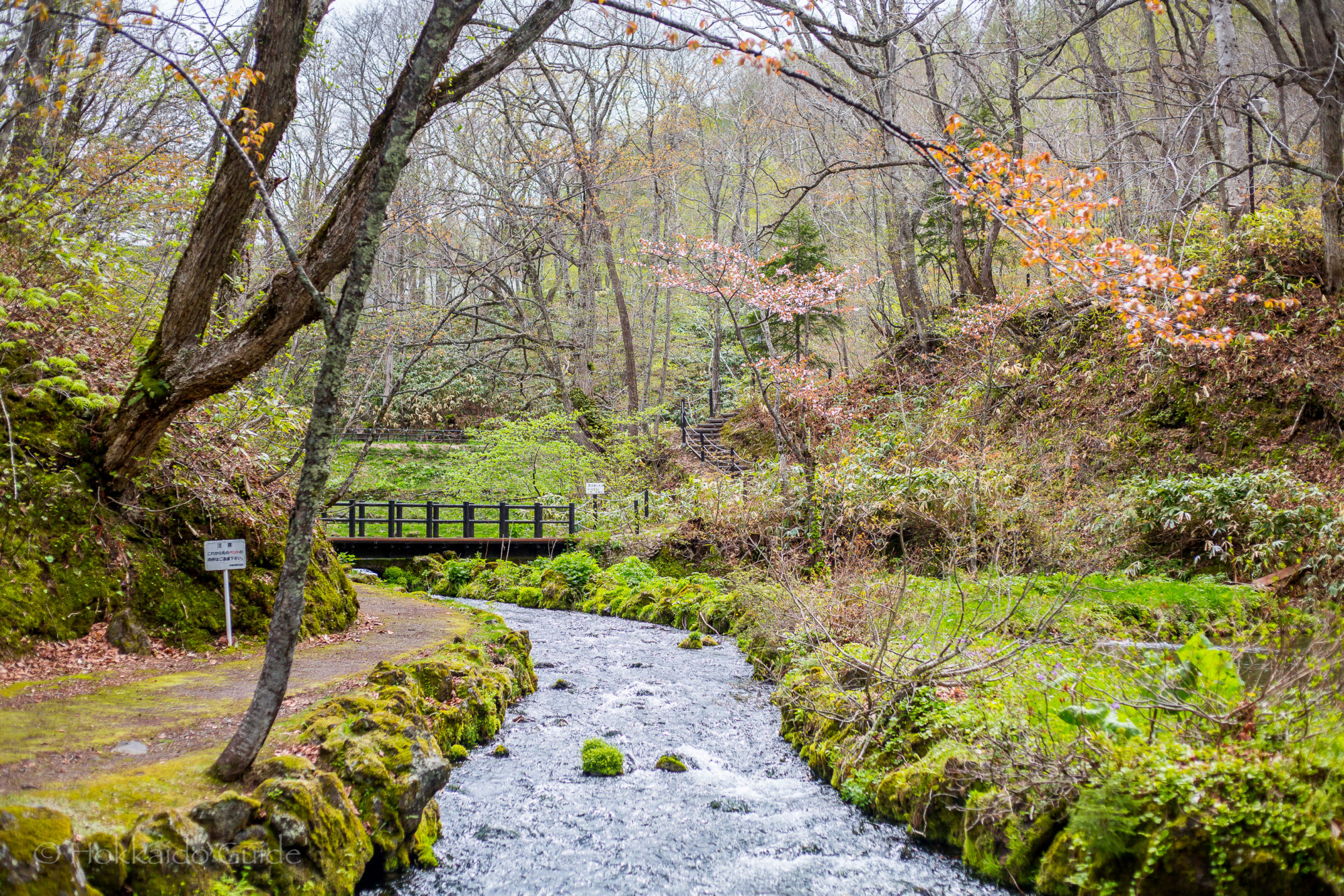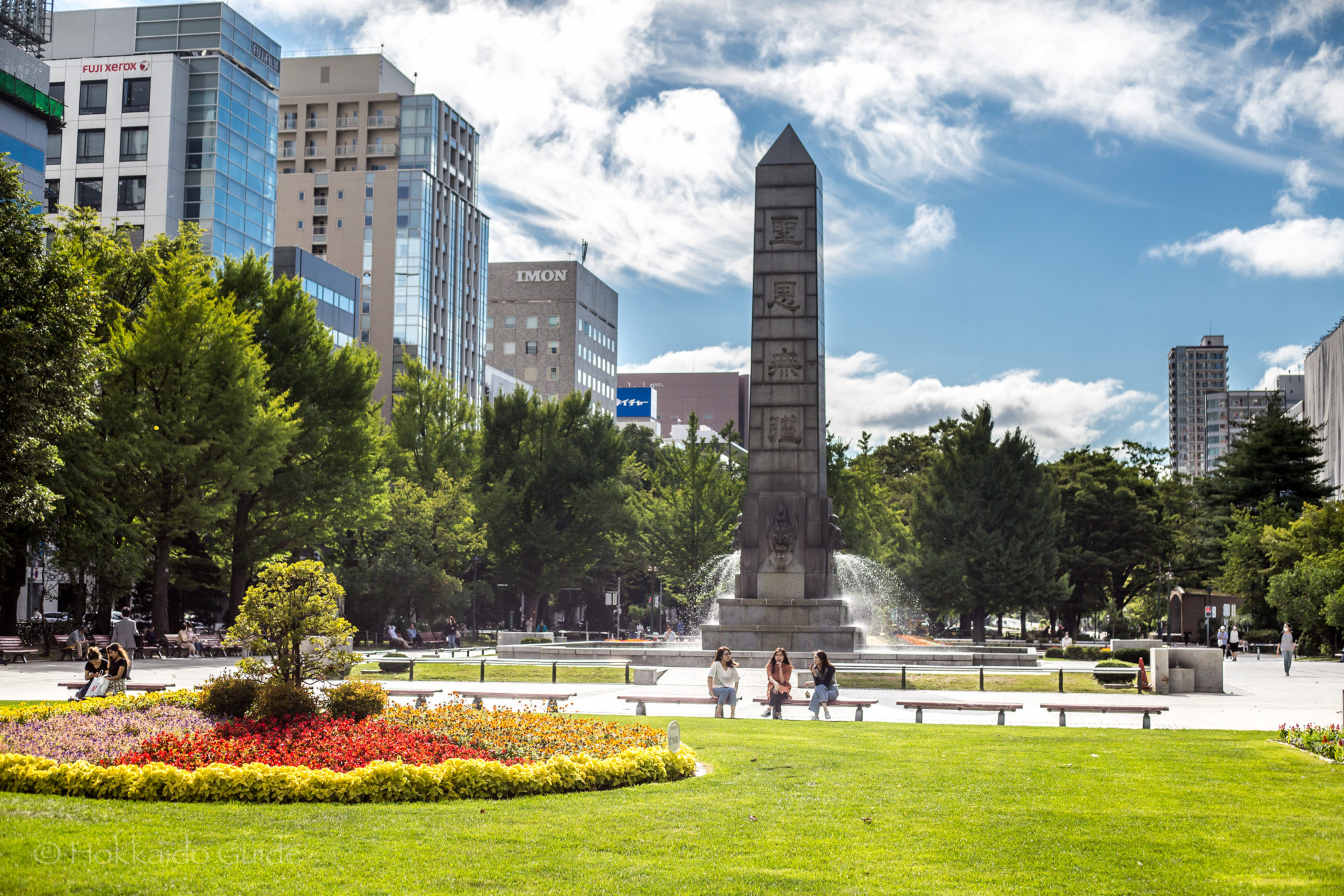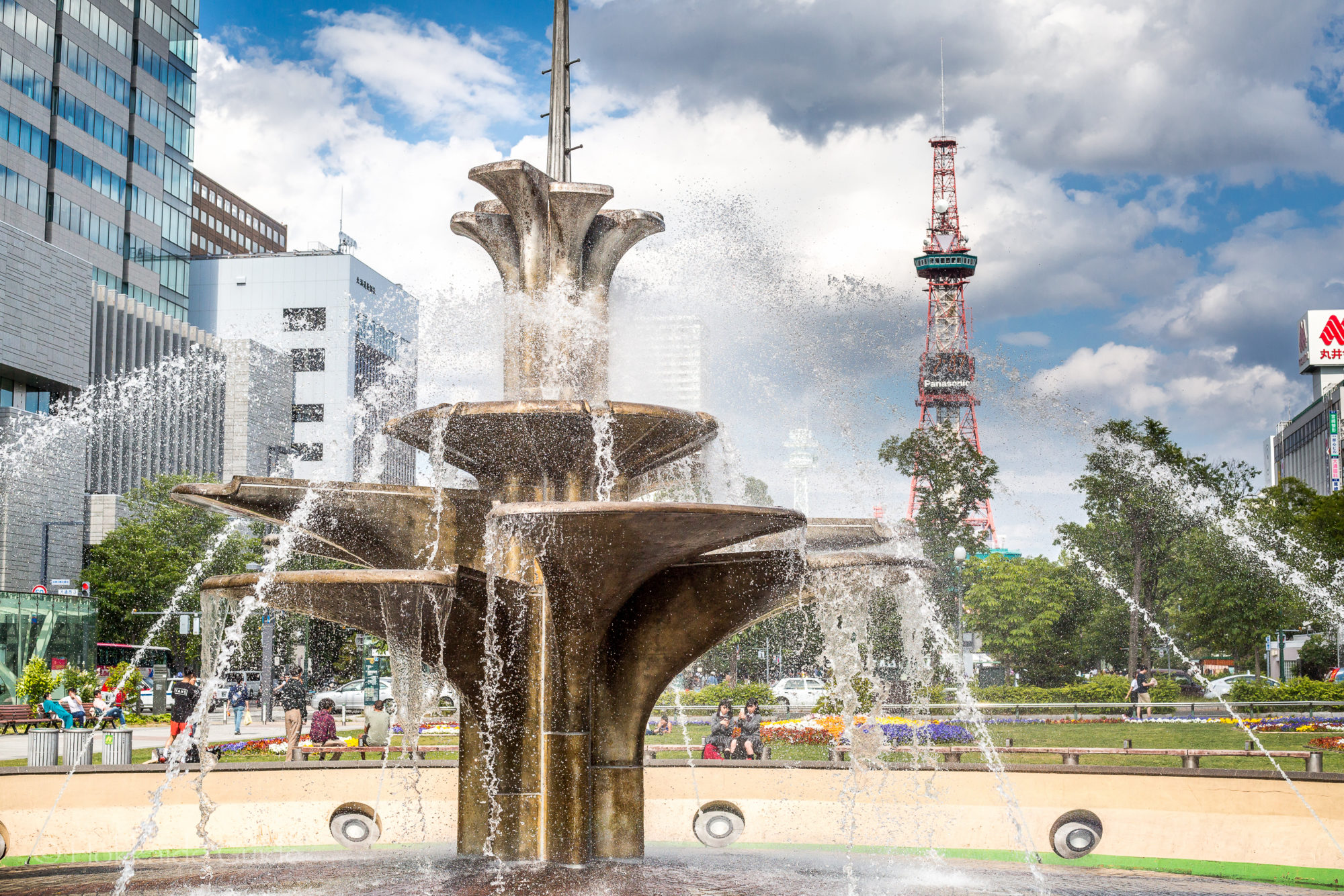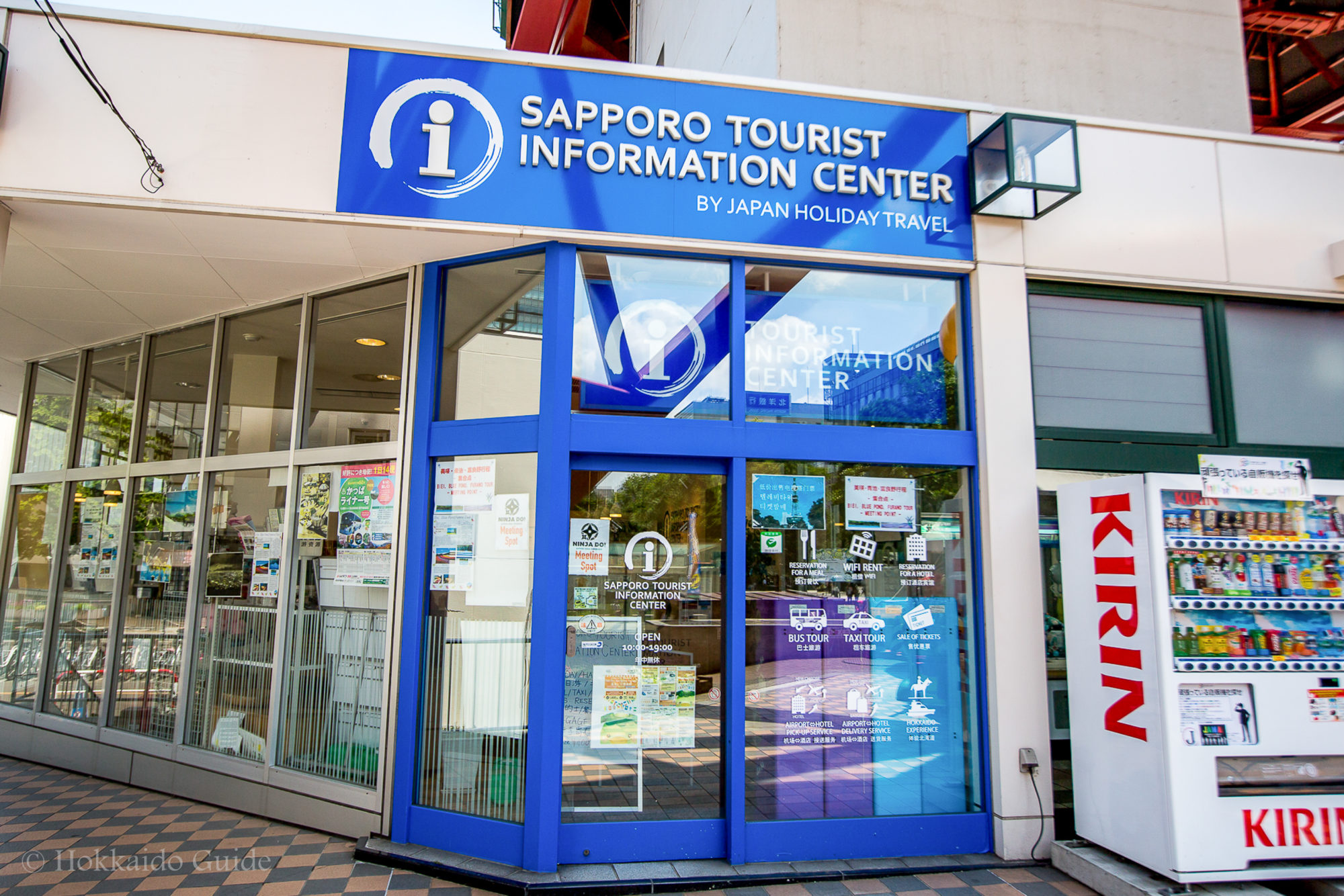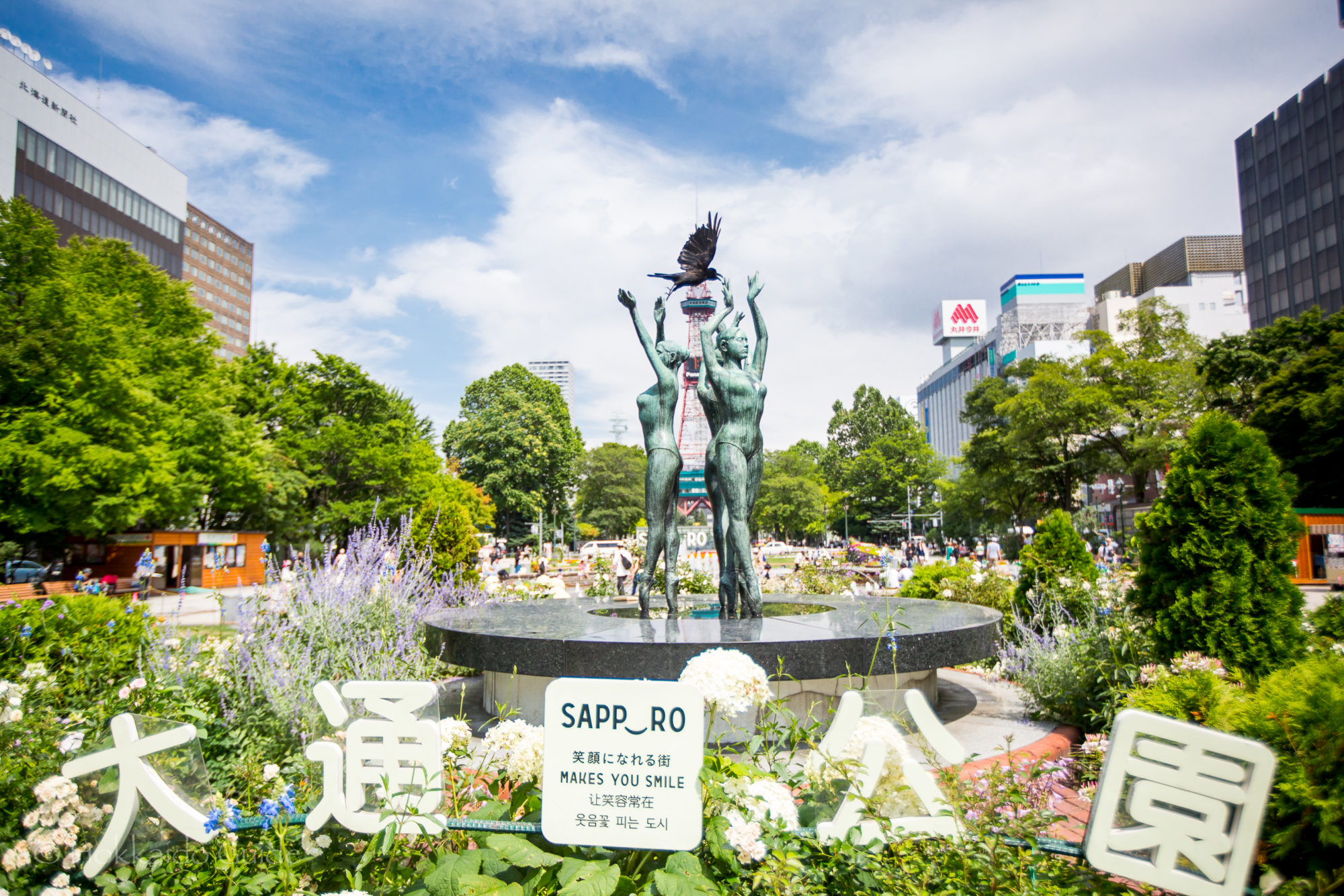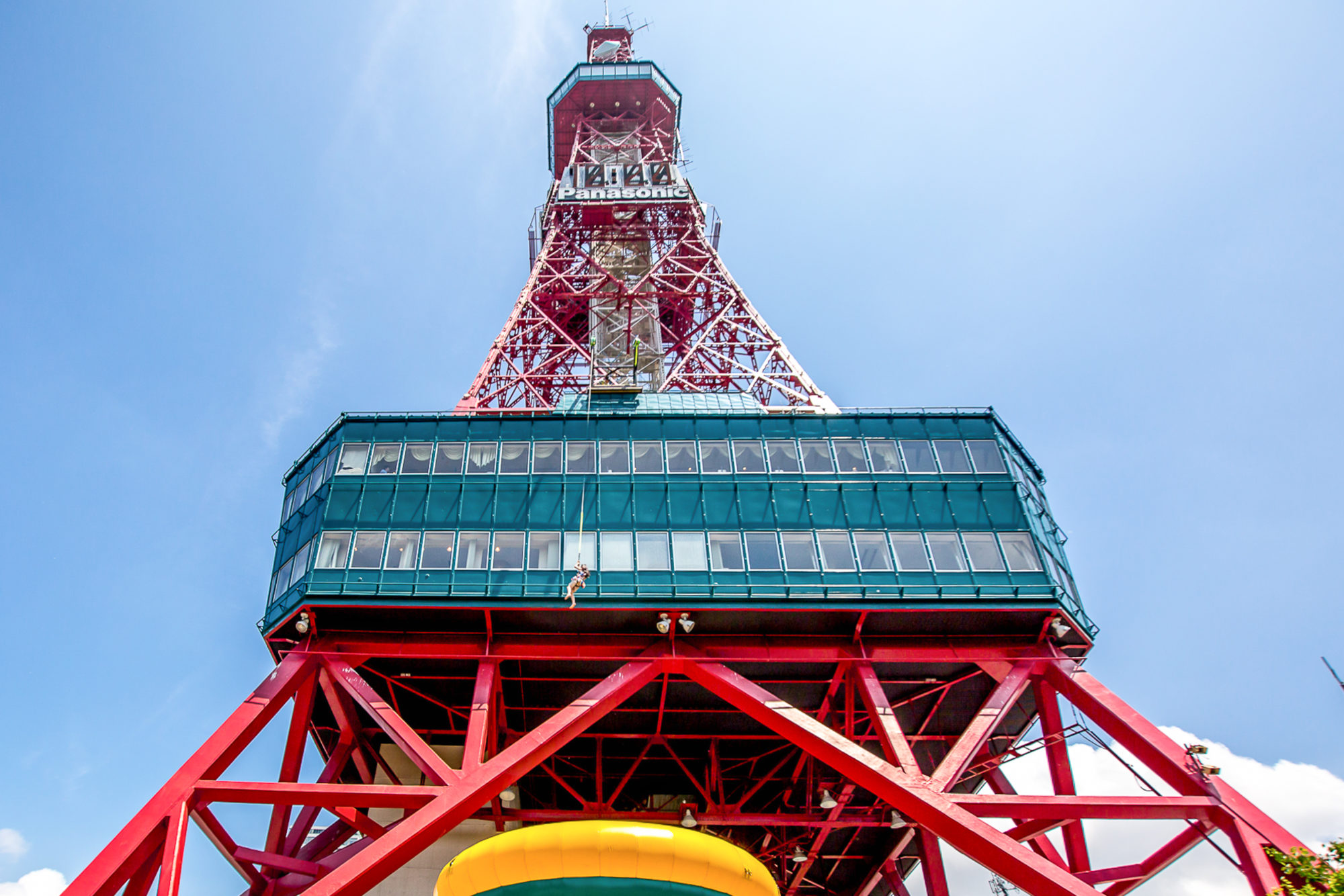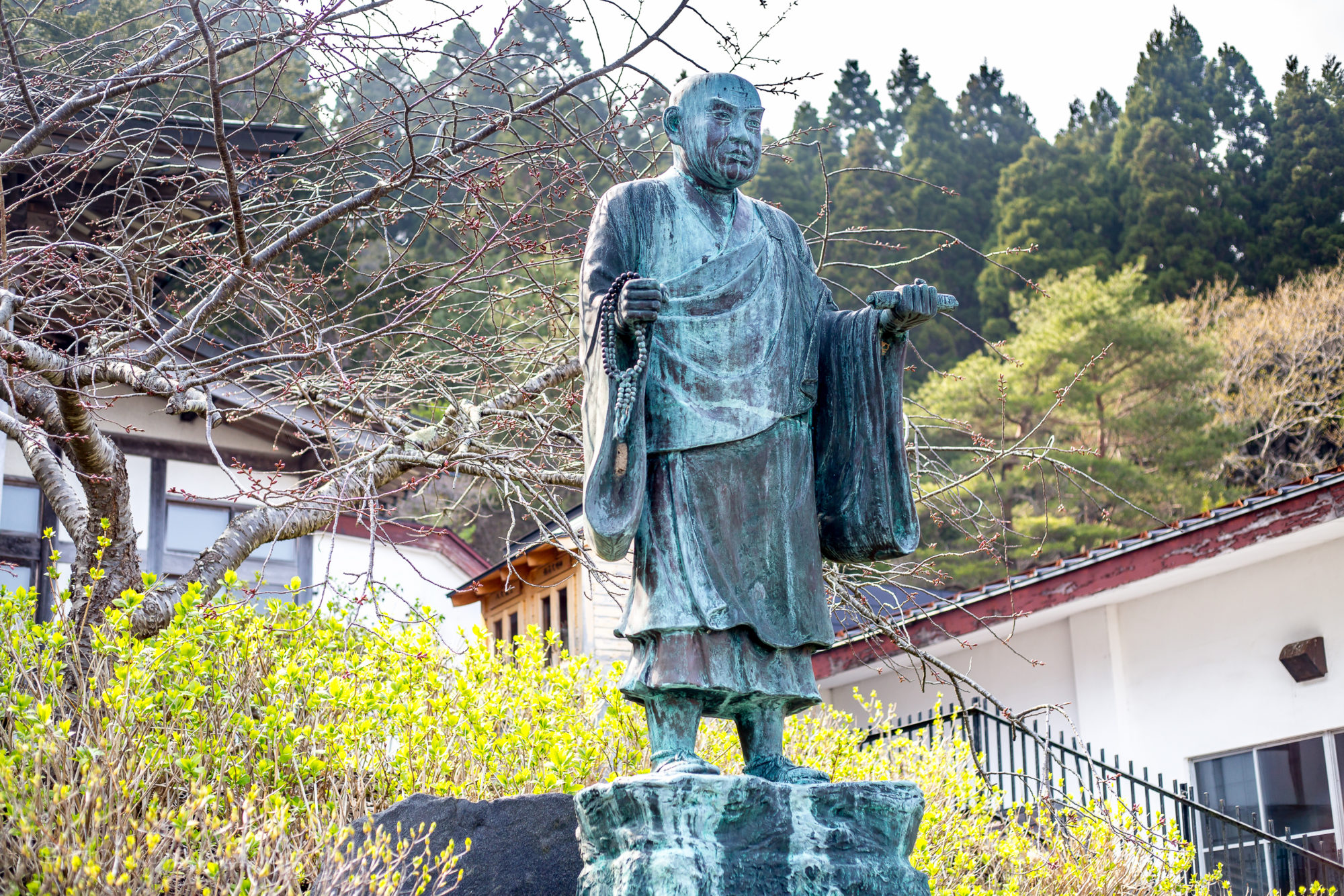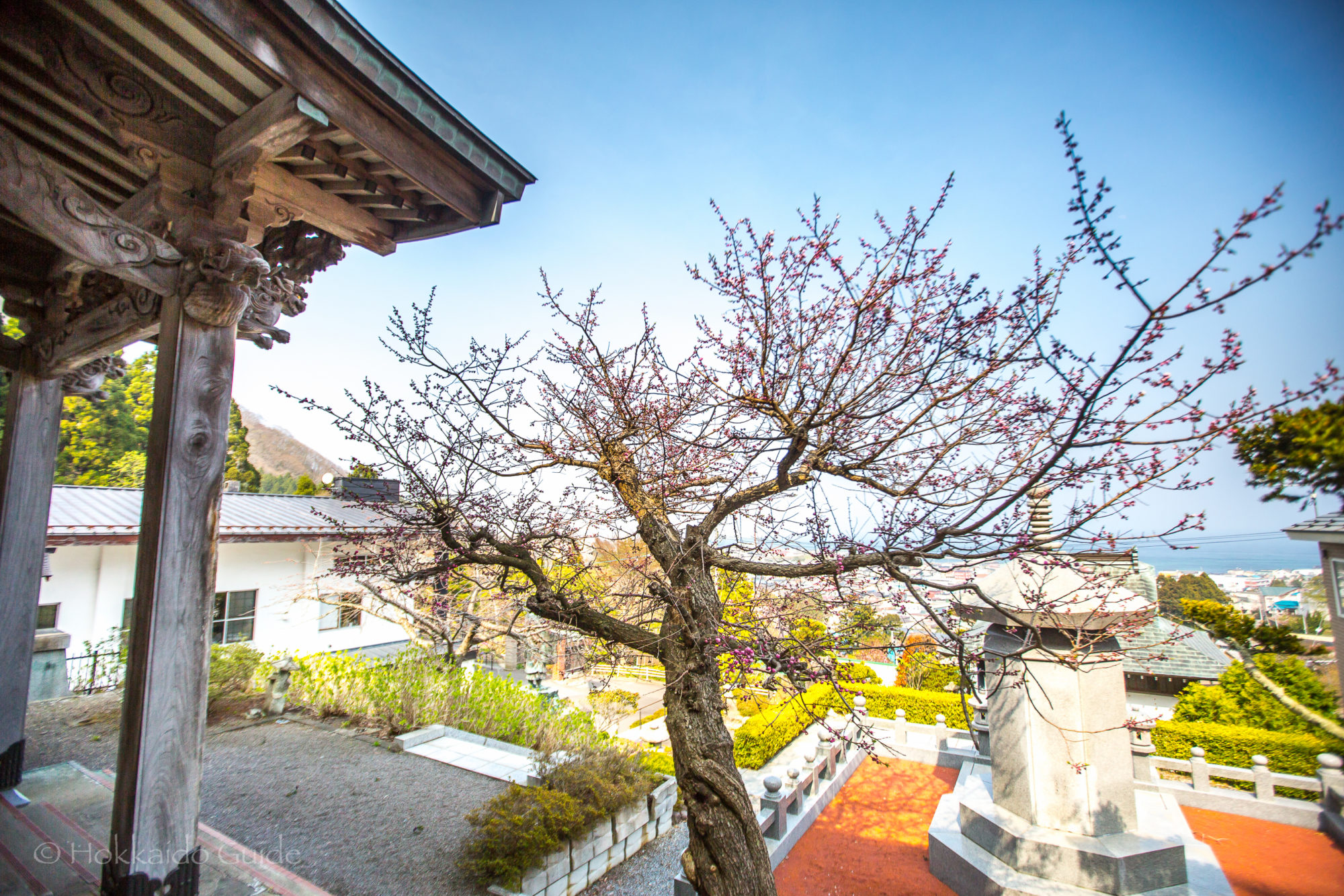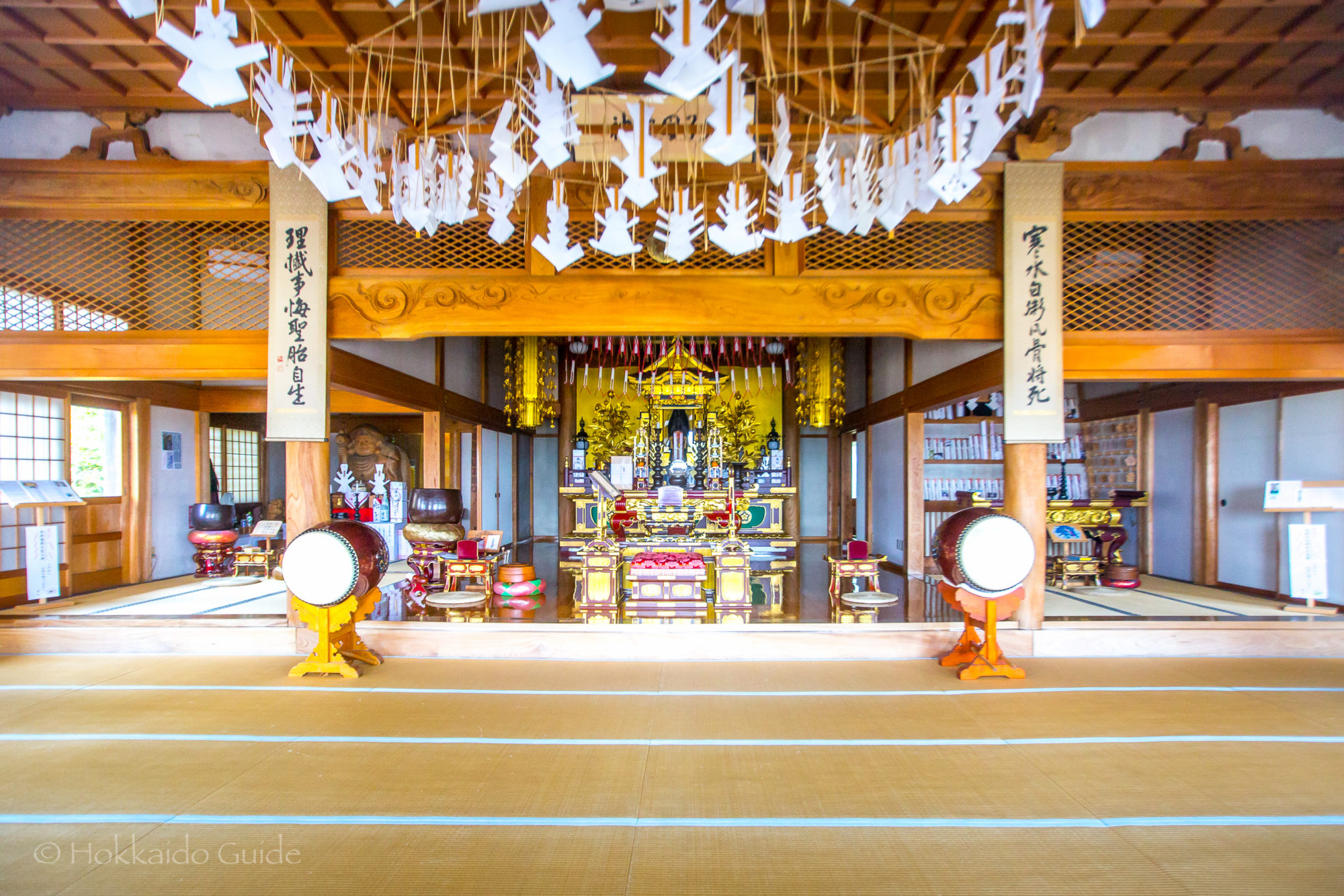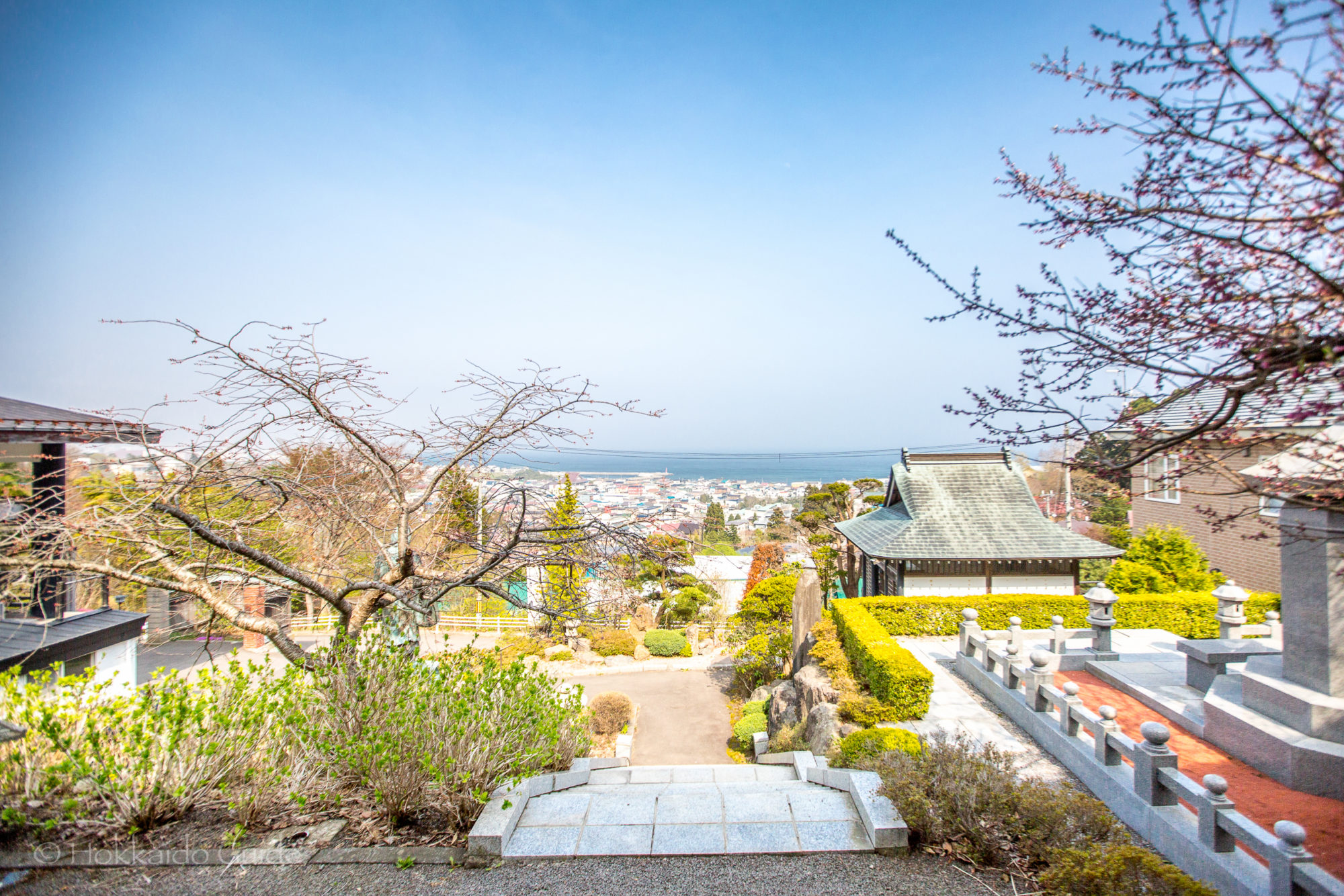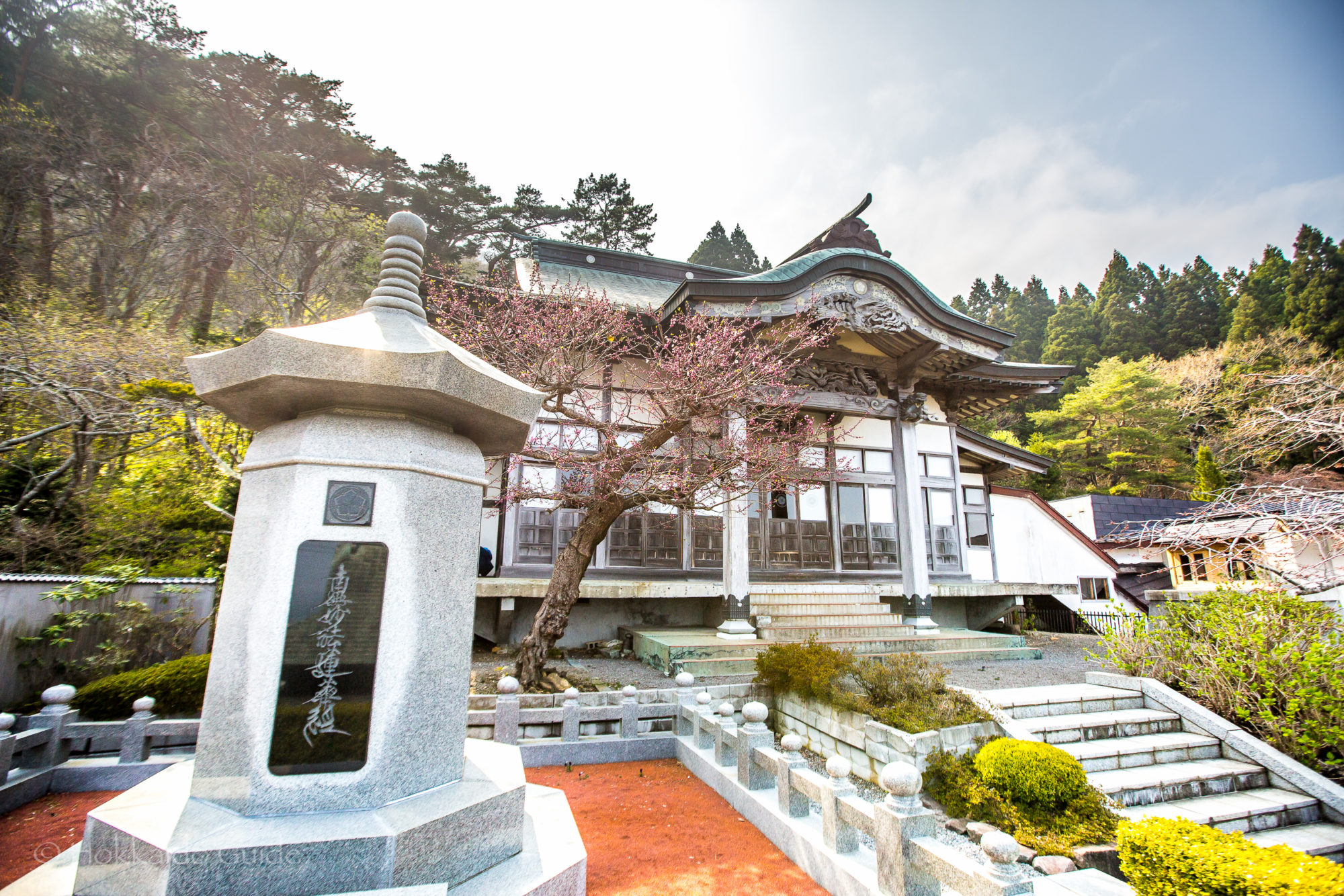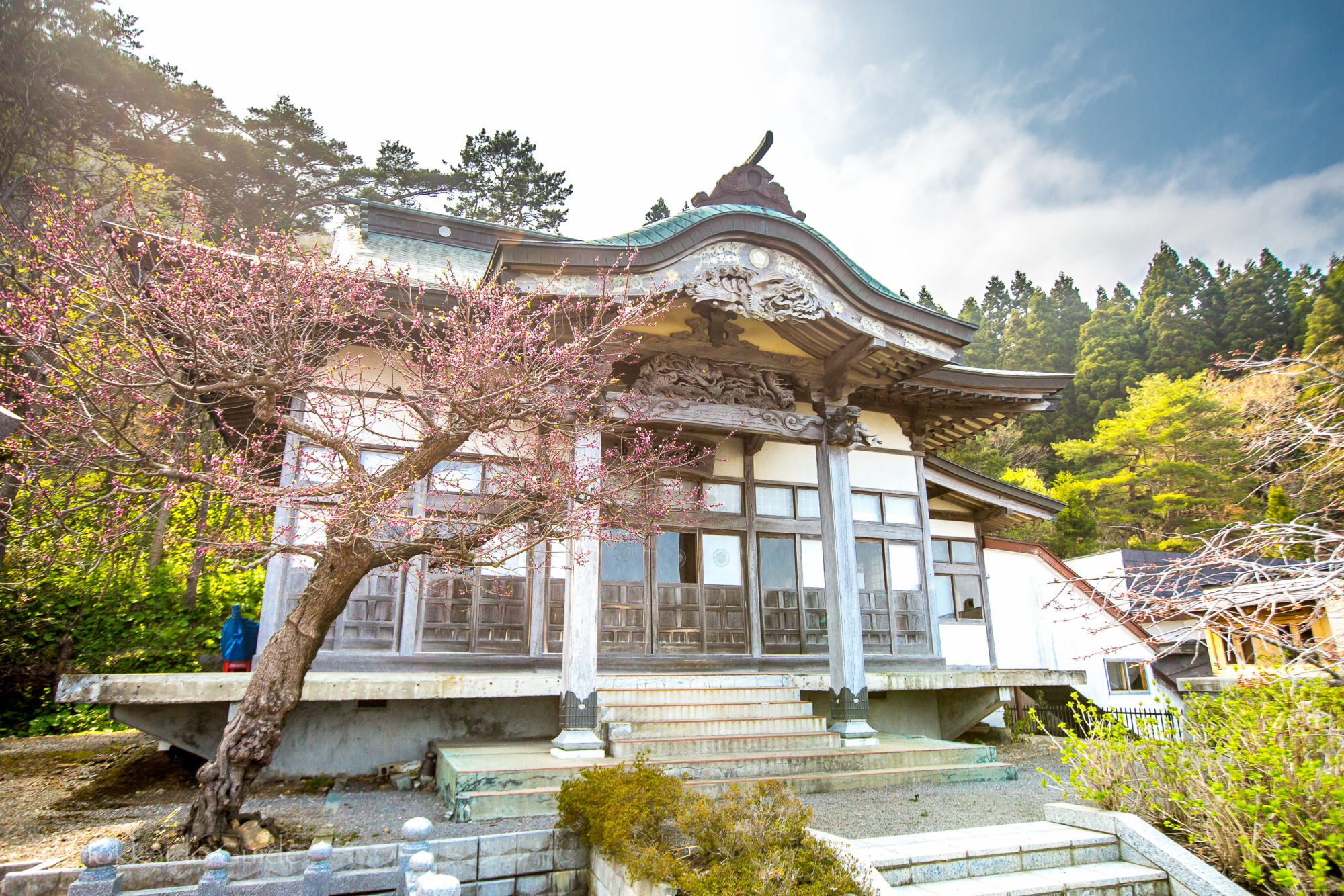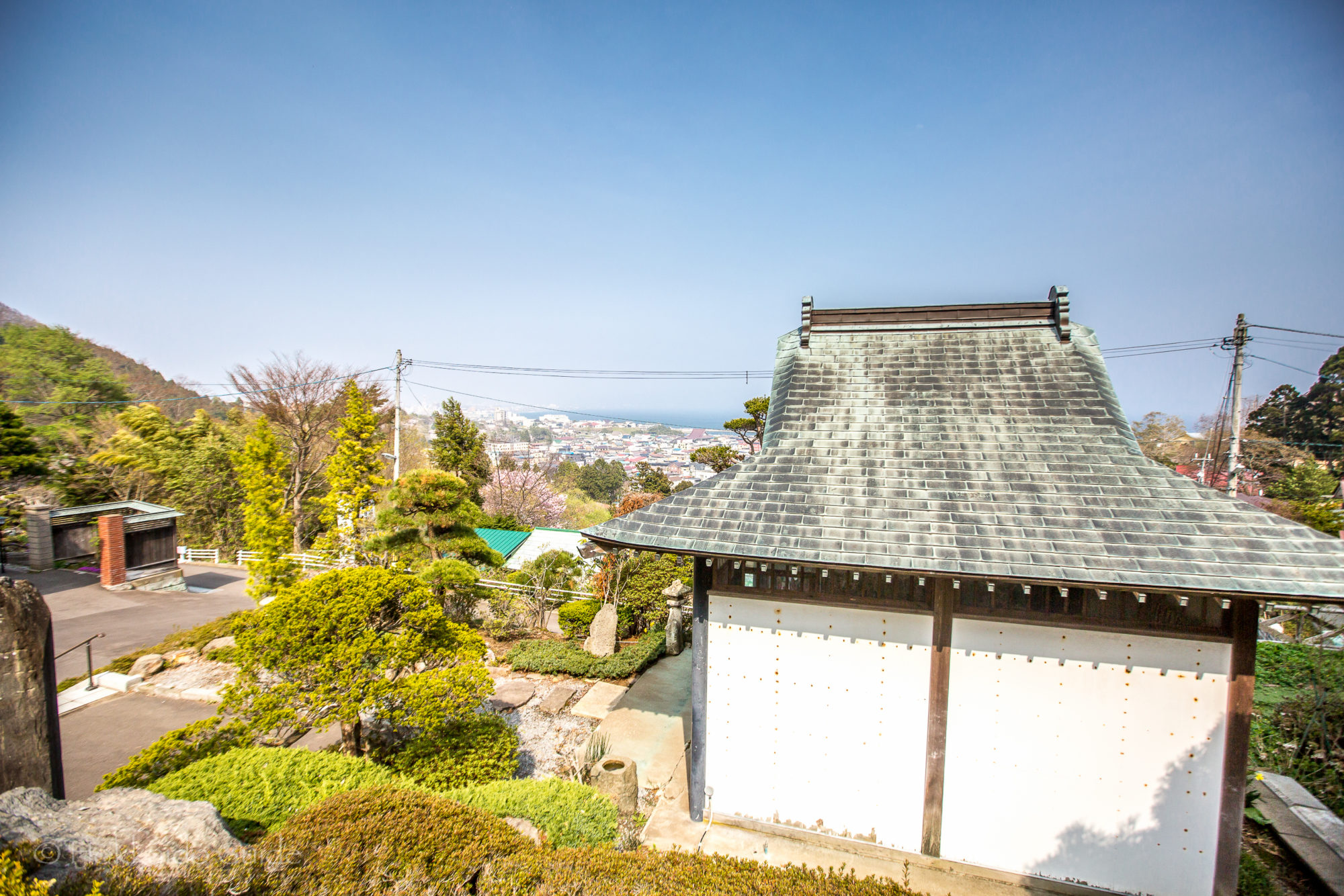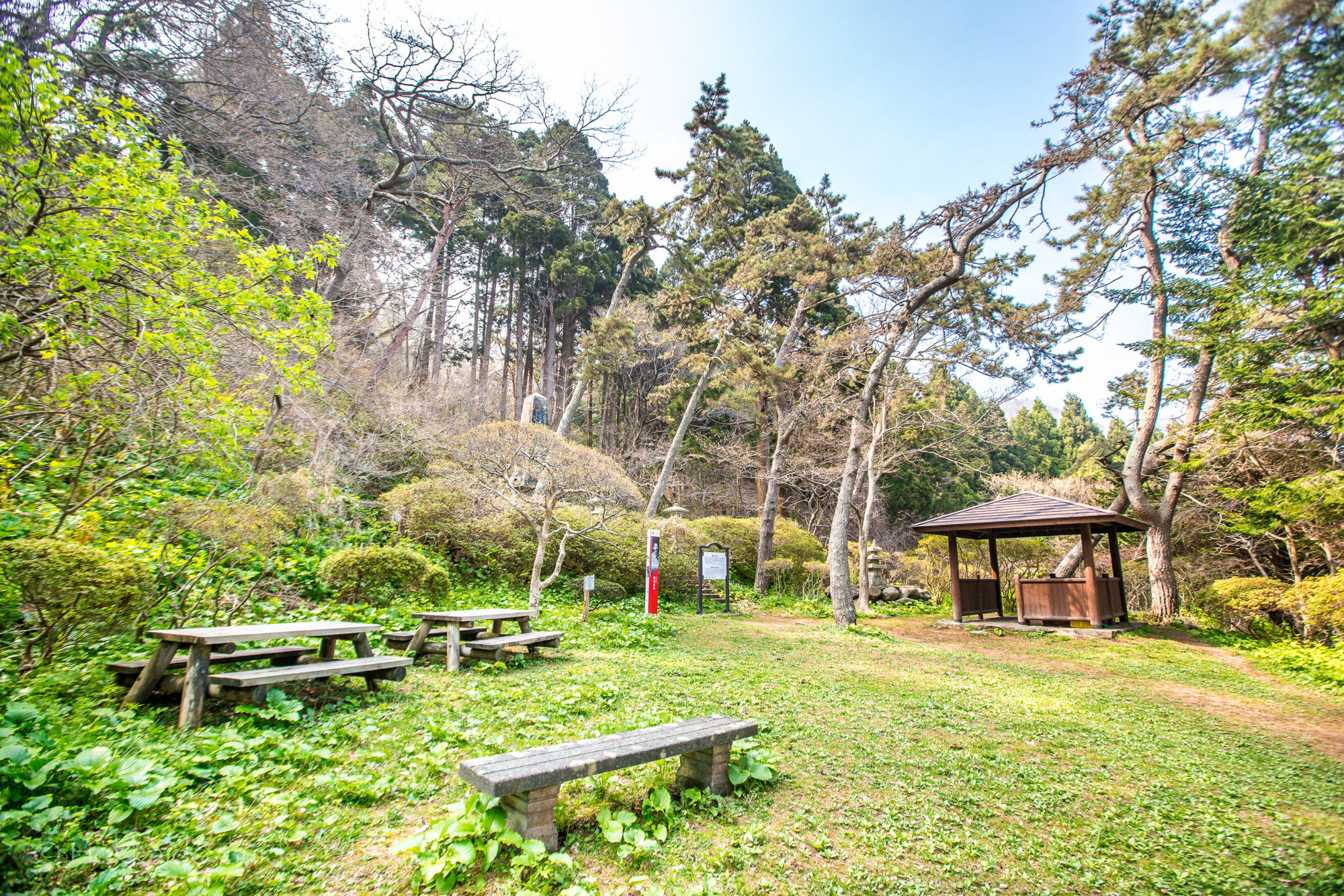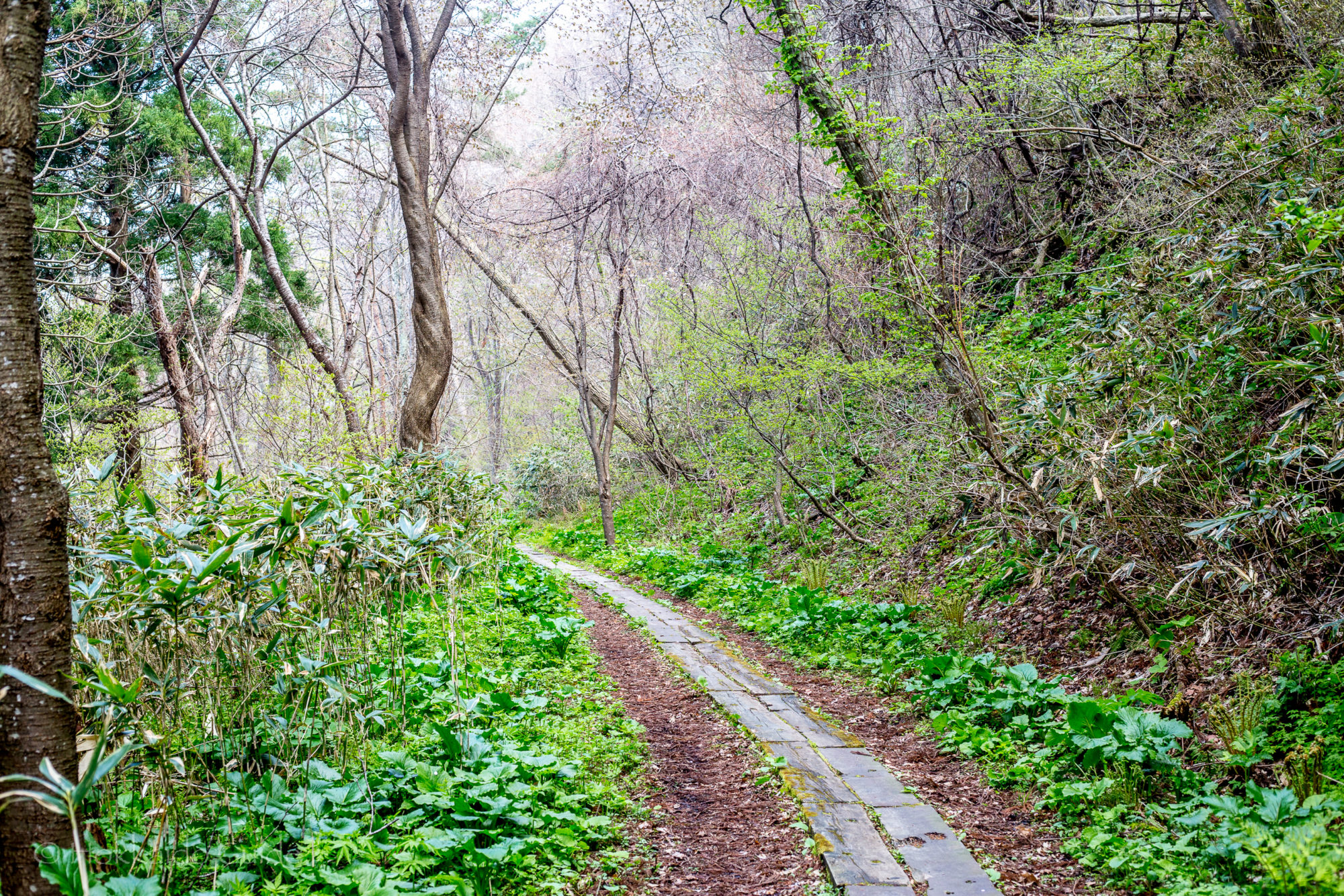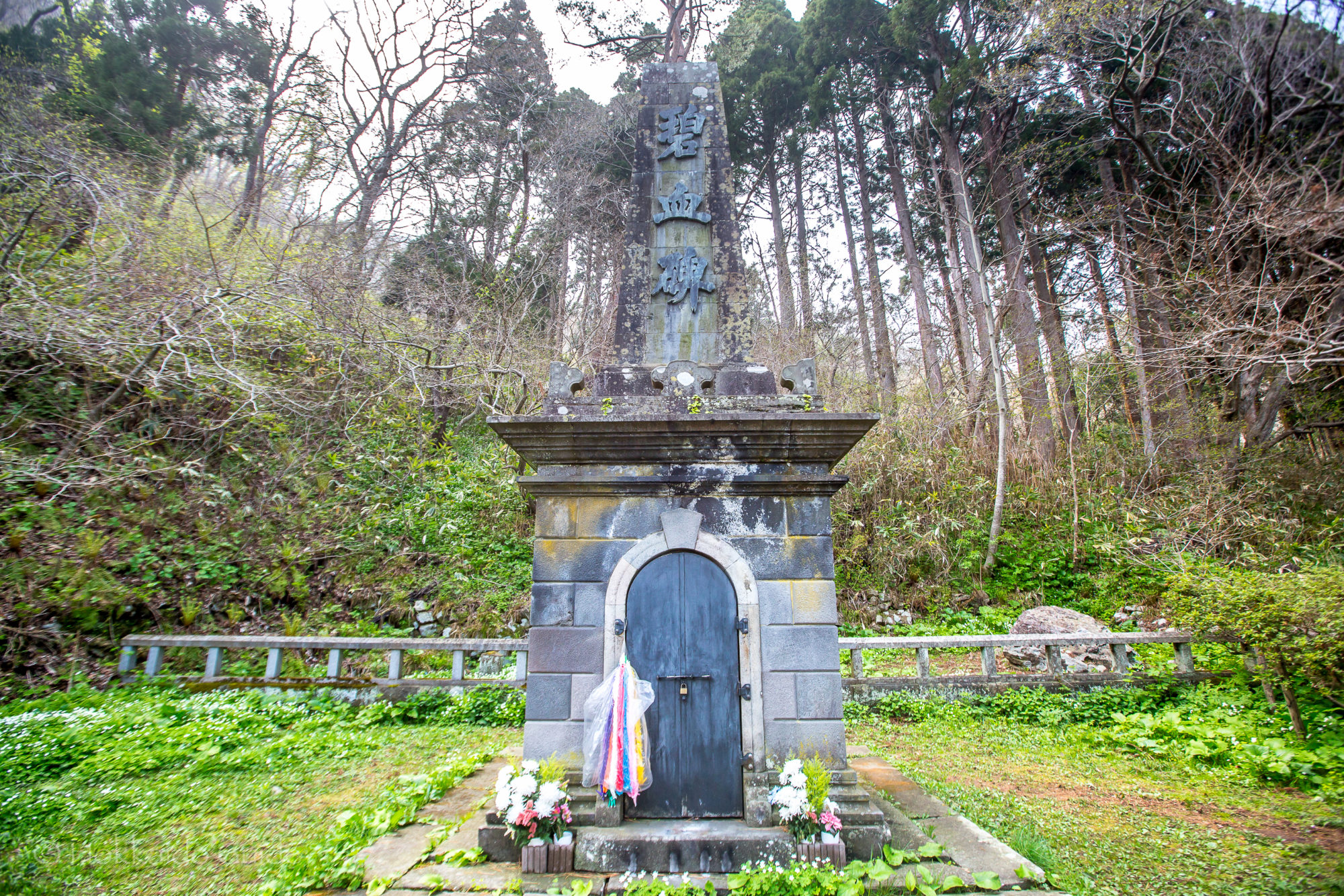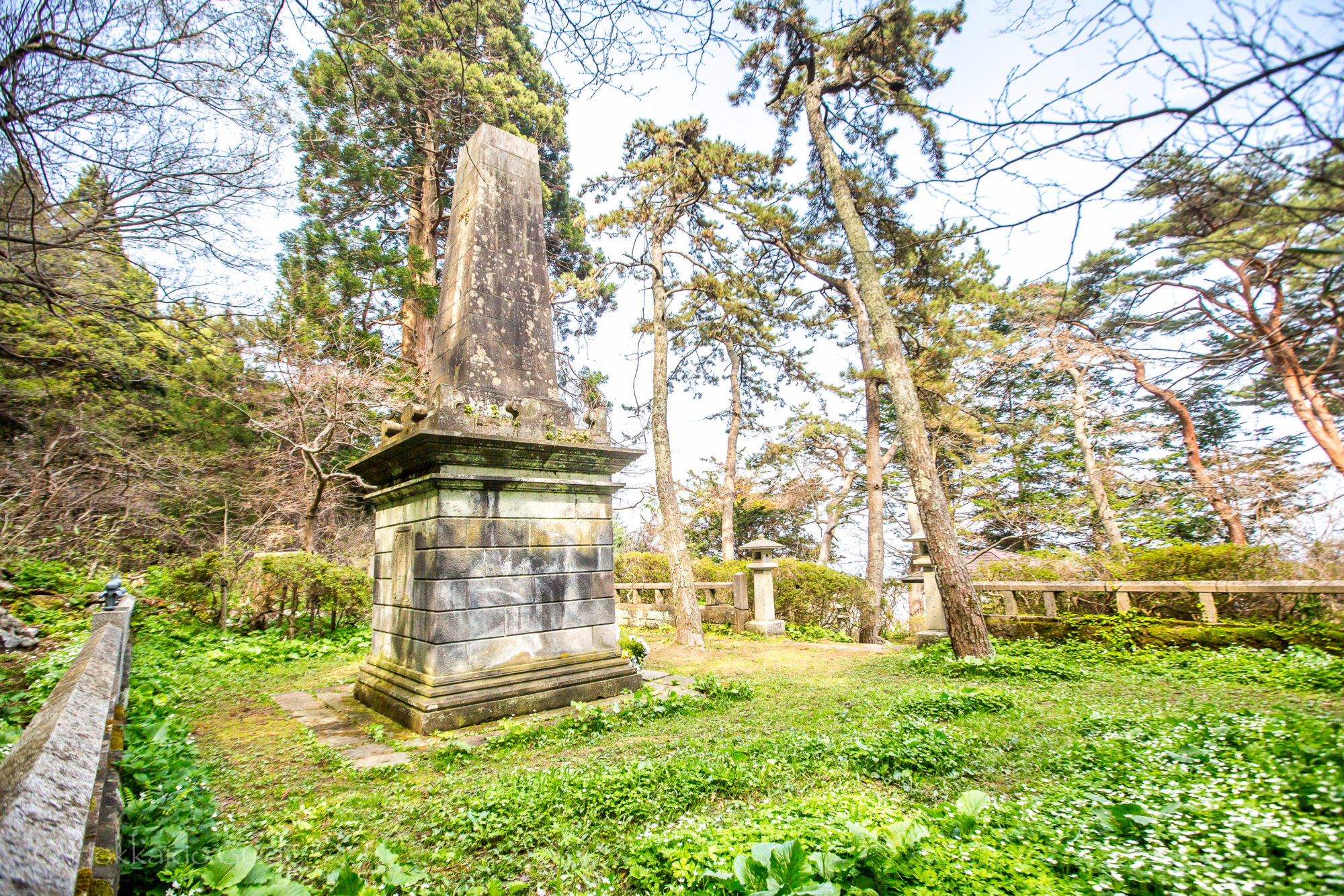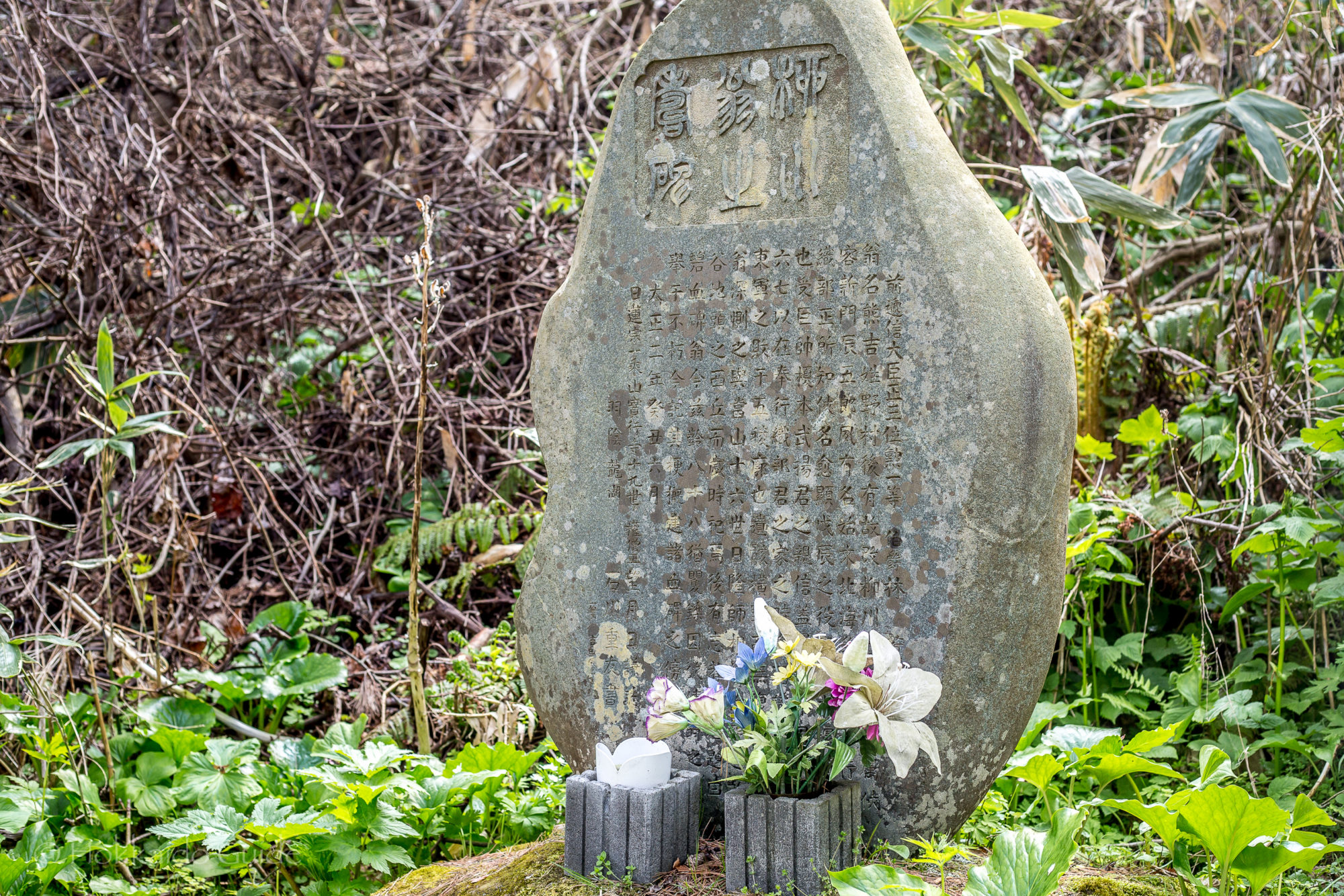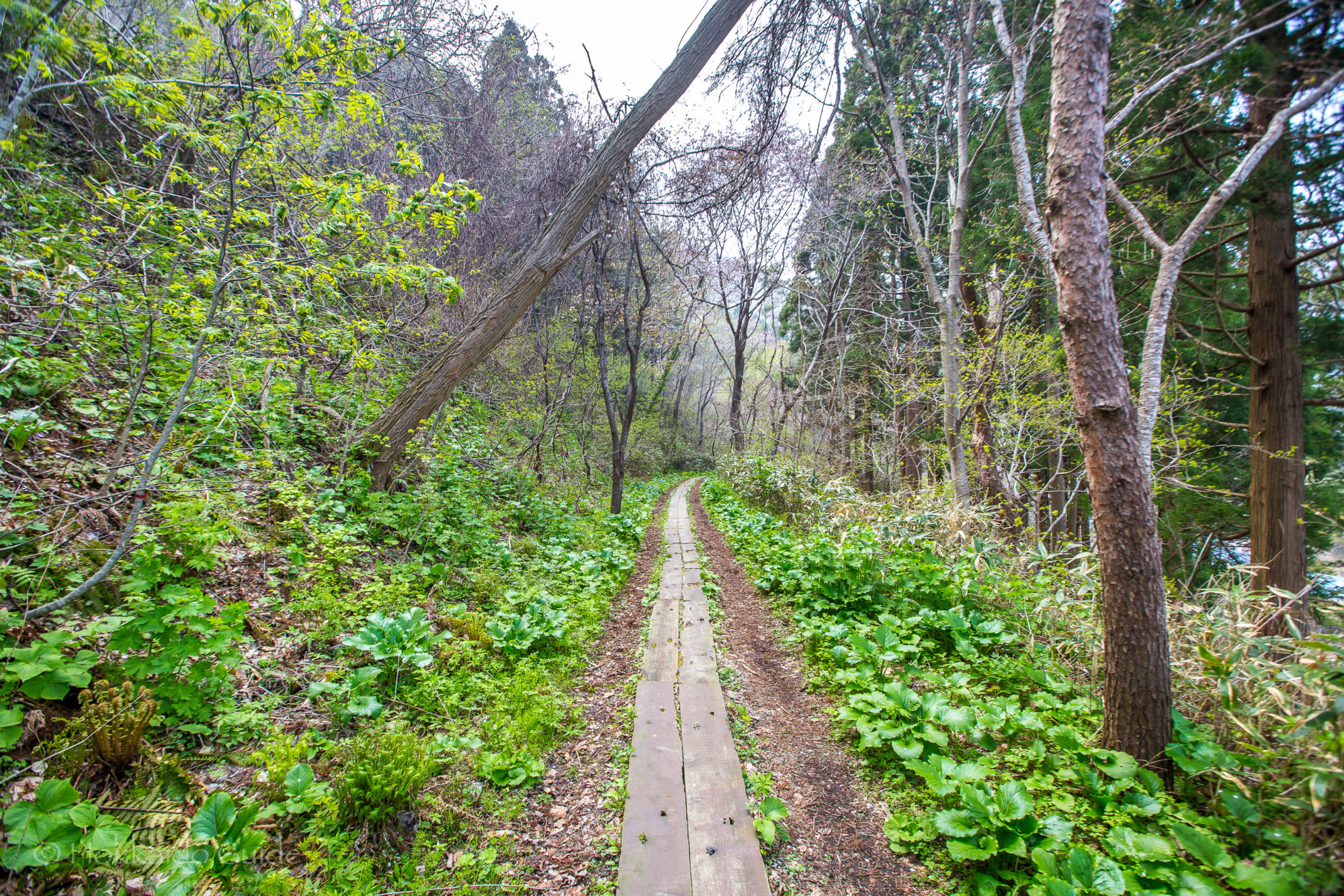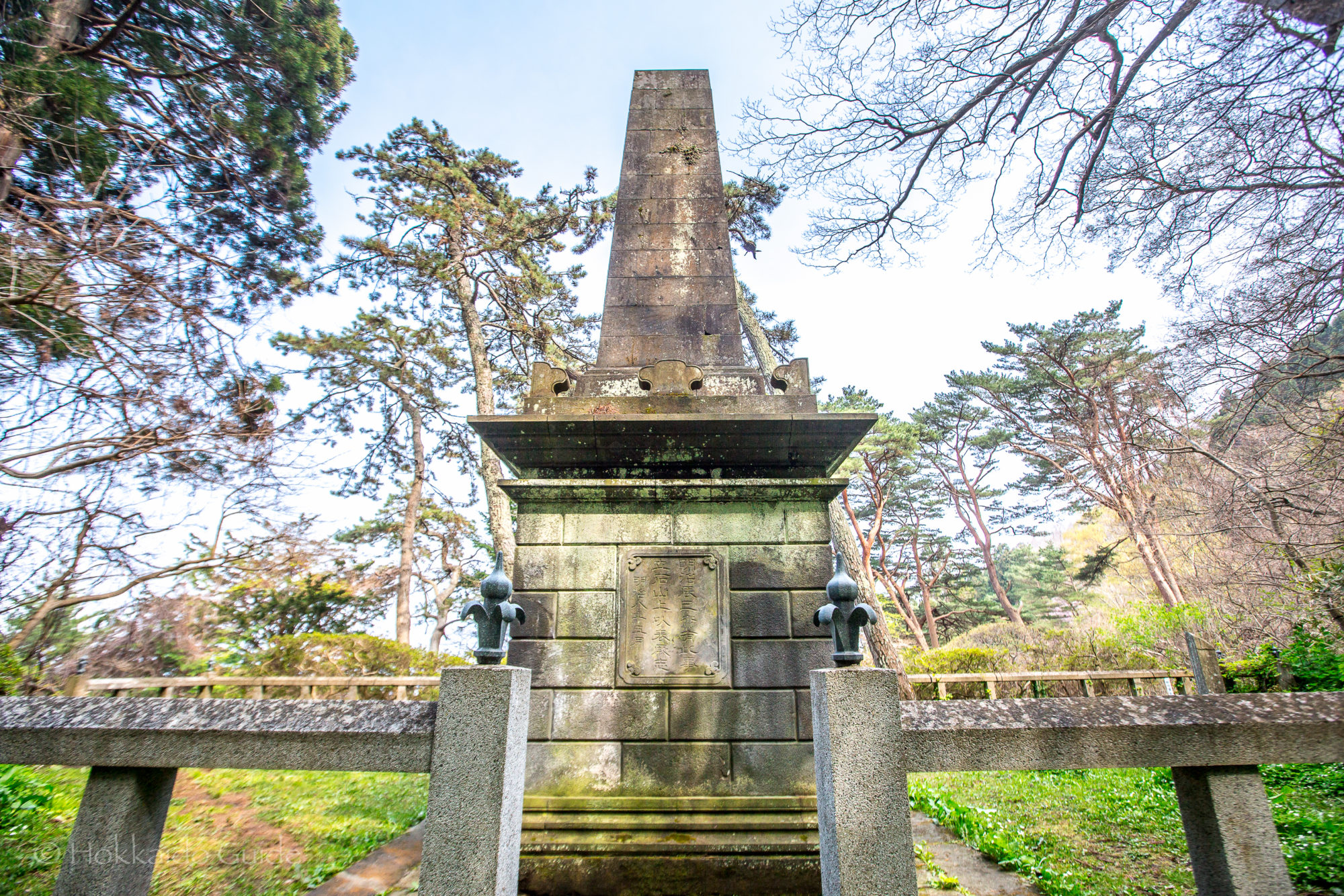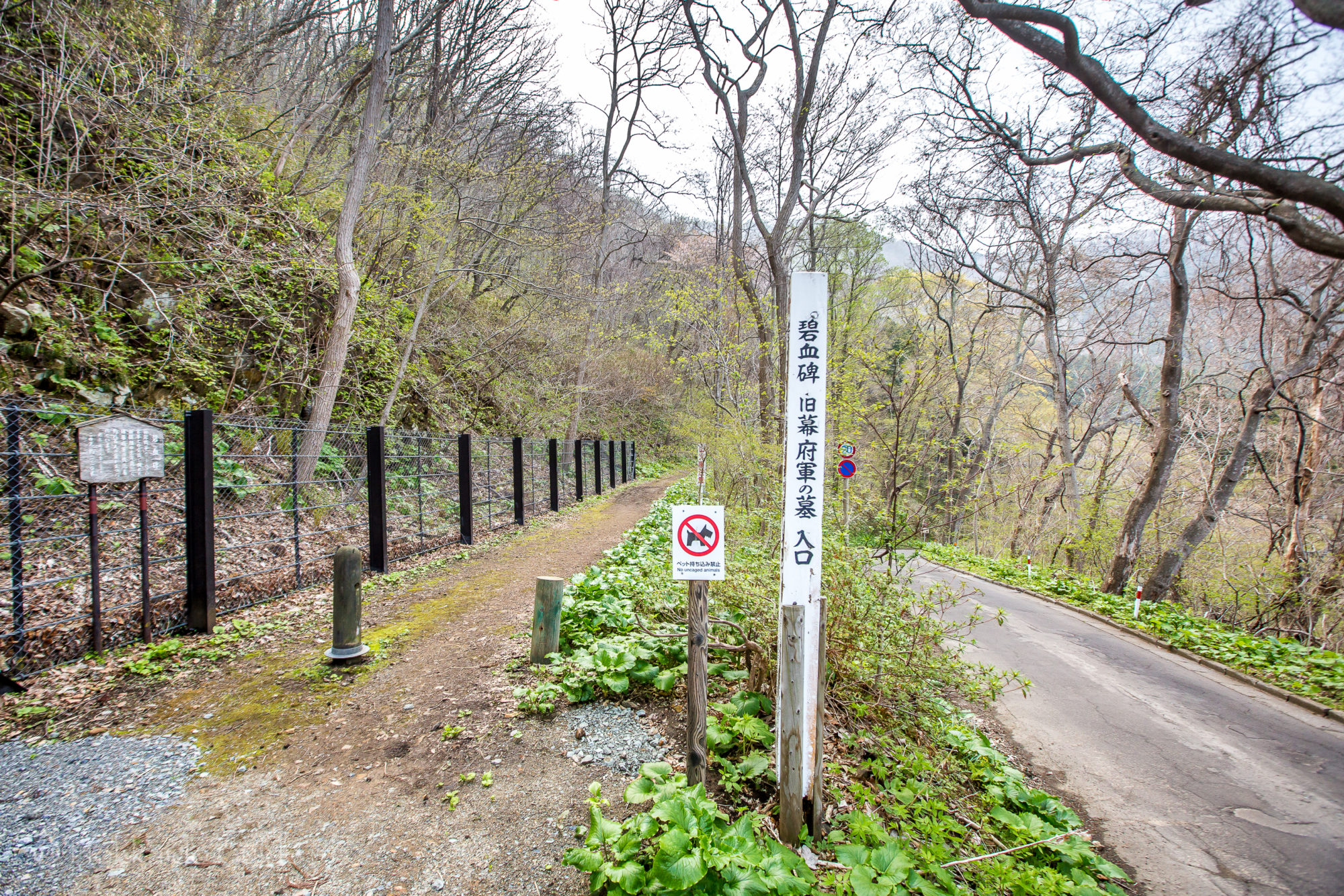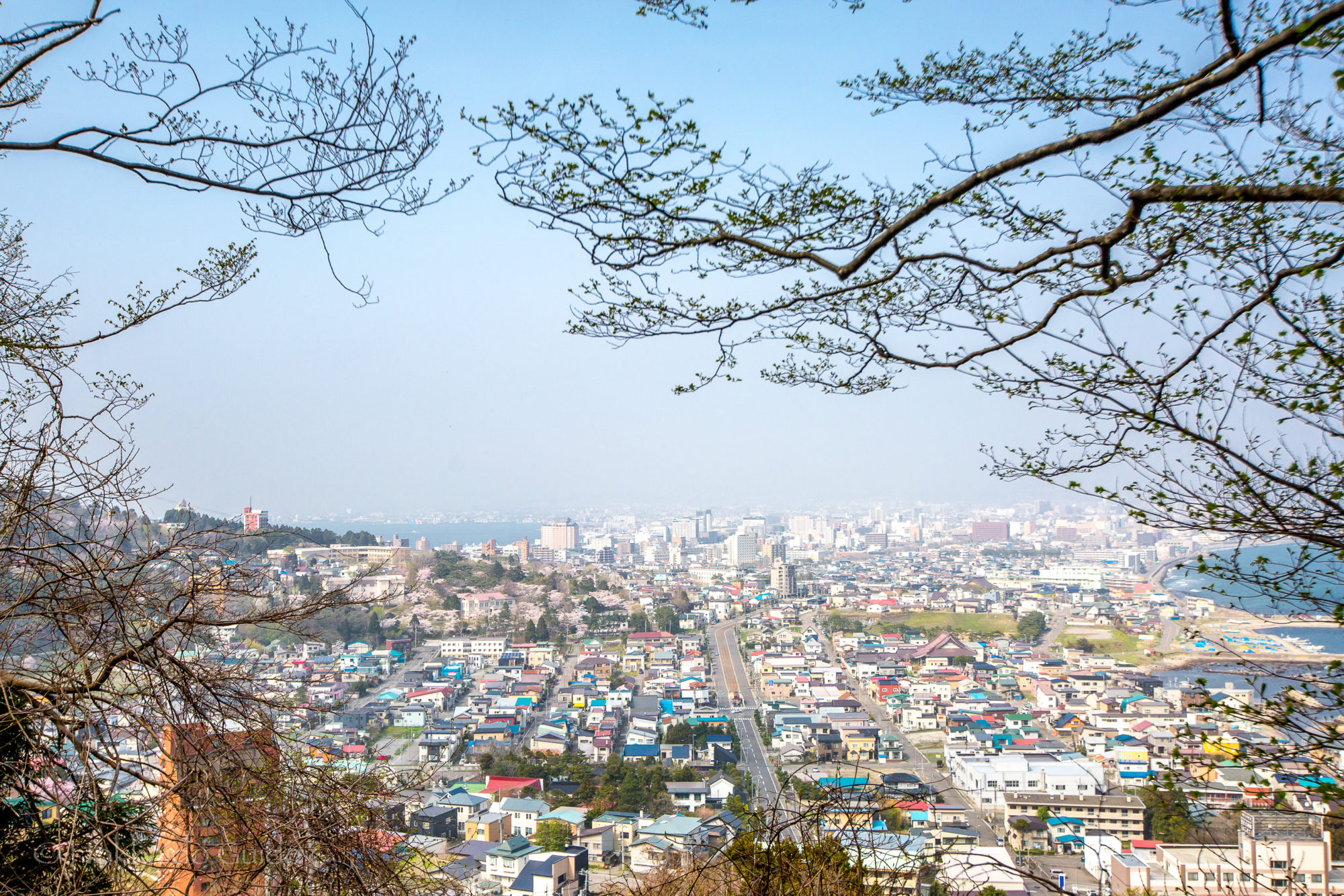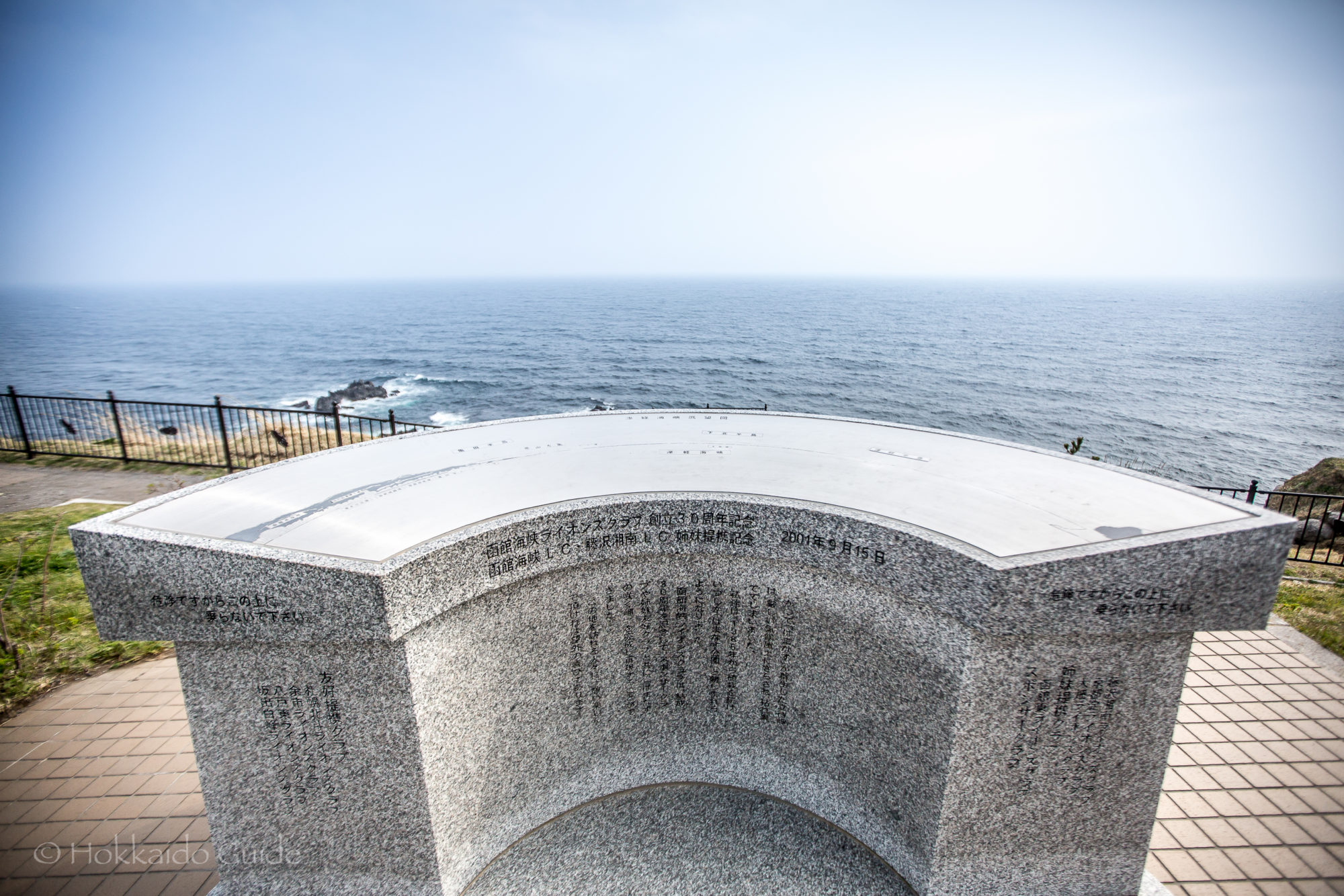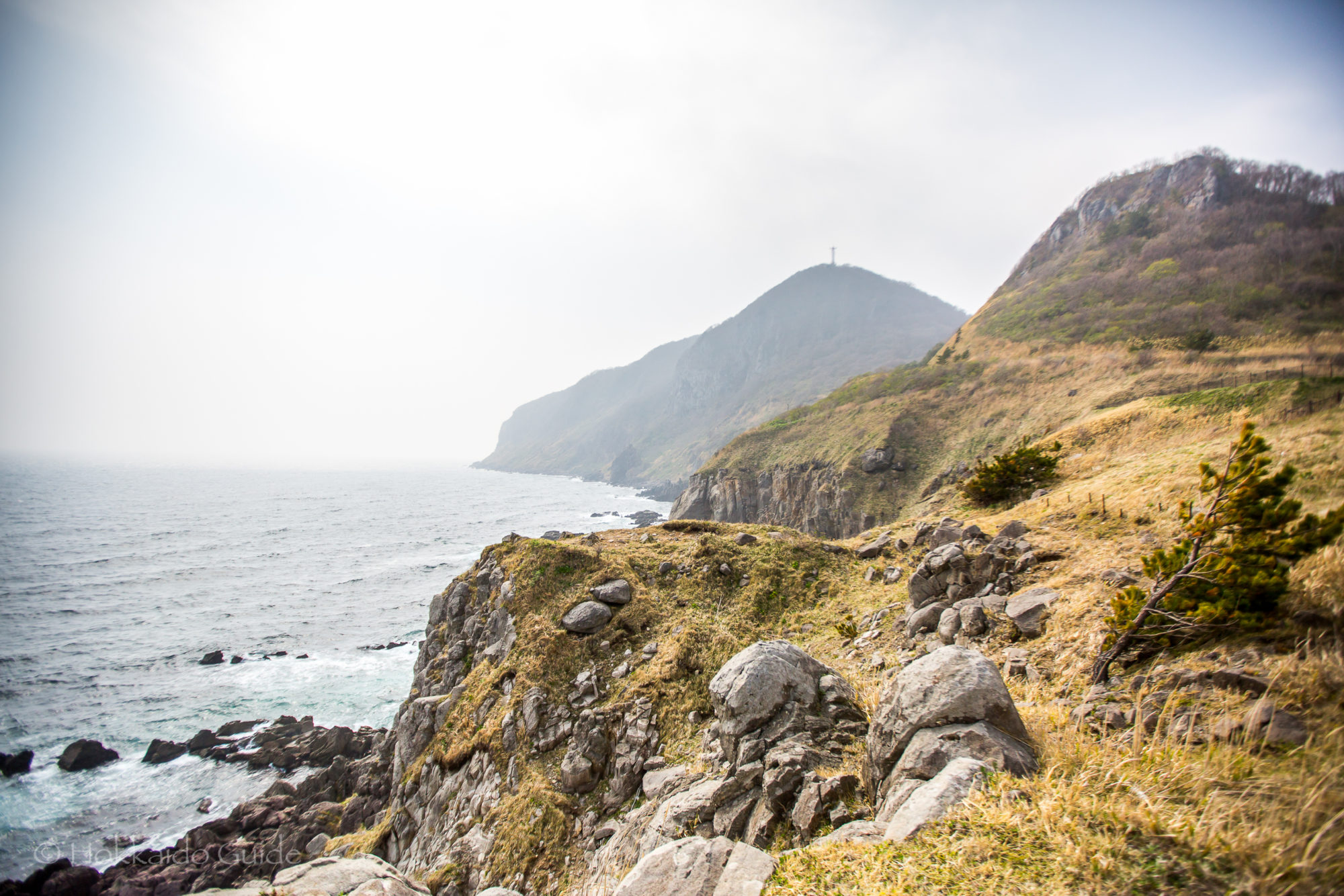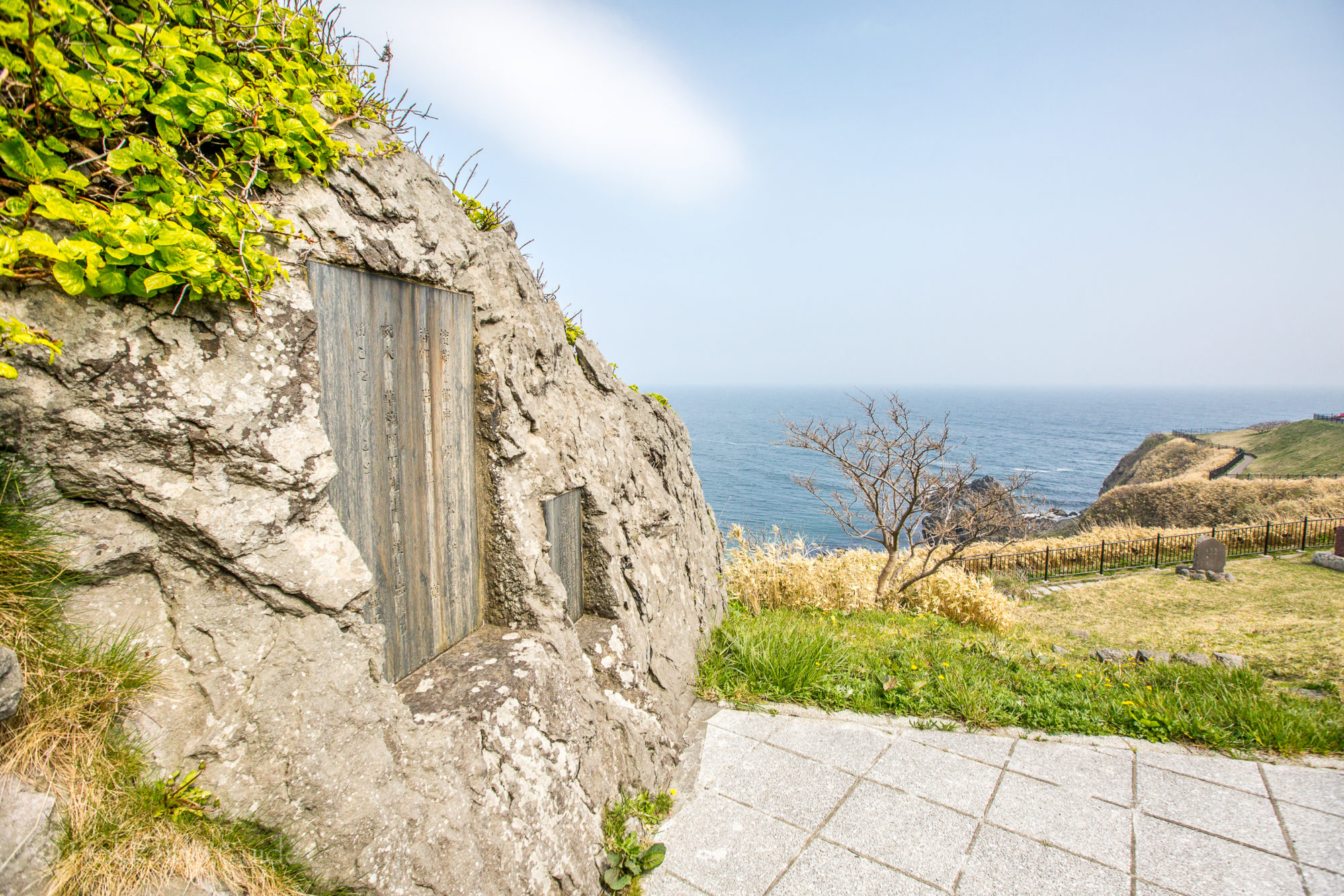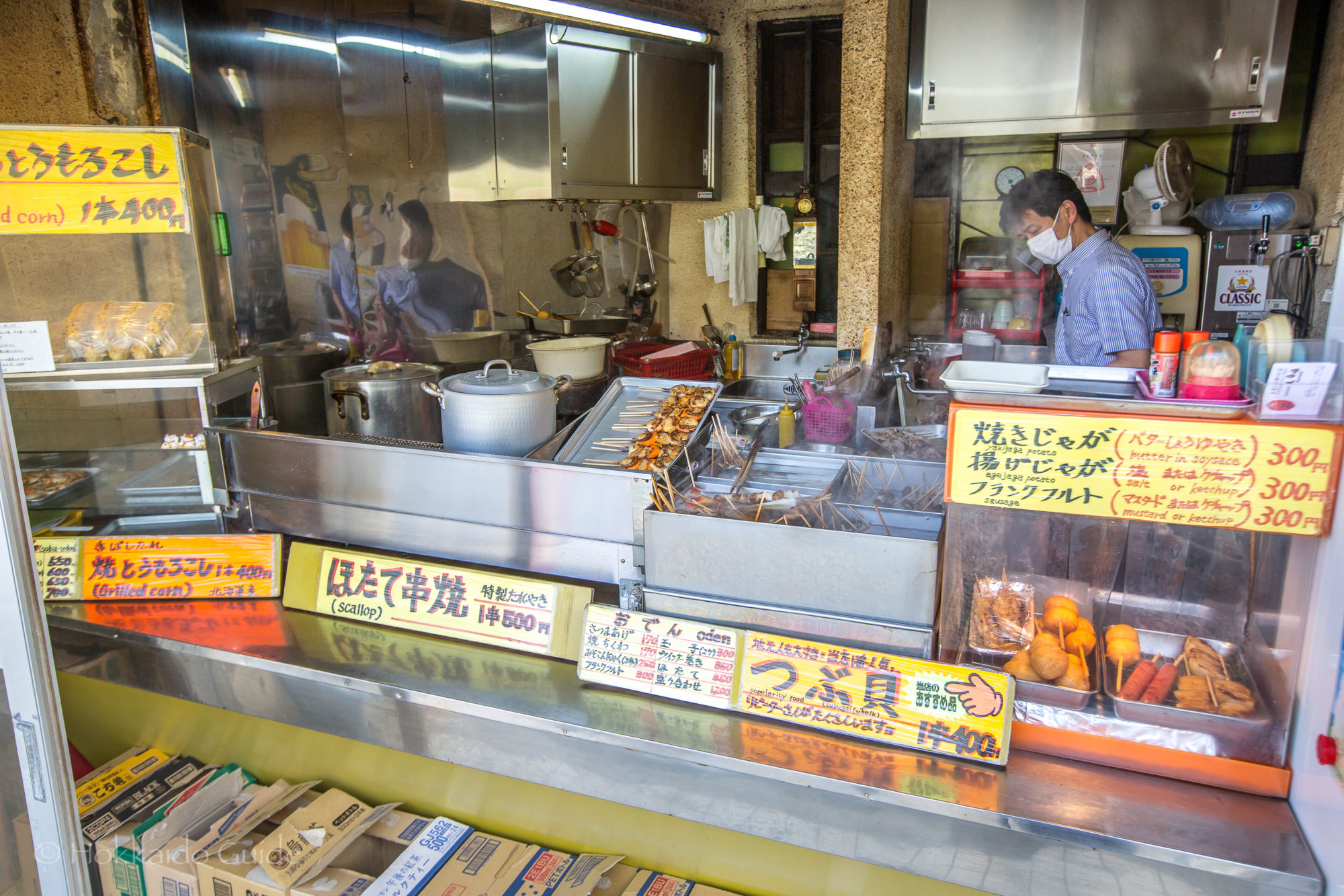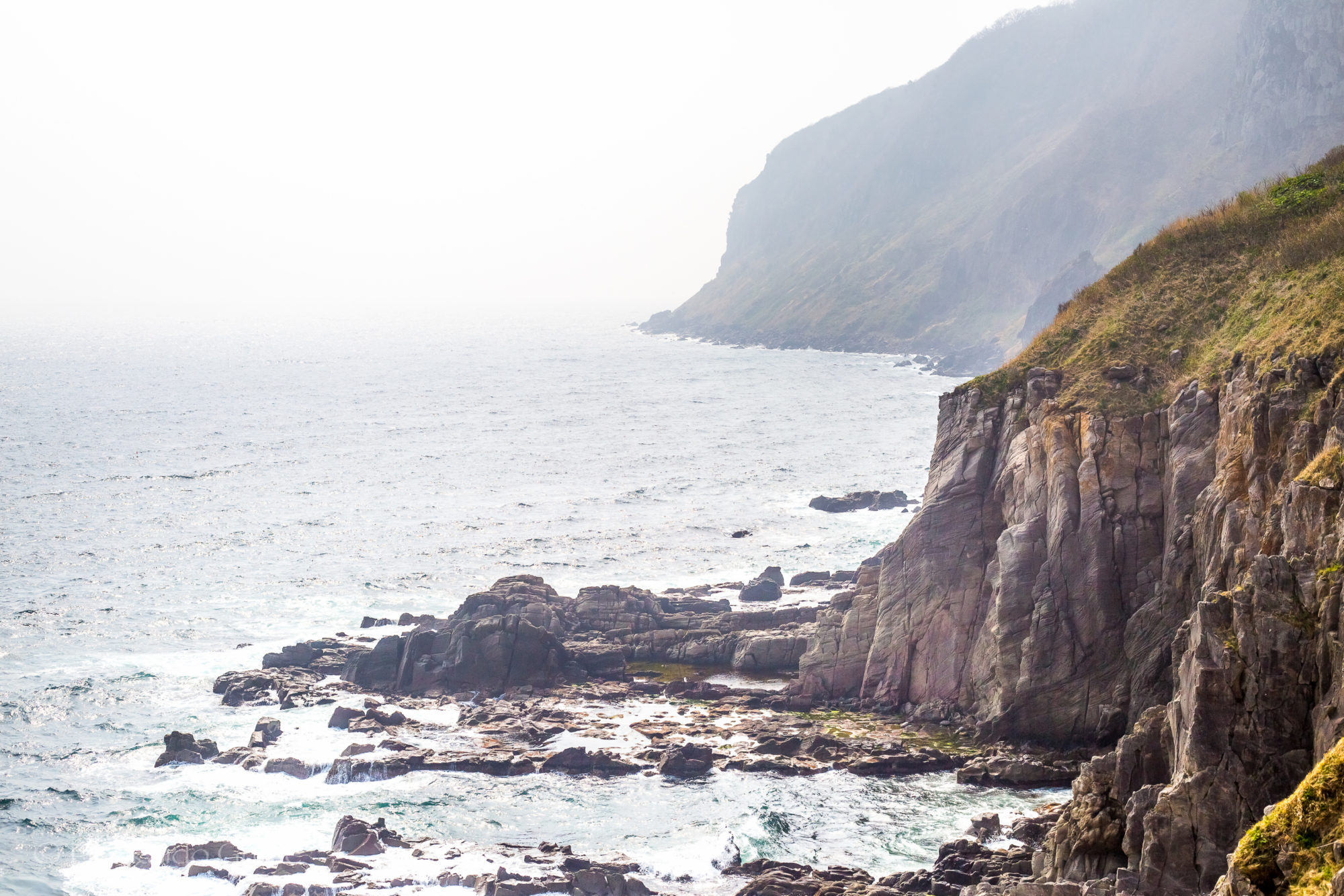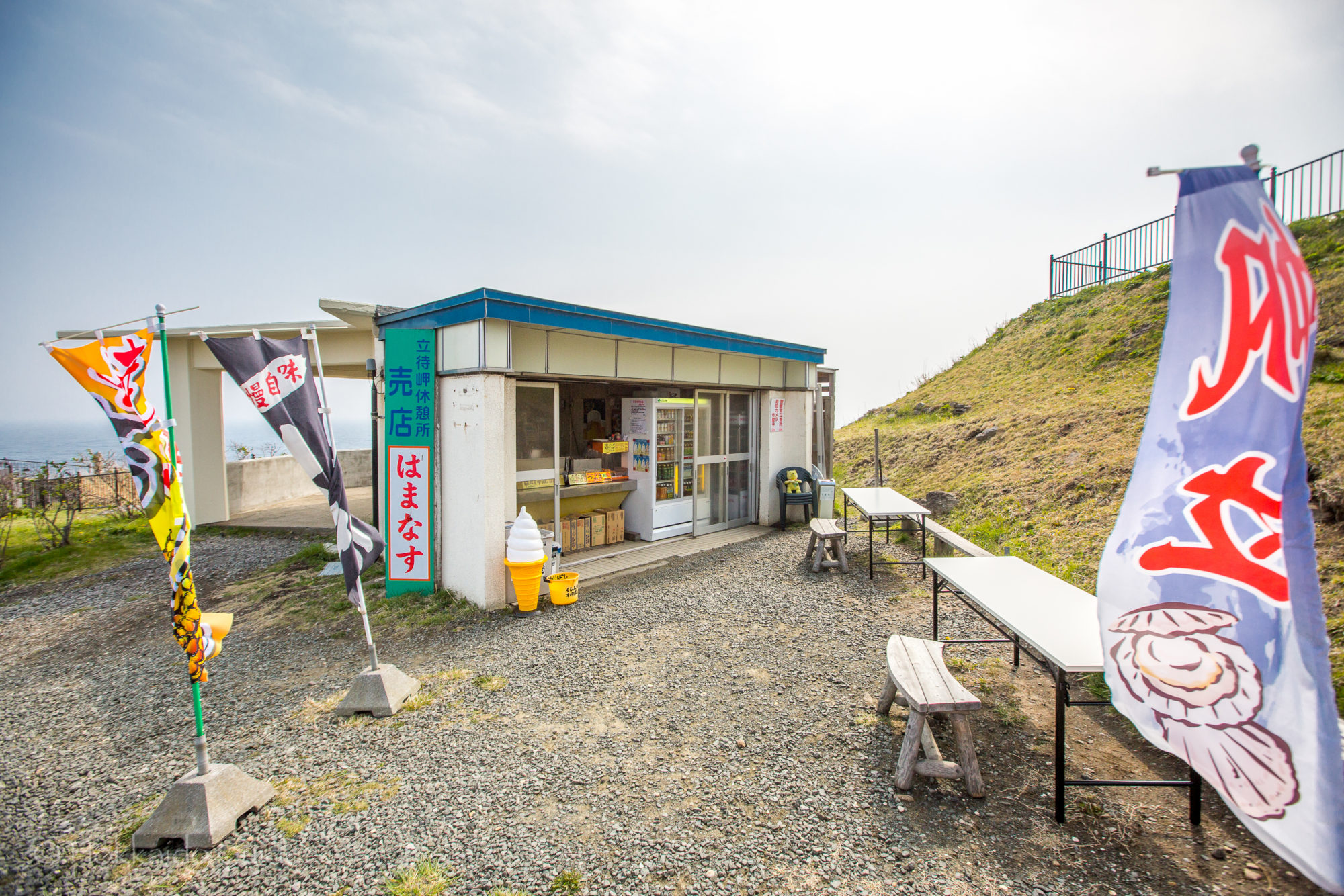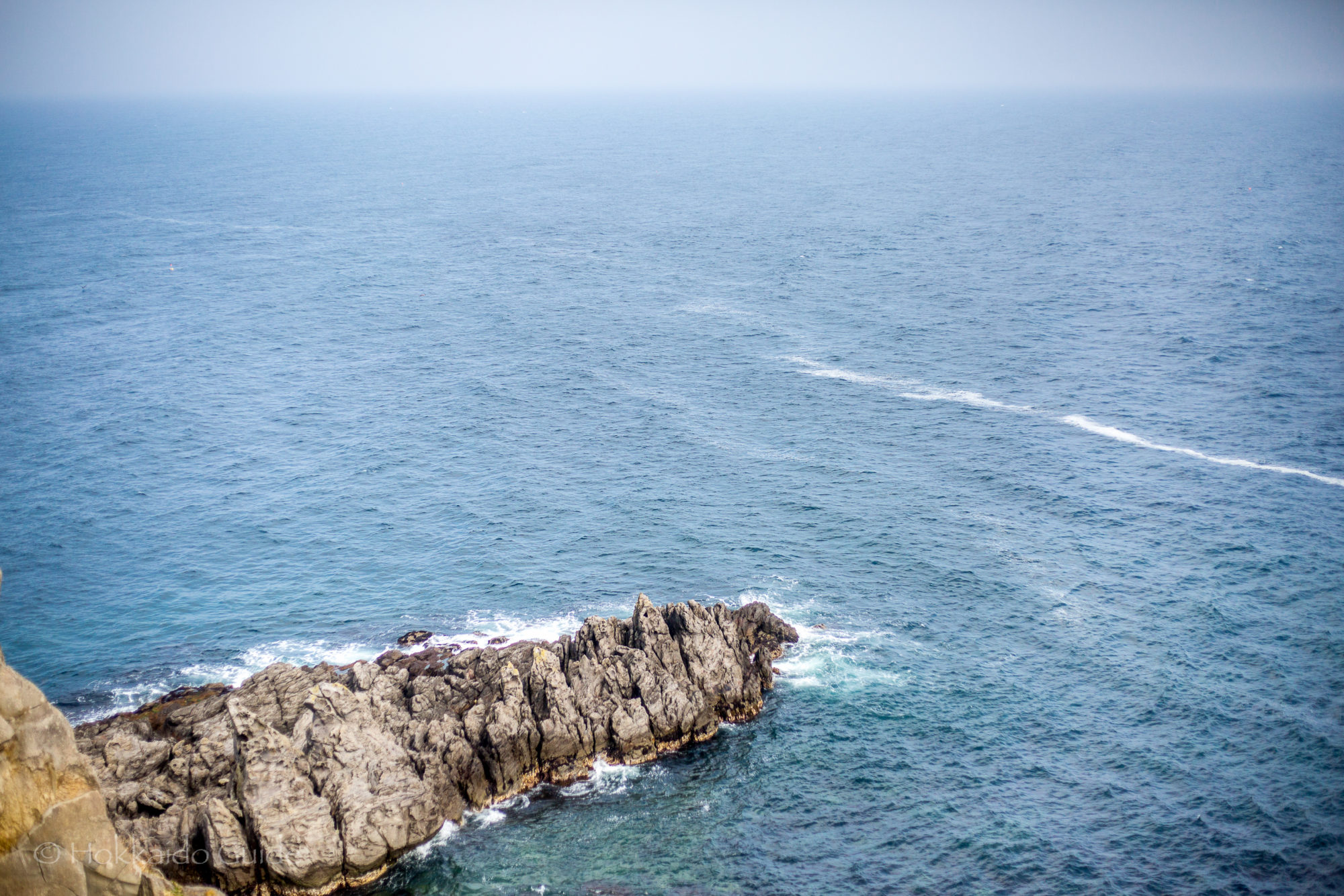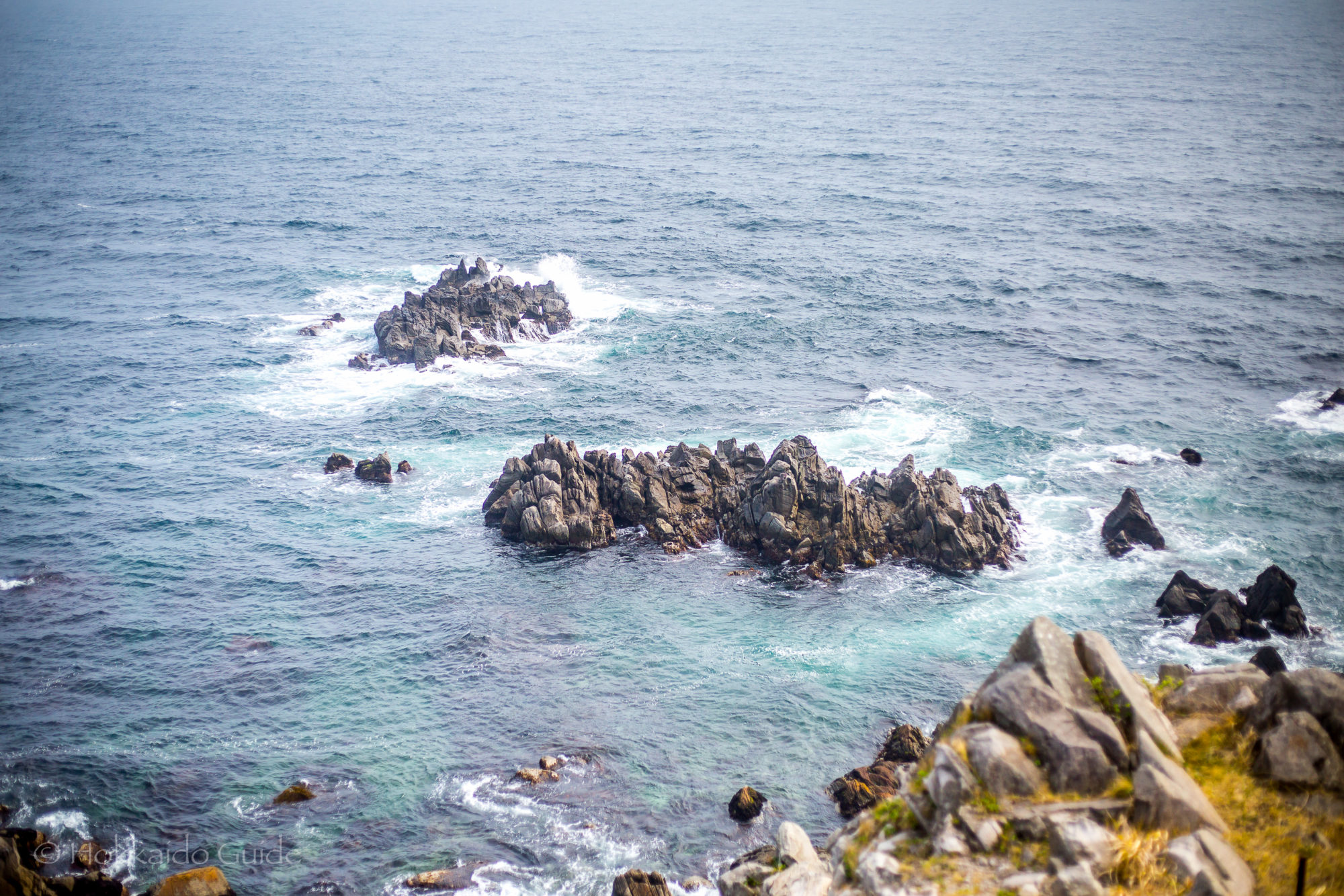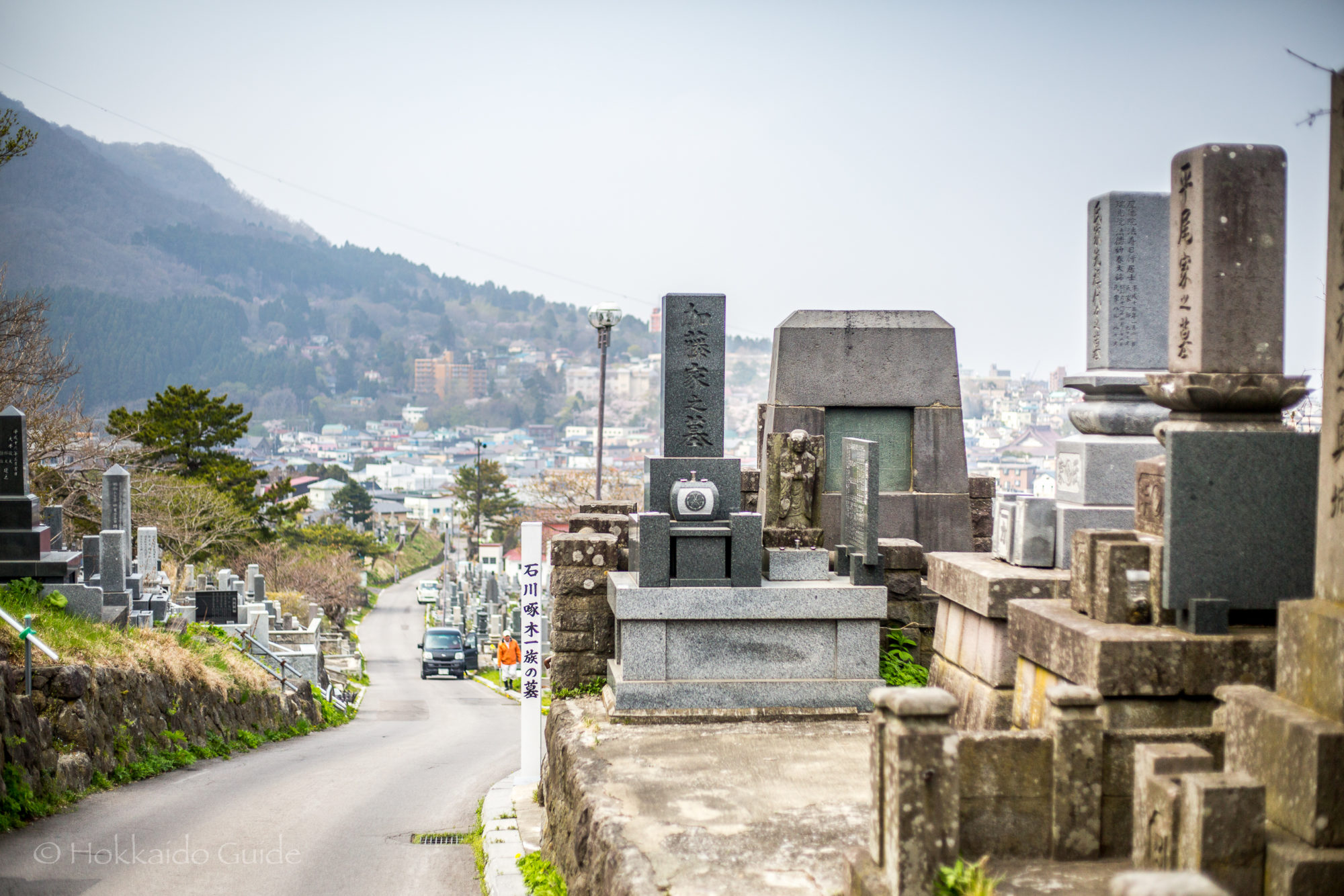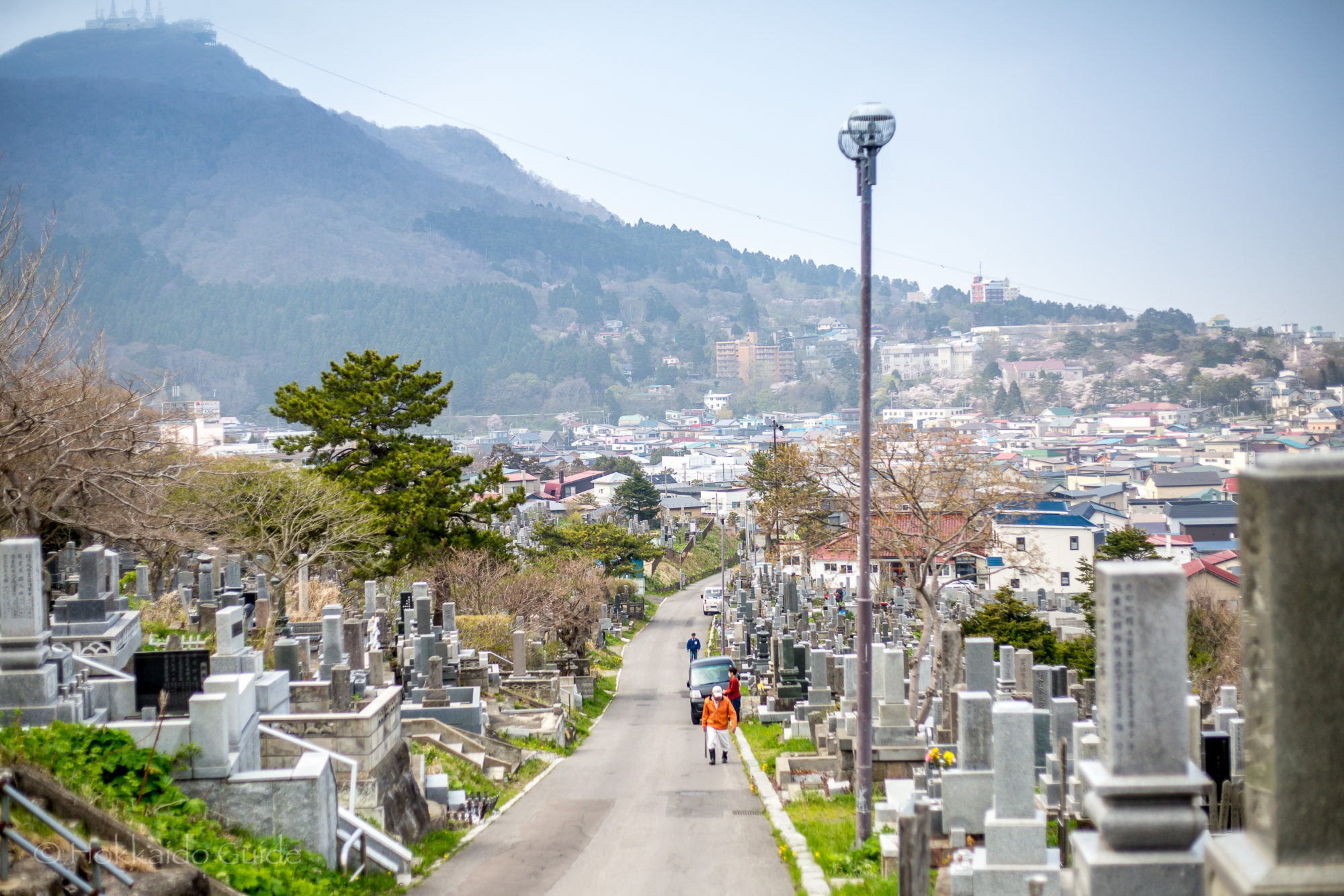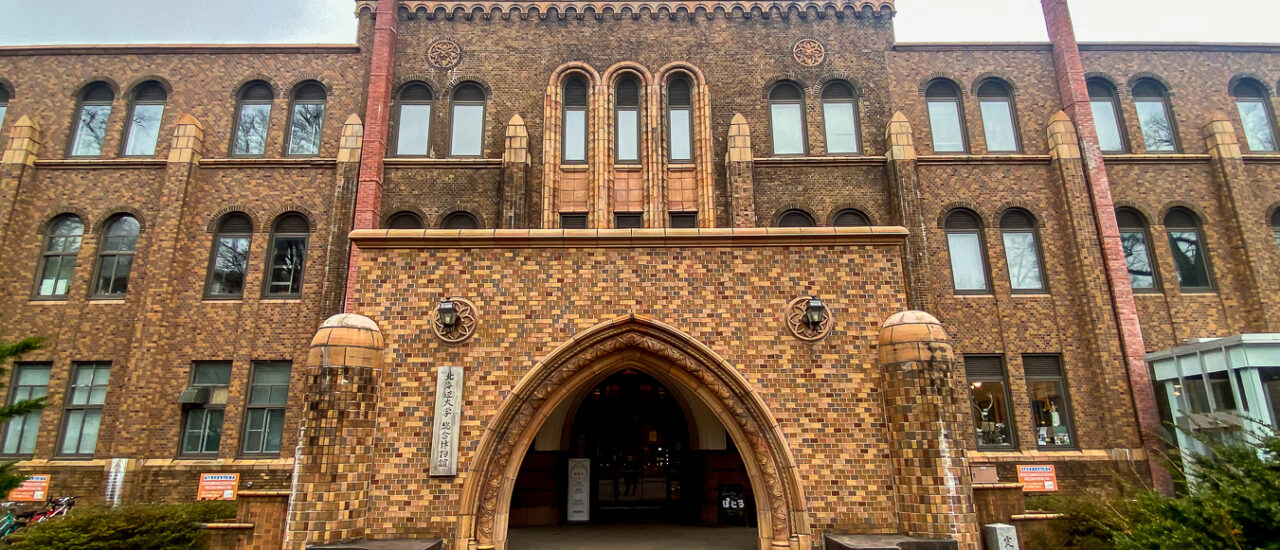
Category: Sightseeing
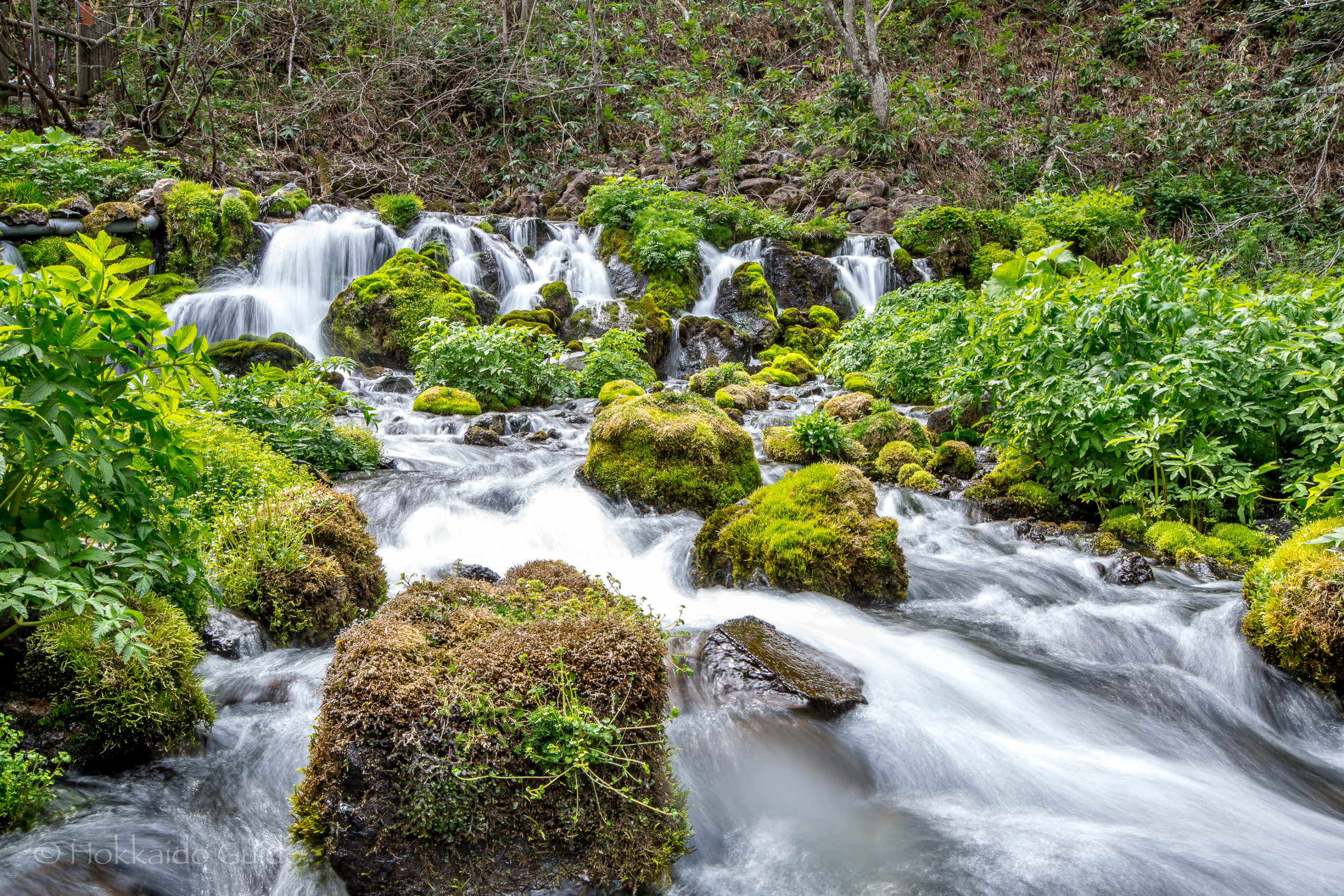
Fukidashi Park
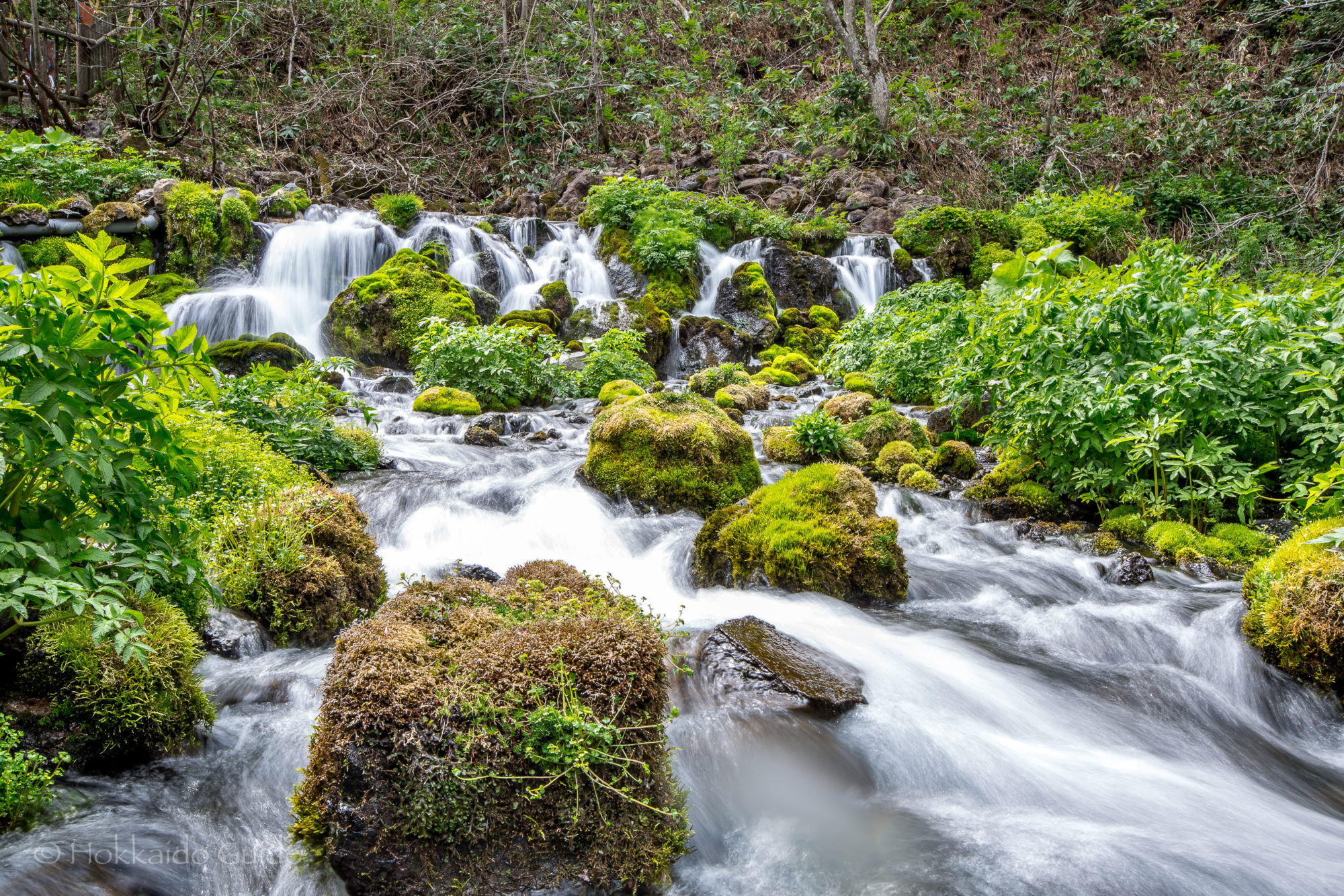
| Admission | Free |
| Opening Hours | Open 24 hours |
| Contact | 011-3642-2111 http://www.town-kyogoku.jp/kanko-event/fukidashi-park/ |
| Notes | Sightseeing spot, parking available, fresh water spring, cherry blossoms, picnic area, jogging spot, restaurants at park, bathrooms, children play area, photography spot |
| Location / Getting There | Fukidashi Park is on the western side of Mt. Yotei. It is between the districts of Kutchan and Kimobetsu and is a 90 minute drive from Sapporo. Take Route 276, and turn right onto route 784. 45 Kawanishi, Kyogoku Town, Abuta District, Hokkaido 044-0131 |
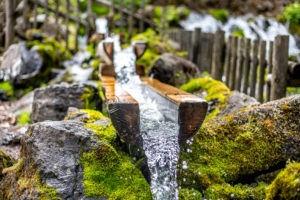 Fukidashi Park is a relaxing and beautiful park by Mt. Yotei. What makes this park so popular is the pristine waters that can be found flowing along its streams. The ice-cold waters flow down from Mt. Yotei and can be collected by visitors so be sure to bring some water bottles and containers to fill up! Containers can be bought at the park. The water is channelled by various wooden outlets and tourists and locals alike line up to get access to the spring water (this park can get very crowded). There are numerous tree lined paths and wooden walkways to gain access and invite visitors to enjoy the tranquility. Moss covered stones and pleasant streams makes it feel like a scene from a fantasy movie.
Fukidashi Park is a relaxing and beautiful park by Mt. Yotei. What makes this park so popular is the pristine waters that can be found flowing along its streams. The ice-cold waters flow down from Mt. Yotei and can be collected by visitors so be sure to bring some water bottles and containers to fill up! Containers can be bought at the park. The water is channelled by various wooden outlets and tourists and locals alike line up to get access to the spring water (this park can get very crowded). There are numerous tree lined paths and wooden walkways to gain access and invite visitors to enjoy the tranquility. Moss covered stones and pleasant streams makes it feel like a scene from a fantasy movie.
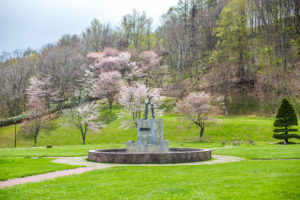 The entrance and parking is at the top of the park. Here, there is lush grasslands, and a play area for the kids. During the spring, you can find beautiful cherry blossoms here. There is also a large log cabin from the parking lot which serves as a souvenir store and restaurant. Following the numerous winding paths you can find a nice grove with stone effigies among the trees. Down the bottom, at the water collection point, there is a small lake plus a restaurant to enjoy a lunch overlooking the streams. Fukidashi Park is gorgeous in all seasons and the water here is crisp and fresh, so be sure to take some home with you!
The entrance and parking is at the top of the park. Here, there is lush grasslands, and a play area for the kids. During the spring, you can find beautiful cherry blossoms here. There is also a large log cabin from the parking lot which serves as a souvenir store and restaurant. Following the numerous winding paths you can find a nice grove with stone effigies among the trees. Down the bottom, at the water collection point, there is a small lake plus a restaurant to enjoy a lunch overlooking the streams. Fukidashi Park is gorgeous in all seasons and the water here is crisp and fresh, so be sure to take some home with you!
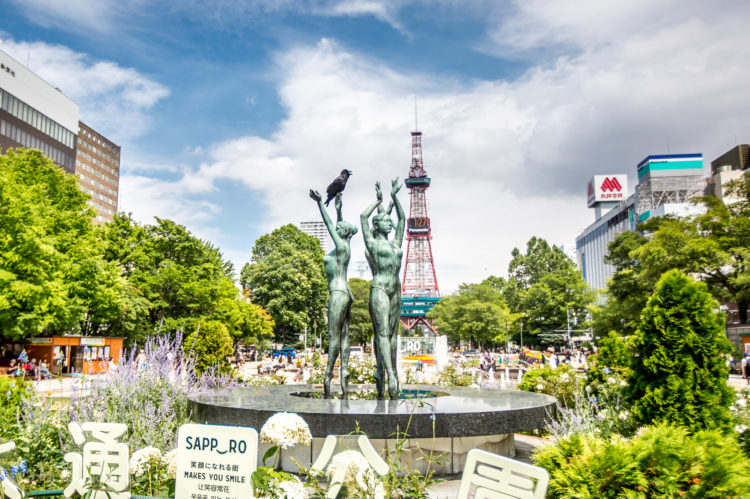
Odori Park
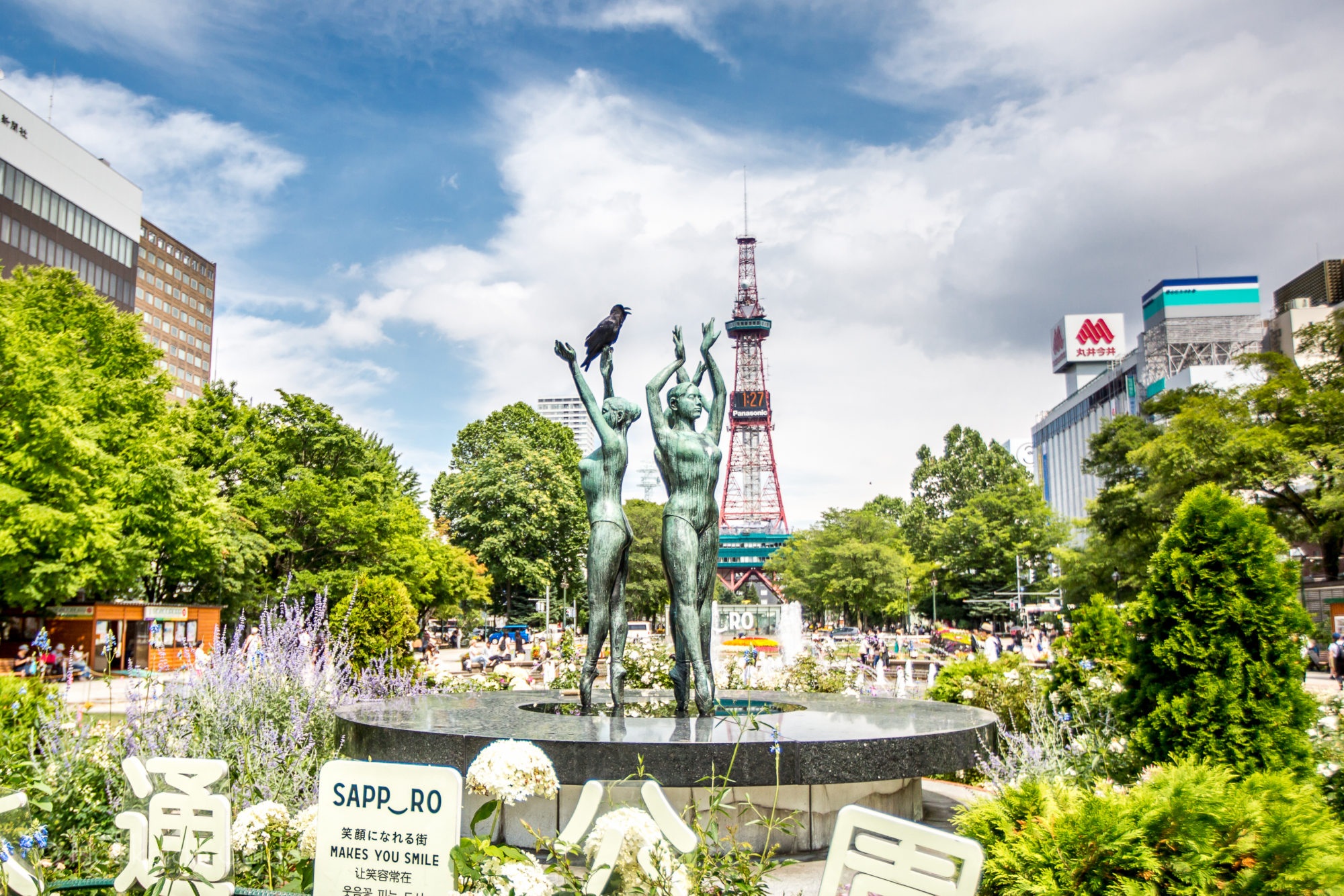
| Admission | Free |
| Opening Hours | Open 24 hours |
| Contact | 011-1251-0438 https://odori-park.jp/ |
| Notes | Sightseeing spot, paid parking underground, festivals throughout the year (see below), toilets at park |
| Location / Getting There | Odori Park runs horizontally right through the middle of Sapporo. It is a 10 minute walk from Sapporo Station. It is also directly above Odori Subway station. The park can be easily accessed from 3 subway stations along the Tozai Line (subway orange line). 7 Chome Odorinishi, Chuo Ward, Sapporo, Hokkaido 060-0042 |
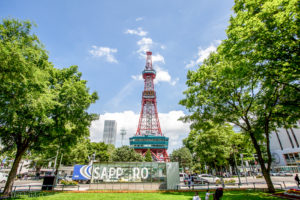 Odori Park is the most famous park in Sapporo, if not Hokkaido. It runs through the heart of Sapporo and is home to the some of the biggest festivals throughout the year. The park runs for twelve blocks and separates the city into north and south. At the eastern most end you can find the iconic TV Tower which has great views overlooking the park. The park was originally constructed as a large street, which also served as a firebreak in 1871. In 1872, the street was named ‘Shiribeshi Dōri’ but this name was not popular so it was renamed ‘Odōri’ in June 1881. Odori meaning ‘large street’ in English. The park itself didn’t become a park until 1909.
Odori Park is the most famous park in Sapporo, if not Hokkaido. It runs through the heart of Sapporo and is home to the some of the biggest festivals throughout the year. The park runs for twelve blocks and separates the city into north and south. At the eastern most end you can find the iconic TV Tower which has great views overlooking the park. The park was originally constructed as a large street, which also served as a firebreak in 1871. In 1872, the street was named ‘Shiribeshi Dōri’ but this name was not popular so it was renamed ‘Odōri’ in June 1881. Odori meaning ‘large street’ in English. The park itself didn’t become a park until 1909.
Annual Events at Odori Park
| February (2nd week) | Sapporo Snow Festival |
| May (middle of the month) | Lilac Festival. |
| June (2nd week) | Yosakoi Soran Festival |
| July (from mid July) | Sapporo Beer Garden Jazz Festival |
| August (to mid August) | Sapporo Beer Garden |
| September | Sapporo Autumn Festival |
| November (end of month) | Sapporo White Illumination |
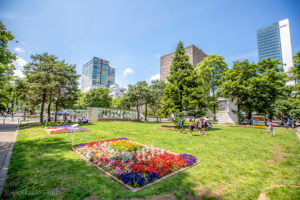 The park is hugely popular especially during the warmer months. There are benches that line the park, and the grass areas throughout the park are a great spot to sit and have lunch, or a drink, and relax. There are numerous fountains to admire and to dip your feet in the hotter months. Swings, slides, a stage for performances, and beautiful flower gardens can be found throughout the park. On the western most block are the rose gardens and the Sapporo City Museum. Big events are held at Odori Park. The biggest being the Summer Beer Garden and the Snow Festival are at this park.
The park is hugely popular especially during the warmer months. There are benches that line the park, and the grass areas throughout the park are a great spot to sit and have lunch, or a drink, and relax. There are numerous fountains to admire and to dip your feet in the hotter months. Swings, slides, a stage for performances, and beautiful flower gardens can be found throughout the park. On the western most block are the rose gardens and the Sapporo City Museum. Big events are held at Odori Park. The biggest being the Summer Beer Garden and the Snow Festival are at this park.
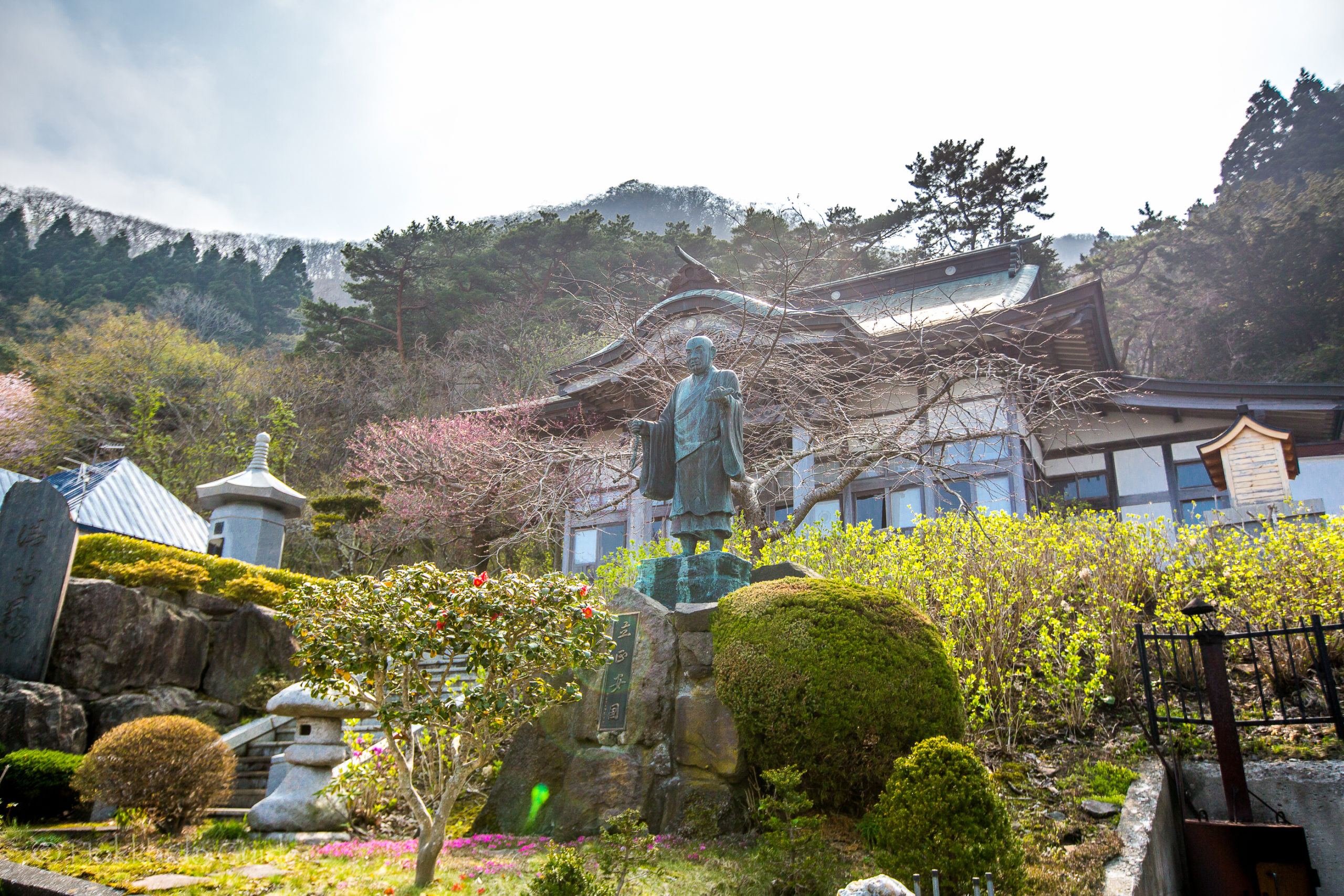
Gagyusanmyoshin Temple

| Admission | Free |
| Opening Hours | - |
| Contact | 011-3822-6756 |
| Notes | Buddhist temple |
| Location / Getting There | Located in the southern part of Hakodate city near the base of Mt. Hakodate. For public transport, it is a 12 minute walk uphill from Yachigashira tram station (seven stops from Hakodate tram station). If driving there is a small parking spot. 〒040-0046 Hokkaido, Hakodate, Yachigashiracho, 1-2 Myoshinji |
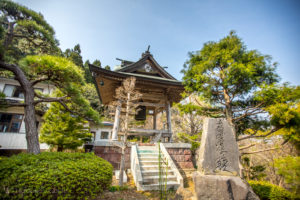 Gagyusanmyoshin Temple is a Buddhist temple tucked up in the hills of Mt. Hakodate. It is a large temple and being up on the slopes of Mt. Hakodate, has views overlooking the residential area of Hakodate. It is also on the way to the Hekketsu-hi Monument, which is a short walk away. The temple was founded by Wakamatsu Niizumi, who was born in 1915. As a child he had difficulty with his eyesight and his mother often prayed that he would be able to see. At the age of seven, he could finally open his eyes. From this experience, he devoted his life to the Buddhist faith.
Gagyusanmyoshin Temple is a Buddhist temple tucked up in the hills of Mt. Hakodate. It is a large temple and being up on the slopes of Mt. Hakodate, has views overlooking the residential area of Hakodate. It is also on the way to the Hekketsu-hi Monument, which is a short walk away. The temple was founded by Wakamatsu Niizumi, who was born in 1915. As a child he had difficulty with his eyesight and his mother often prayed that he would be able to see. At the age of seven, he could finally open his eyes. From this experience, he devoted his life to the Buddhist faith.
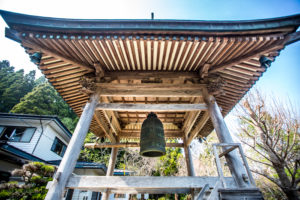 He was a priest in Hakodate City, and in the spring of 1946, the temple was founded. For those practicing the Buddhist faith, there is a special red stamp that can be received on arrival. Throughout the temple and on the grounds, there are various statues and memorials. Each has their own special significance. There is a bell tower, with the large bell being rung at 6:30 and at 18:00 everyday. Throughout the year there are various events held. The most interesting being the ‘Yuan Dynasty Visit’ which is the New Year’s first prayer meeting. This festival sees brave souls pouring water over themselves in the cold winter weather. For other festivals, read below.
He was a priest in Hakodate City, and in the spring of 1946, the temple was founded. For those practicing the Buddhist faith, there is a special red stamp that can be received on arrival. Throughout the temple and on the grounds, there are various statues and memorials. Each has their own special significance. There is a bell tower, with the large bell being rung at 6:30 and at 18:00 everyday. Throughout the year there are various events held. The most interesting being the ‘Yuan Dynasty Visit’ which is the New Year’s first prayer meeting. This festival sees brave souls pouring water over themselves in the cold winter weather. For other festivals, read below.
| January | Yuan Dynasty Visit New Year's first prayer meeting |
| February | Cold training Star Festival Setsubun Religious Party |
| March | Higankai |
| April | Spring festival |
| July | Ranbonkai Summer Vacation training dojo Mizuko Kyokai |
| September | Higankai |
| October | Autumn festival |
| November | Daikokutenjin festival |
| December | Boil up, Joya no Kane |
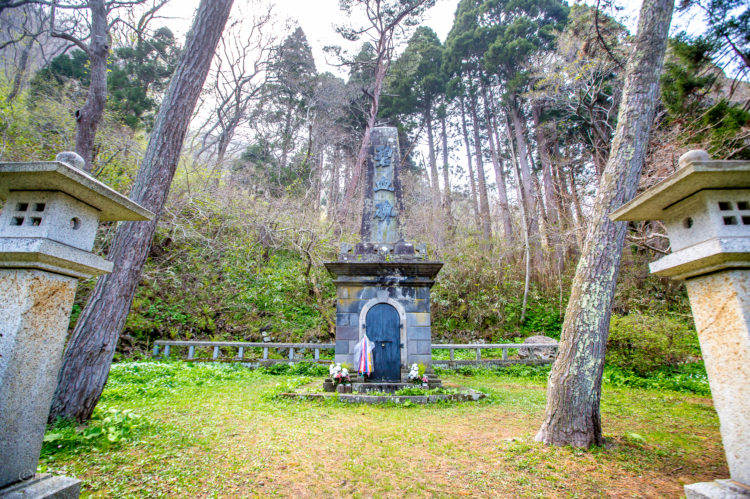
Hekketsu-hi Monument
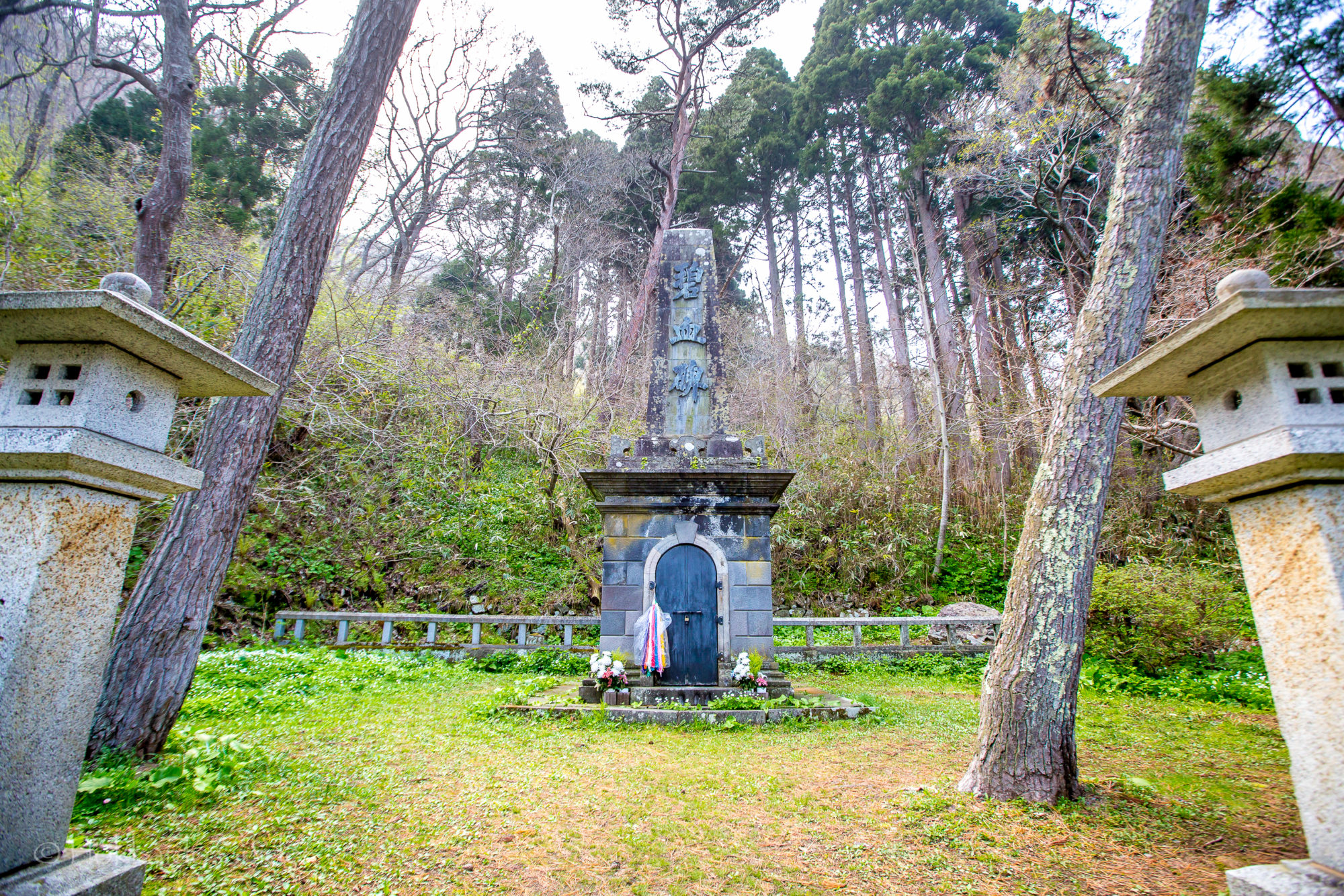
| Admission | Free |
| Opening Hours | - |
| Contact | - |
| Notes | Historical site, no parking |
| Location / Getting There | Located in the southern part of Hakodate city near the base of Mt. Hakodate. There is no parking here so it's a little tricky but you can find some parking around the shrines nearby and take the path up to the site. For public transport, it is a 15 minute walk uphill from Yachigashira tram station (seven stops from Hakodate tram station). 5-14 Yachigashiracho, Hakodate, Hokkaido 040-0046 |
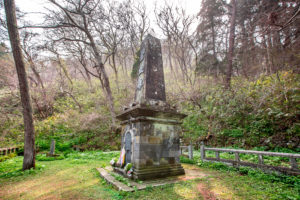 The Hekketsu Monument is the centre piece for the burial and tribute for the 800 samurai and their leaders who died fighting against government forces in the Boshin War. This war included, specifically, the Battle of Hakodate. This battle in 1869 was the samurai’s last stand. The government forces were intent on restoring the emperor to the throne and overthrowing the military rule of the Shogunate and the samurai. The monument here is made from stone brought up from Tokyo. The word ‘Hekketsu’ is derived from an old Chinese saying, “the blood of warriors who die for their lord turns blue after three years.”
The Hekketsu Monument is the centre piece for the burial and tribute for the 800 samurai and their leaders who died fighting against government forces in the Boshin War. This war included, specifically, the Battle of Hakodate. This battle in 1869 was the samurai’s last stand. The government forces were intent on restoring the emperor to the throne and overthrowing the military rule of the Shogunate and the samurai. The monument here is made from stone brought up from Tokyo. The word ‘Hekketsu’ is derived from an old Chinese saying, “the blood of warriors who die for their lord turns blue after three years.”
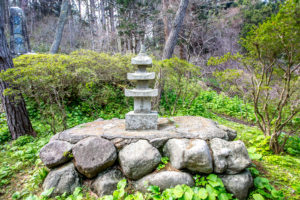 Toshizo Hijikata who led the samurai in the final Battle of Hakodate was killed during this fight. This monument is also erected in his memory. His death poem reads “though my body may decay on the island of Ezo, my spirit guards my lord in the East.” In the aftermath of the battle, the bodies of the Shogunate forces were originally left on the streets and any burial or religious service was prohibited. The bodies were eventually moved to this current site. The government forces dead were buried at Hakodate Gokoku Shrine, which is not a far walk from here. This grassland in the forest is a peaceful and relaxing spot with a quiet stillness and is worth a visit. This site is not far from the shrines lower down on the hill and is better accessed from Gagyusan Myoshin Temple or the shrine of Hachiman-gu.
Toshizo Hijikata who led the samurai in the final Battle of Hakodate was killed during this fight. This monument is also erected in his memory. His death poem reads “though my body may decay on the island of Ezo, my spirit guards my lord in the East.” In the aftermath of the battle, the bodies of the Shogunate forces were originally left on the streets and any burial or religious service was prohibited. The bodies were eventually moved to this current site. The government forces dead were buried at Hakodate Gokoku Shrine, which is not a far walk from here. This grassland in the forest is a peaceful and relaxing spot with a quiet stillness and is worth a visit. This site is not far from the shrines lower down on the hill and is better accessed from Gagyusan Myoshin Temple or the shrine of Hachiman-gu.
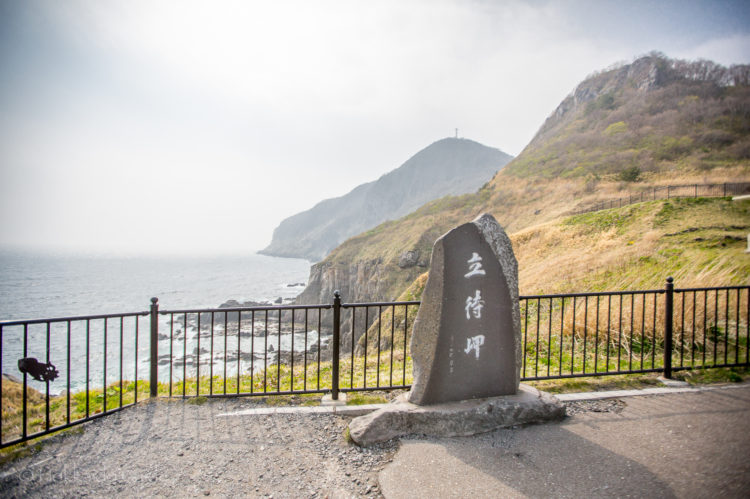
Cape Tachimachi

| Admission | Free |
| Opening Hours | Open 24 hours |
| Contact | 011-3821-3323 |
| Notes | Sightseeing spot, parking for 40 (closed in winter), food stall on site, historical landmark |
| Location / Getting There | Located in the southern part of Hakodate city on the bluff. It's about a 20 minute drive south west, from Goryōkaku Park. If you need public transport, the closest station is Yachigashira tram station (seven stops from Hakodate tram station). From here it is a 16 minute walk south. 9-9 Sumiyoshicho, Hakodate, Hokkaido 040-0045 |
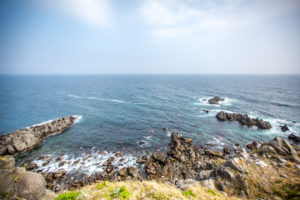 Cape Tachimachi is on the south east side of the Hakodate headland. Rising thirty meters above sea level, Cape Tachimachi has beautiful views over the Tsugaru Strait. The word ‘Tachimachi’ is derived from the Ainu word ‘Yokoushi’ which means, a place to wait and catch fish. There is a small lookout point with equally stunning views down the coast. This cape is part of Hanamasu Park. The park is full of pink Hanamasu flowers which are indigenous to Hokkaido. On the way to the park, you pass through the Hakodate Shiei Sumiyoshimachi Kyodo Cemetery and the Grave of Ishikawa Takuboku, which is a fascinating area.
Cape Tachimachi is on the south east side of the Hakodate headland. Rising thirty meters above sea level, Cape Tachimachi has beautiful views over the Tsugaru Strait. The word ‘Tachimachi’ is derived from the Ainu word ‘Yokoushi’ which means, a place to wait and catch fish. There is a small lookout point with equally stunning views down the coast. This cape is part of Hanamasu Park. The park is full of pink Hanamasu flowers which are indigenous to Hokkaido. On the way to the park, you pass through the Hakodate Shiei Sumiyoshimachi Kyodo Cemetery and the Grave of Ishikawa Takuboku, which is a fascinating area.
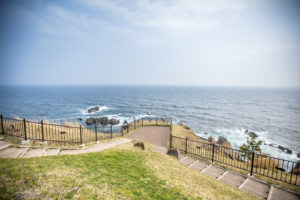 There is ample free parking here, though in the winter the parking may be closed from 16:00 during heavy snow in the winter. This spot is great to wander around, plus there are a couple of benches to take a seat and admire the views. There is a small food stall on the cape. They sell scallops, grilled corn, oden, potatoes and some local seafood sticks. All costing around ¥300. Other points of interest include monuments to Okada Kenzo, which is close by. Okada Kenzo was the founder and first director of the Hakodate Municipal Library.
There is ample free parking here, though in the winter the parking may be closed from 16:00 during heavy snow in the winter. This spot is great to wander around, plus there are a couple of benches to take a seat and admire the views. There is a small food stall on the cape. They sell scallops, grilled corn, oden, potatoes and some local seafood sticks. All costing around ¥300. Other points of interest include monuments to Okada Kenzo, which is close by. Okada Kenzo was the founder and first director of the Hakodate Municipal Library.
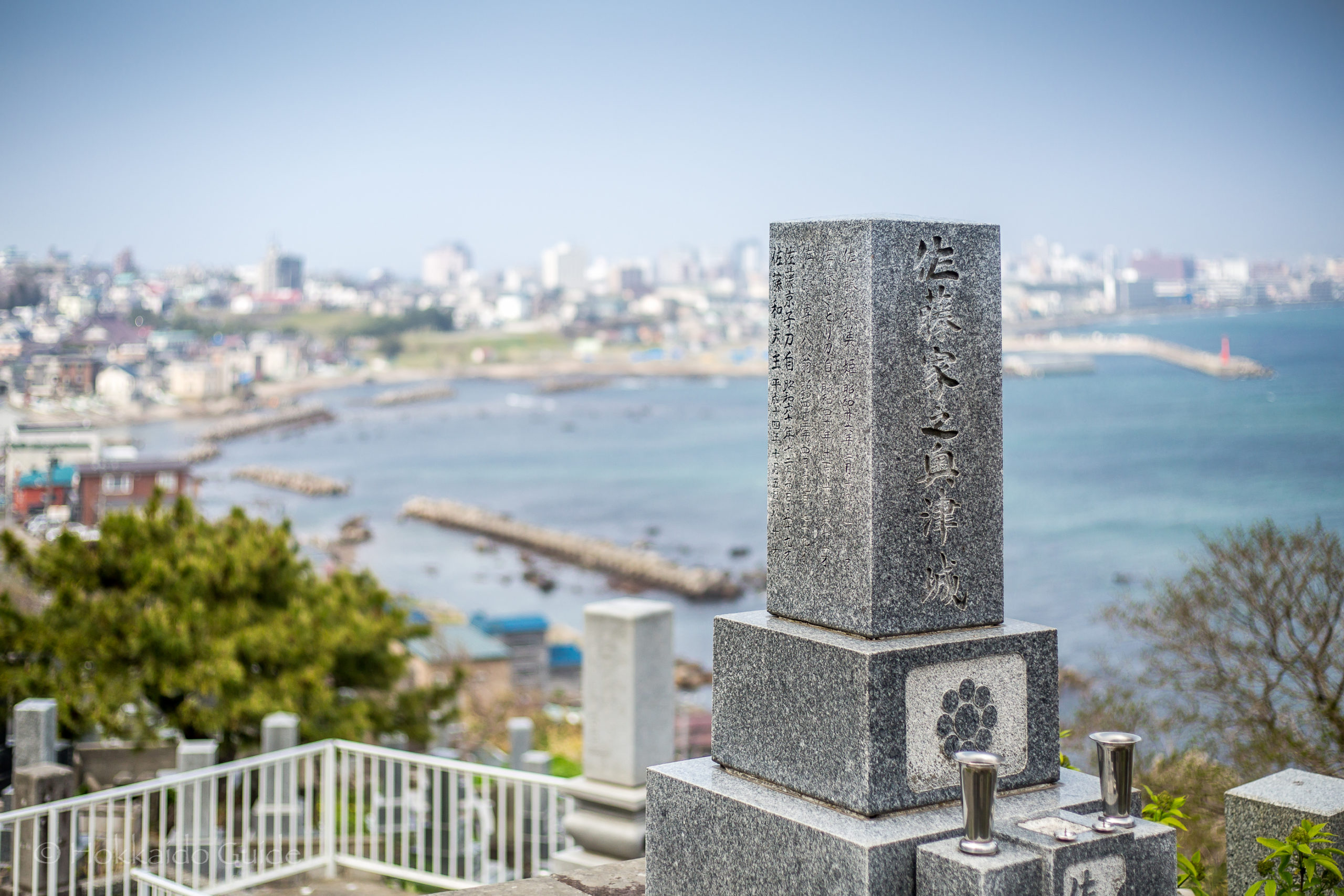
Grave of Ishikawa Takuboku

| Admission | Free |
| Opening Hours | - |
| Contact | 013-821-3453 |
| Notes | Cemetery, historical site, no parking |
| Location / Getting There | Located in the southern part of Hakodate city on the headland near Mt. Hakodate. There is street parking around if you are driving. For public transport, the closest station is Yachigashira tram station (seven stops from Hakodate tram station). From here it is a 9 minute walk south. 16-1 Sumiyoshicho, Hakodate, Hokkaido 040-0045 |
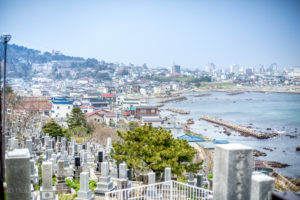 The cemetery of Hakodate Shiei Sumiyoshimachi Kyodo can be found on the headland in Hakodate. It is a very captivating place as it has views overlooking southern Hakodate and being on the edge of the bluff, it has great views overlooking the ocean. The ocean breeze and the peacefulness of this quiet place is home to a couple of sightseeing spots within the cemetery. These include the graves of Ishikawa Takuboku and his family, and monuments to Miyazaki Iku & Sunayama Kage Ji. These spots have plaques about the lives of these famous people.
The cemetery of Hakodate Shiei Sumiyoshimachi Kyodo can be found on the headland in Hakodate. It is a very captivating place as it has views overlooking southern Hakodate and being on the edge of the bluff, it has great views overlooking the ocean. The ocean breeze and the peacefulness of this quiet place is home to a couple of sightseeing spots within the cemetery. These include the graves of Ishikawa Takuboku and his family, and monuments to Miyazaki Iku & Sunayama Kage Ji. These spots have plaques about the lives of these famous people.
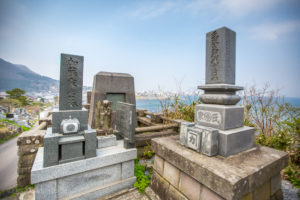 The graves here of note are to do with prominent literary figures of the Meiji era. Ishikawa Takuboku was a prominent poet. Although he only spent a short time Hakodate, he is buried here. During his short stay in Hakodate, he enjoyed the support from a literary group called ‘Bokushukusha’ and was quoted as saying “I’d like to die here.” After succumbing to tuberculosis his brother constructed this grave in 1926. Miyazaki Iku was a poet and member of the Bokushukusha and supporter of Ishikawa Takuboku. The other monument is for Sunayama Kage Ji (real name Nakano Tarao). He was actively engaged in the literary magazine “Gin No Tsubo” which translates to “The Silver Pot”.
The graves here of note are to do with prominent literary figures of the Meiji era. Ishikawa Takuboku was a prominent poet. Although he only spent a short time Hakodate, he is buried here. During his short stay in Hakodate, he enjoyed the support from a literary group called ‘Bokushukusha’ and was quoted as saying “I’d like to die here.” After succumbing to tuberculosis his brother constructed this grave in 1926. Miyazaki Iku was a poet and member of the Bokushukusha and supporter of Ishikawa Takuboku. The other monument is for Sunayama Kage Ji (real name Nakano Tarao). He was actively engaged in the literary magazine “Gin No Tsubo” which translates to “The Silver Pot”.

